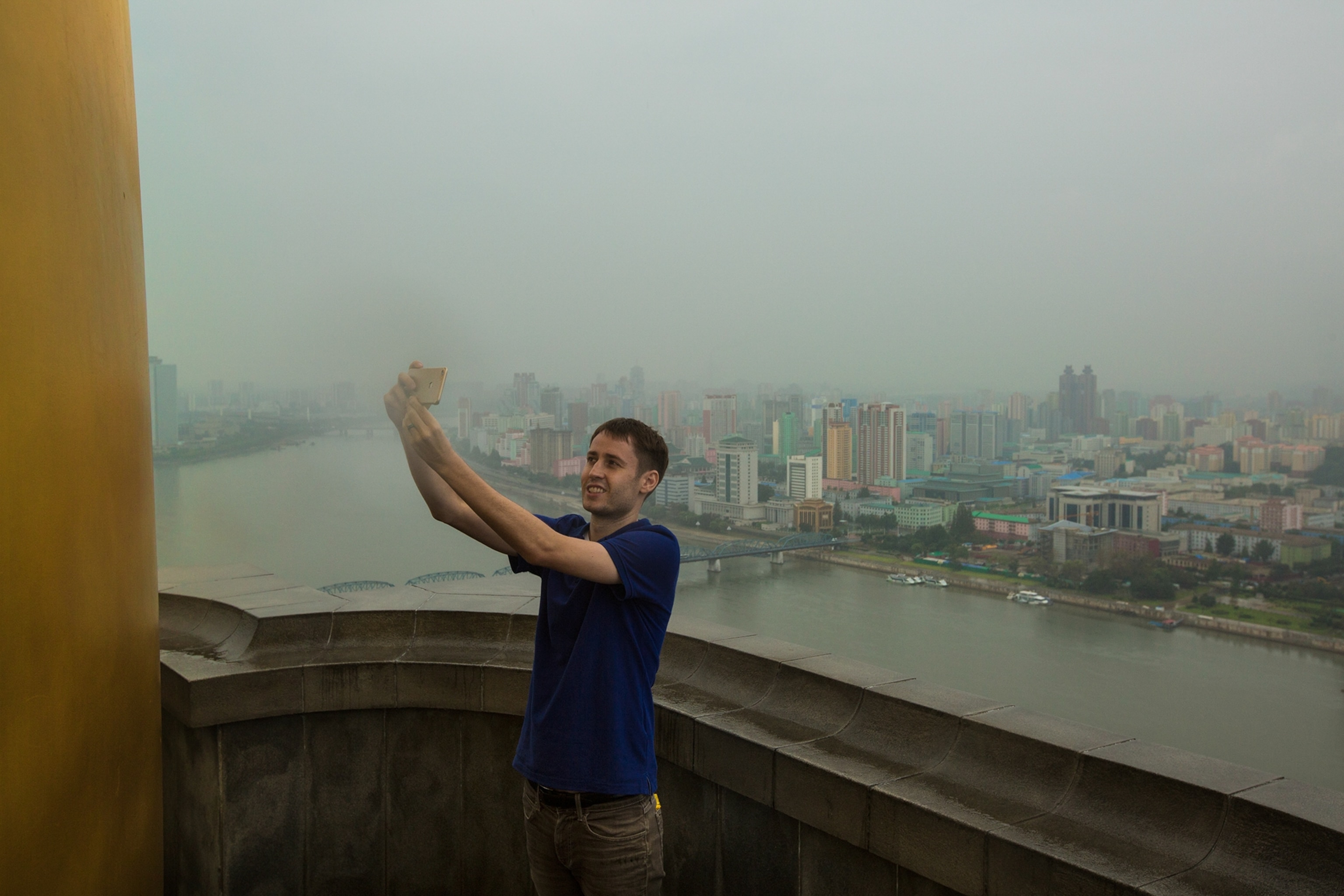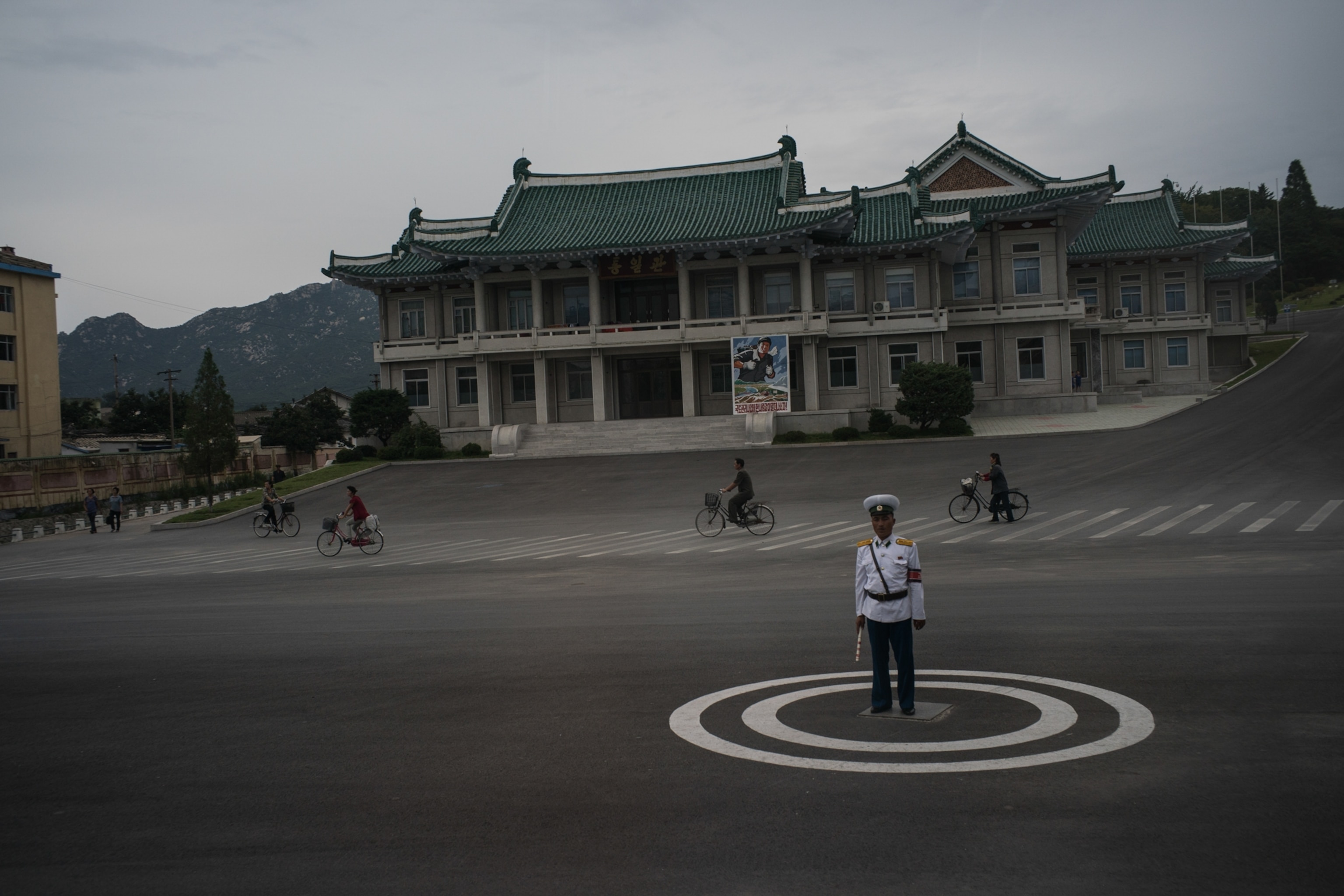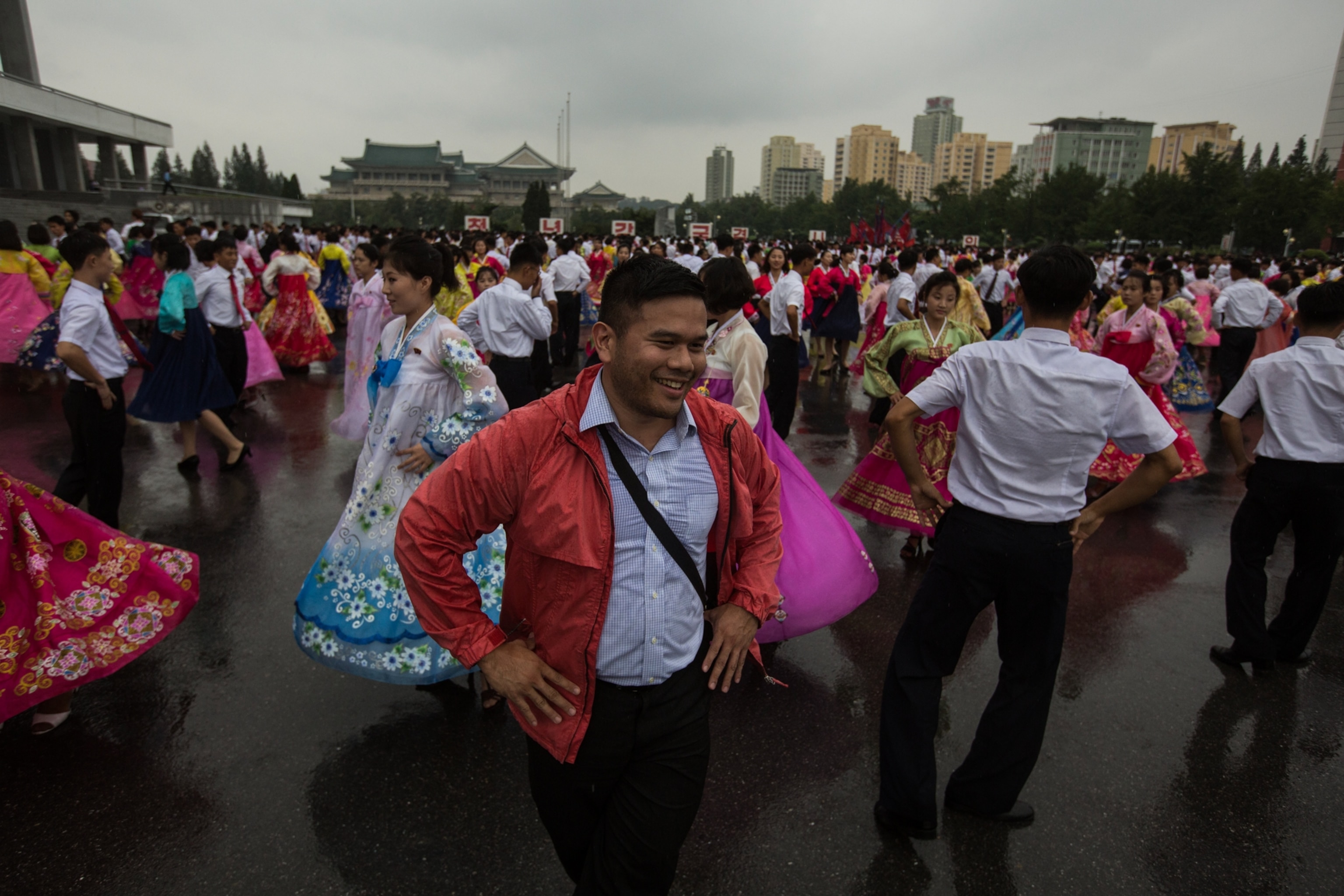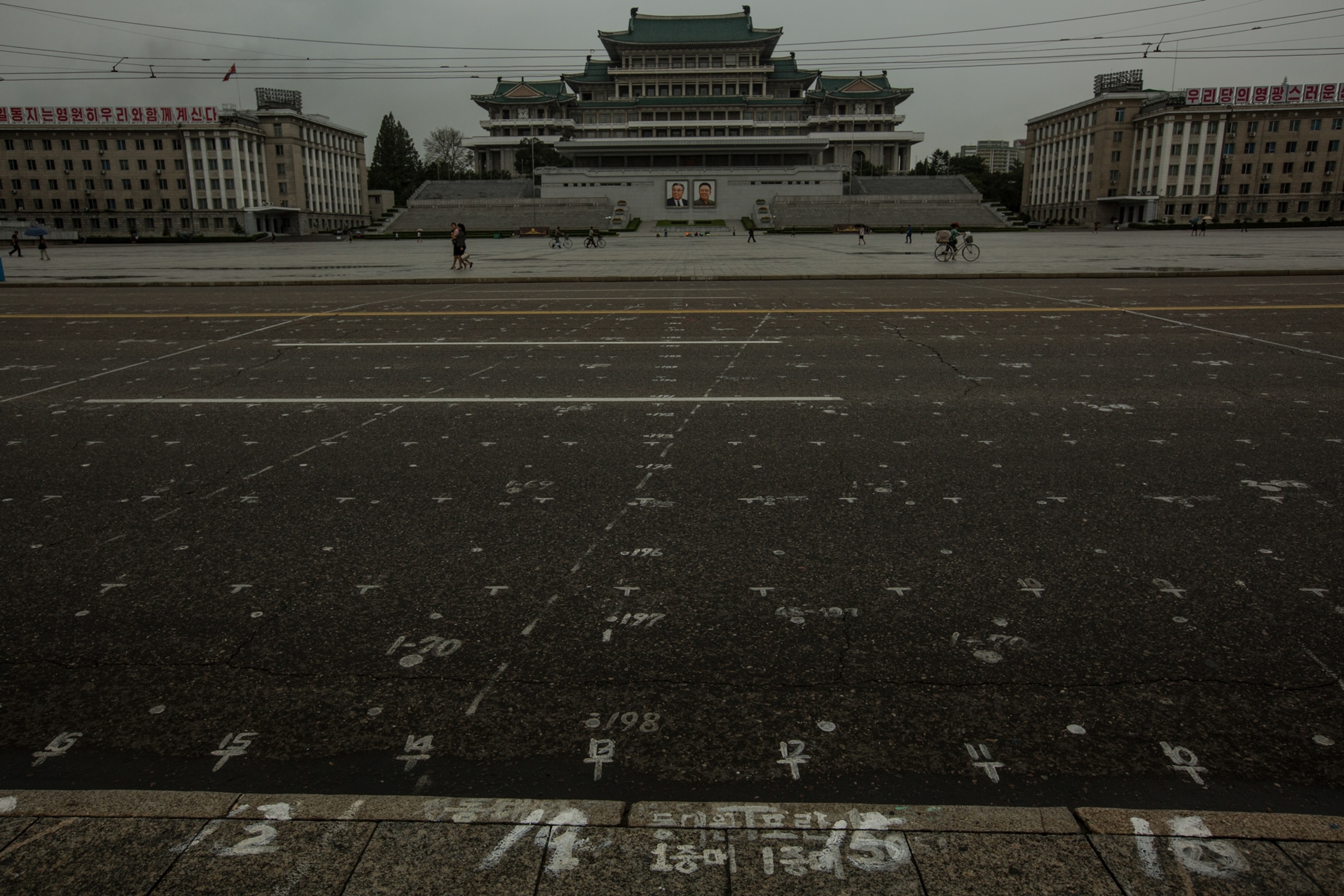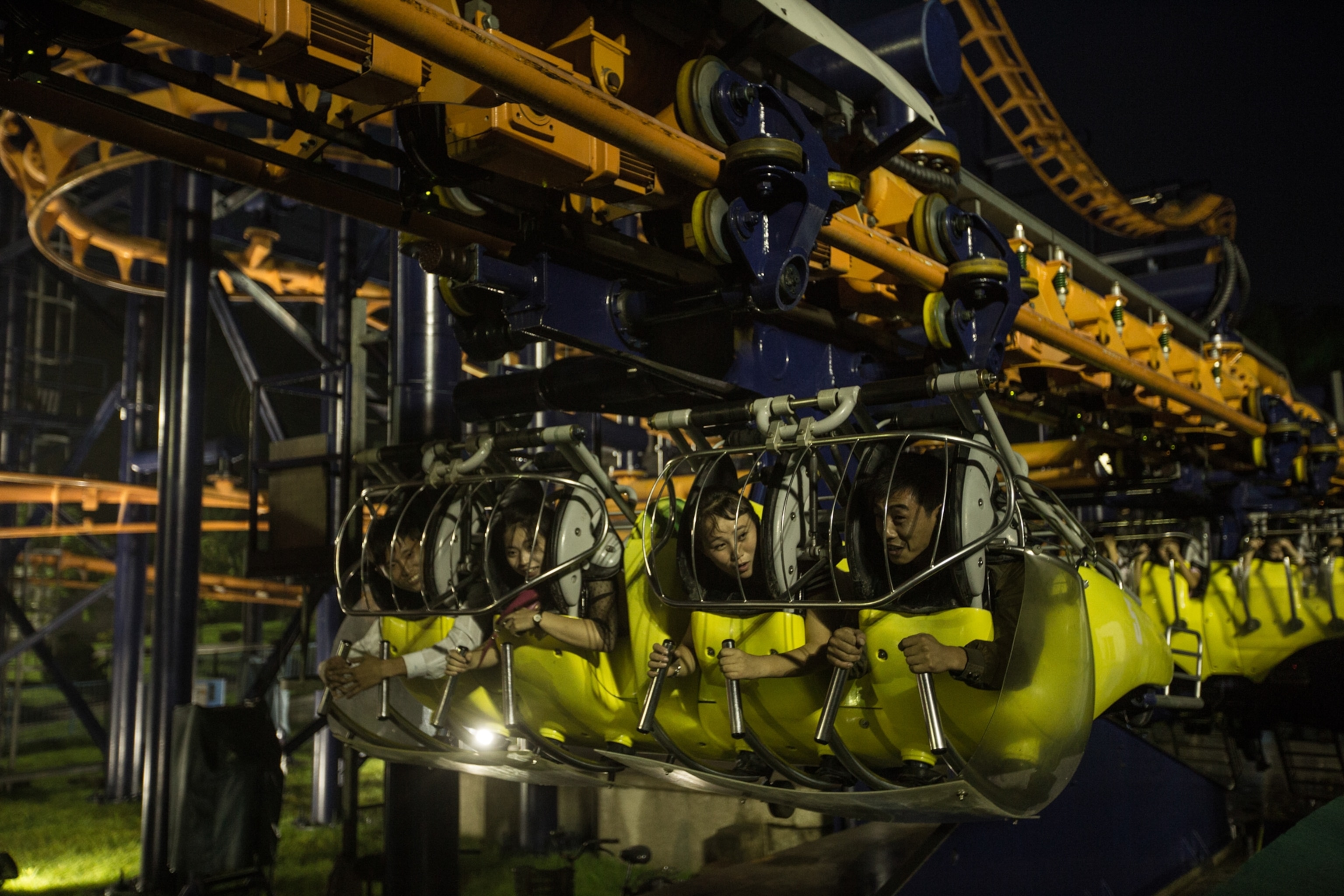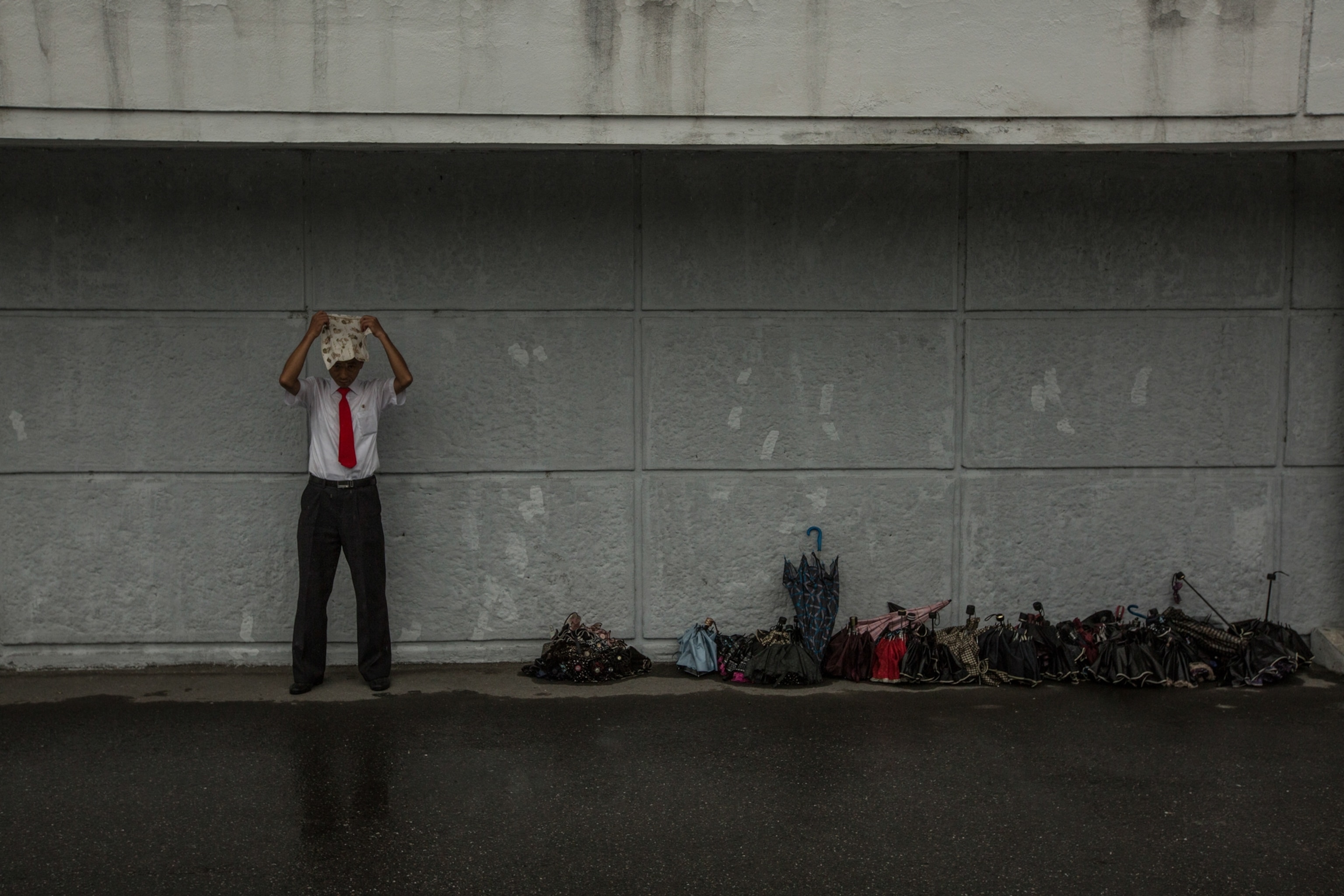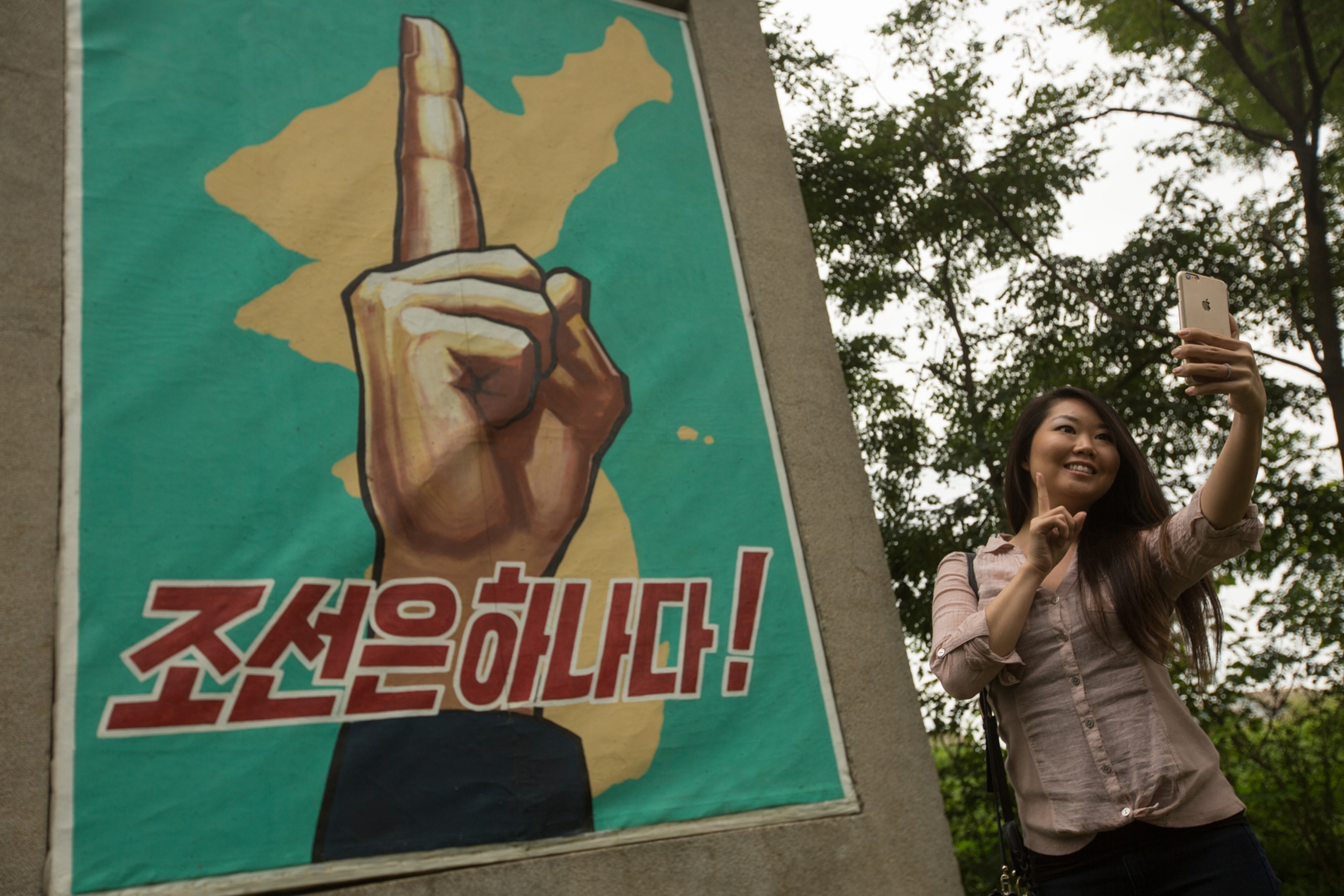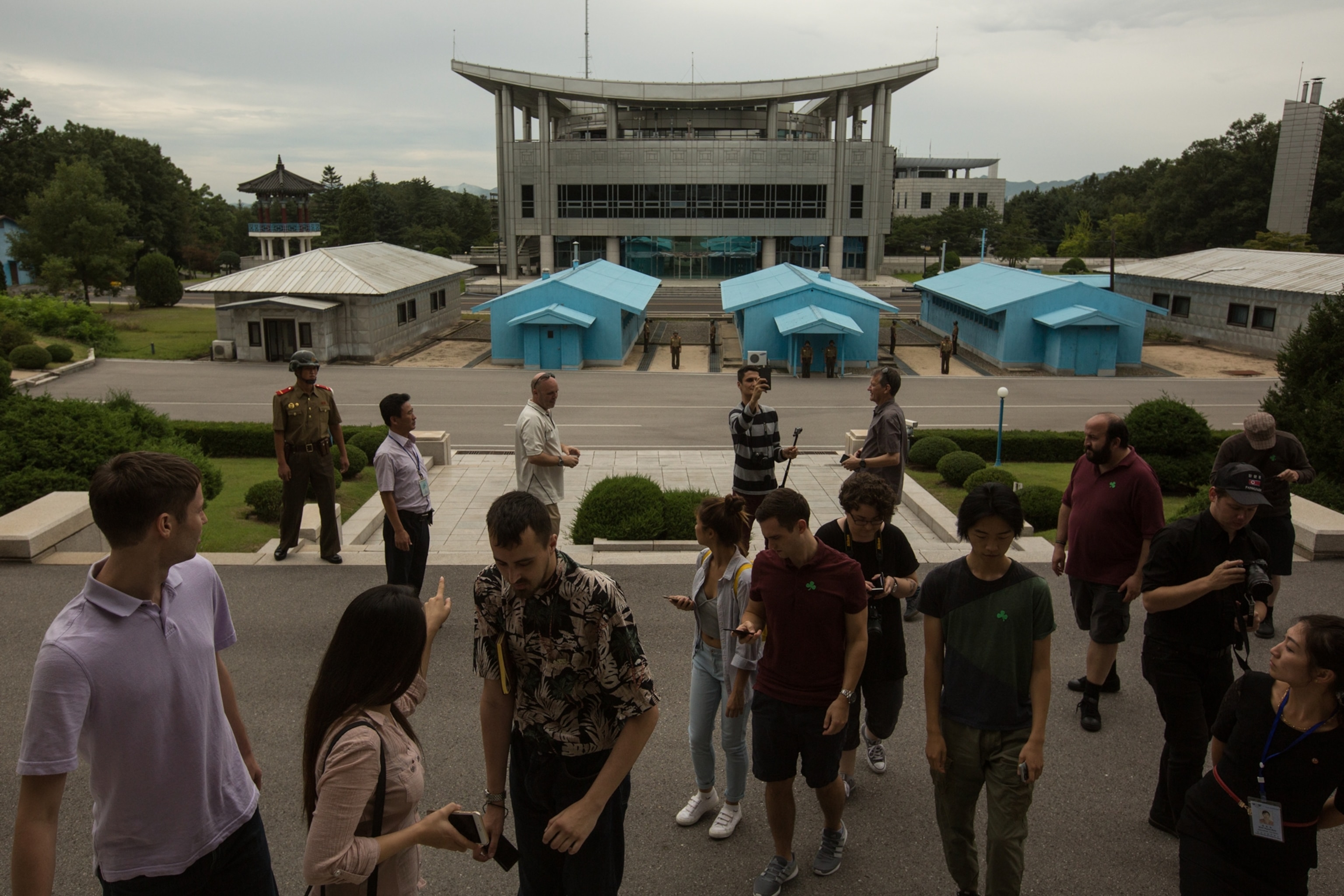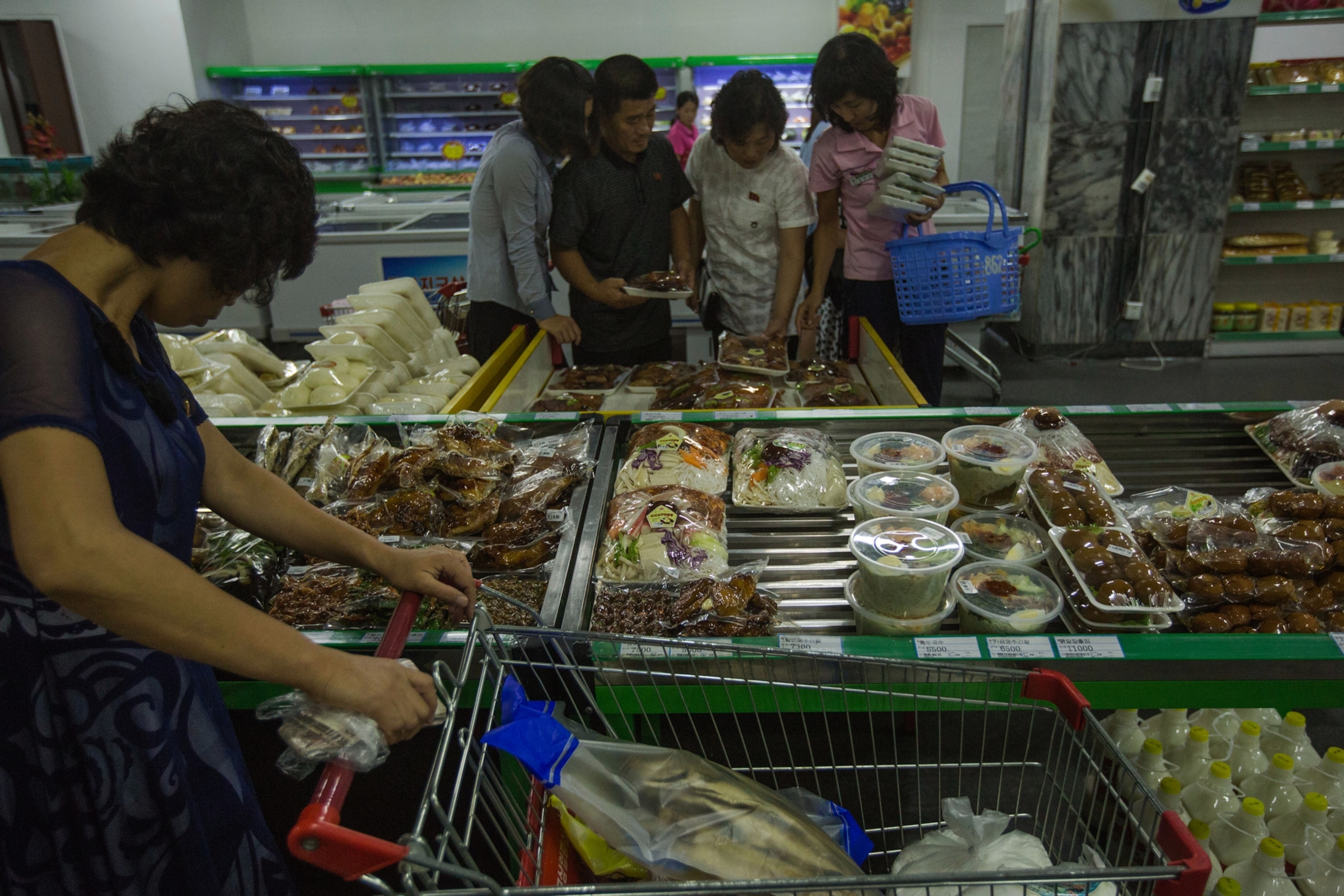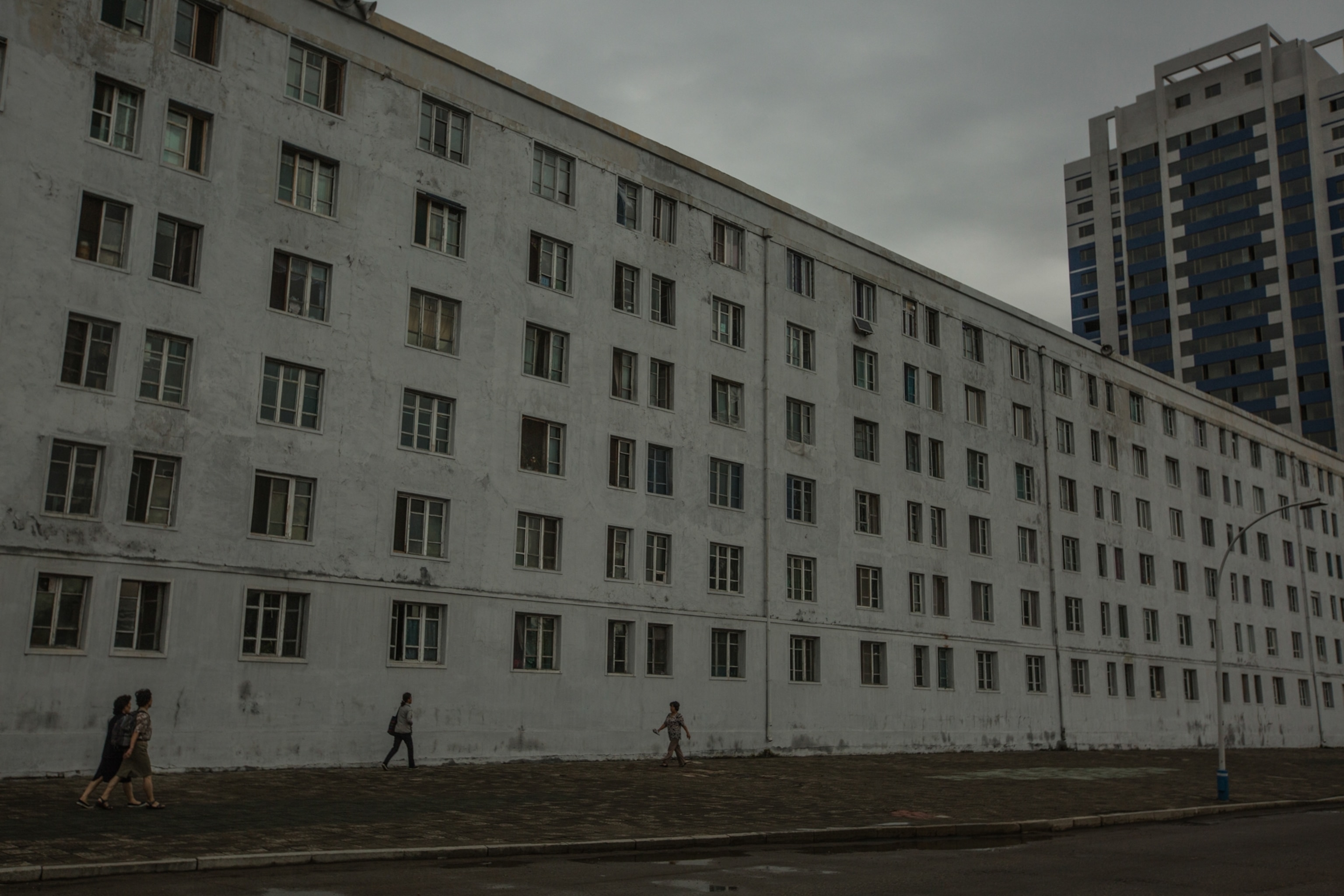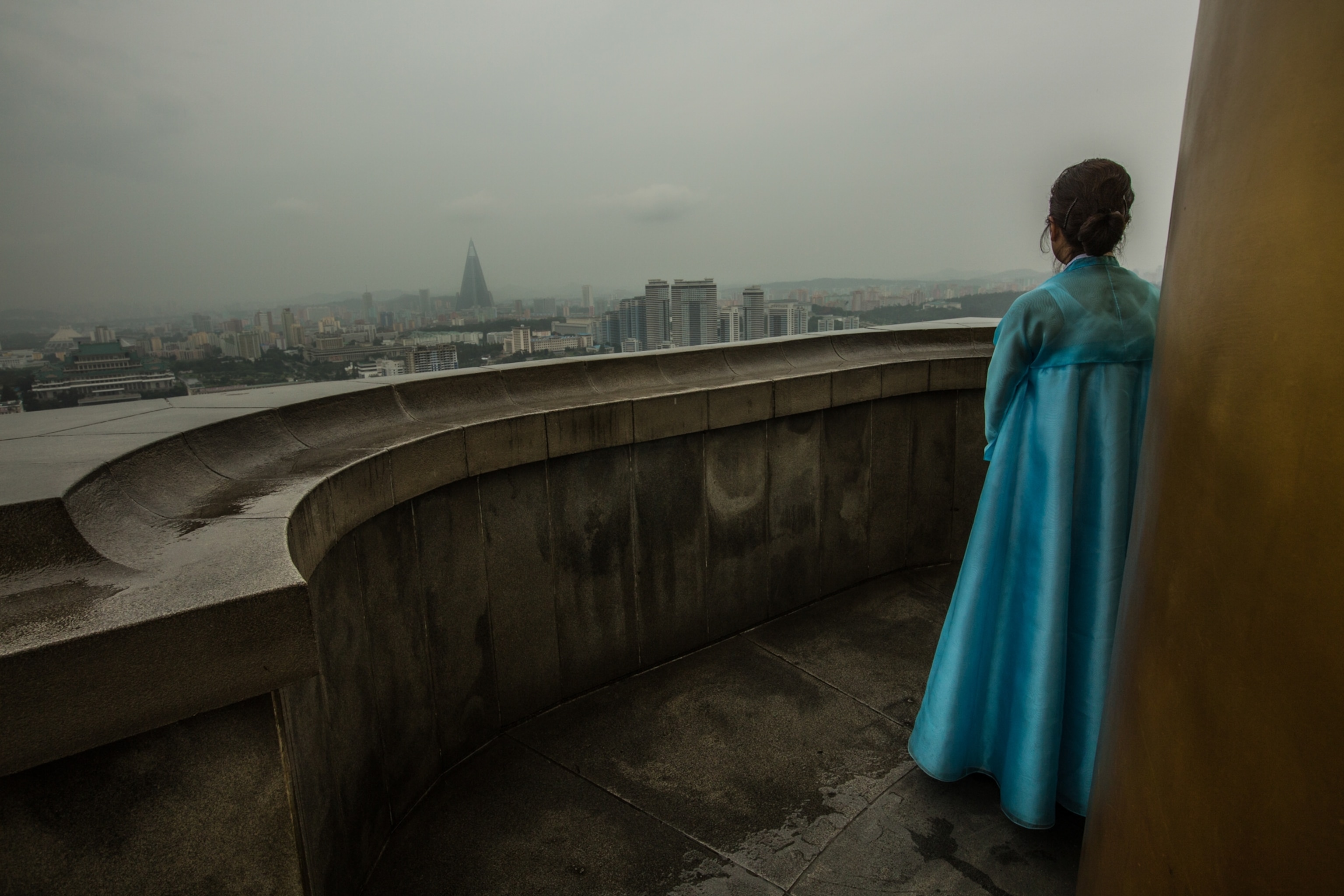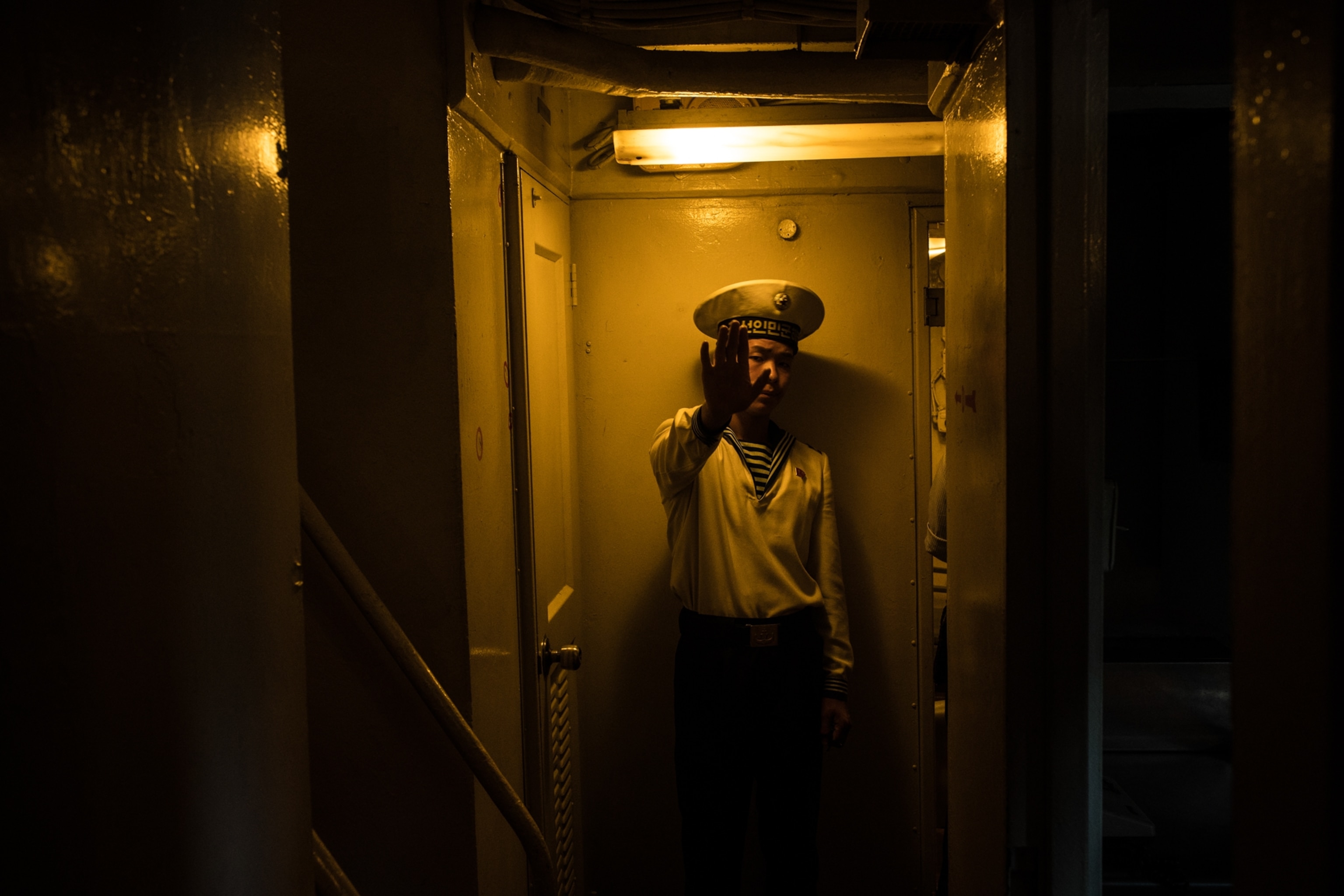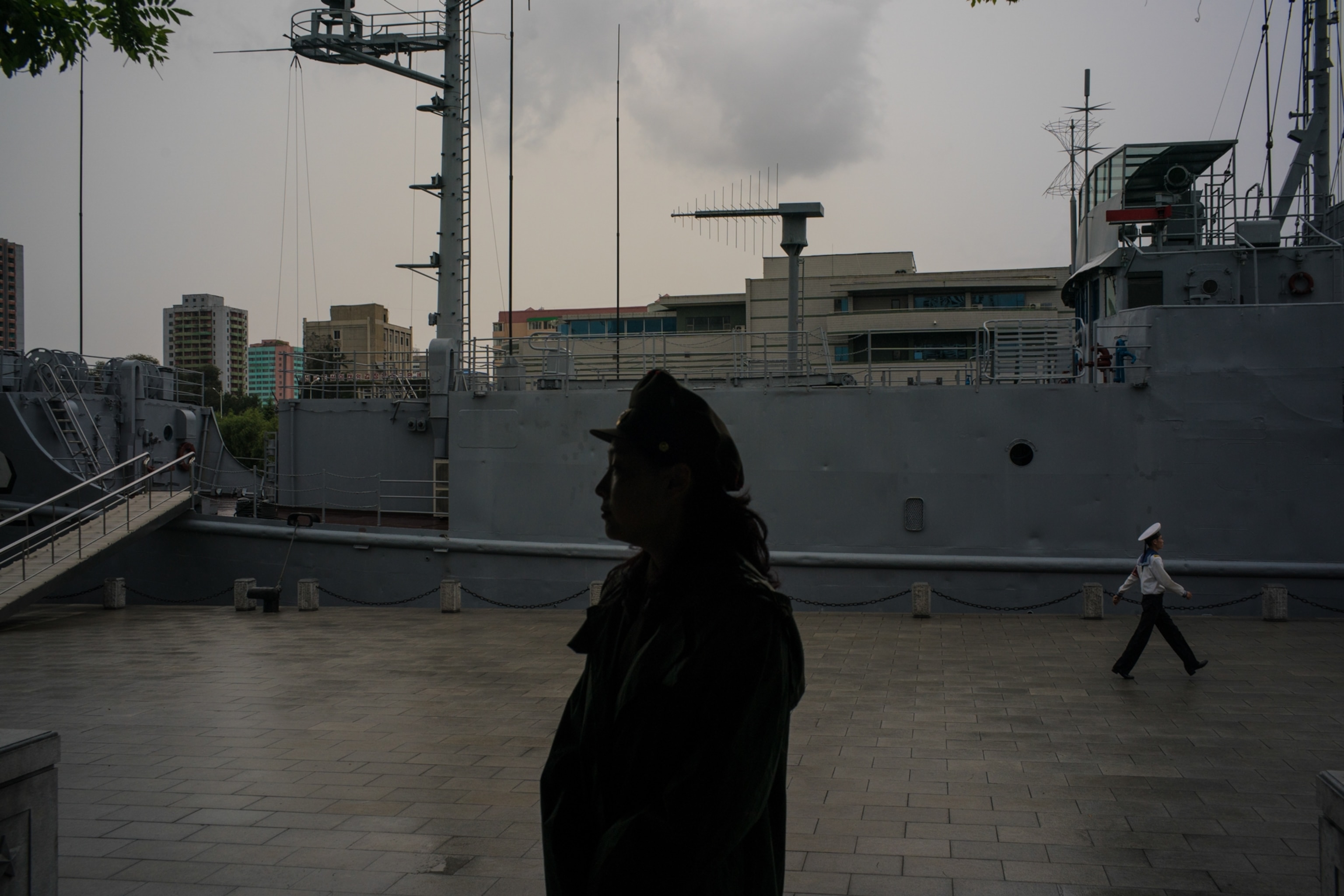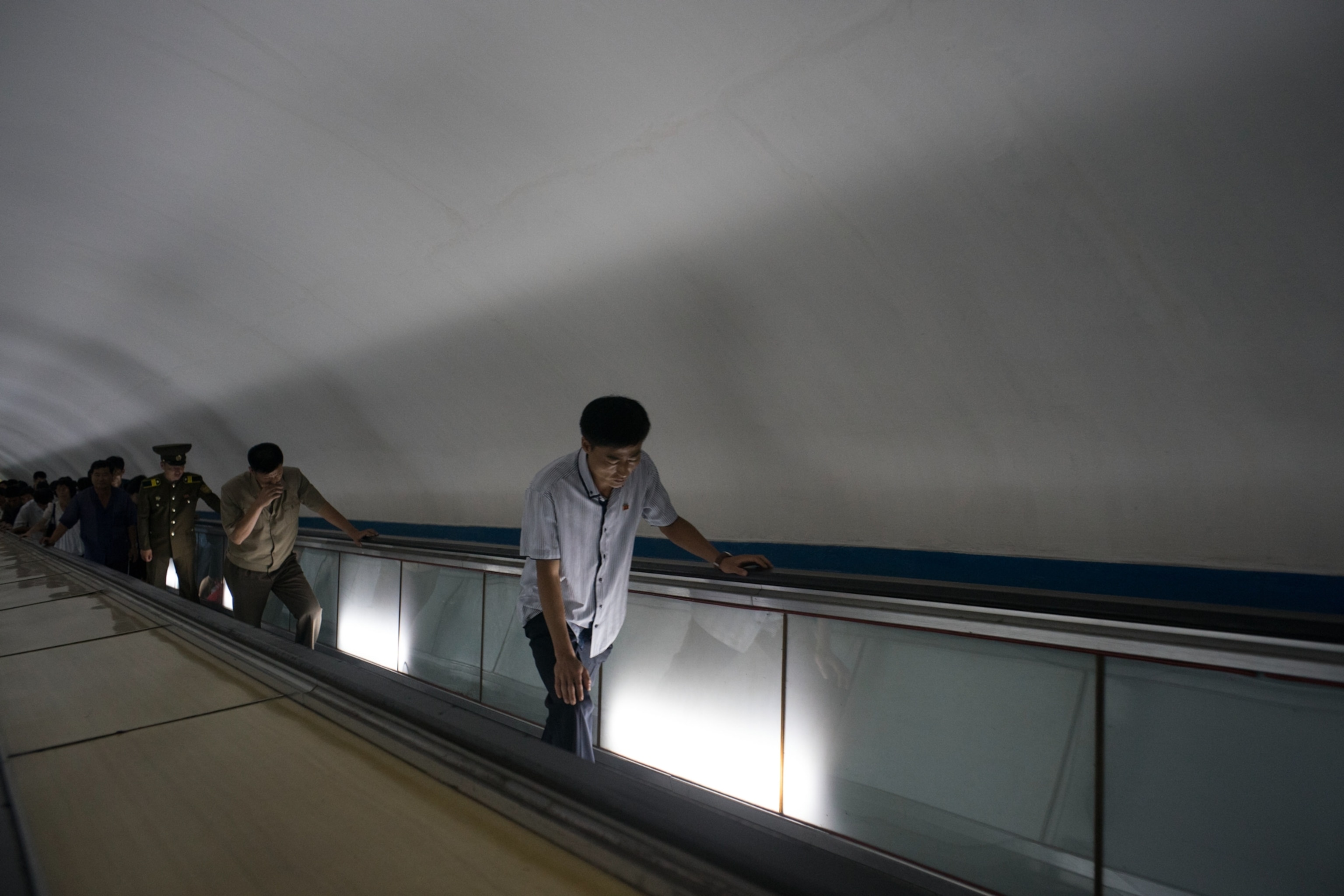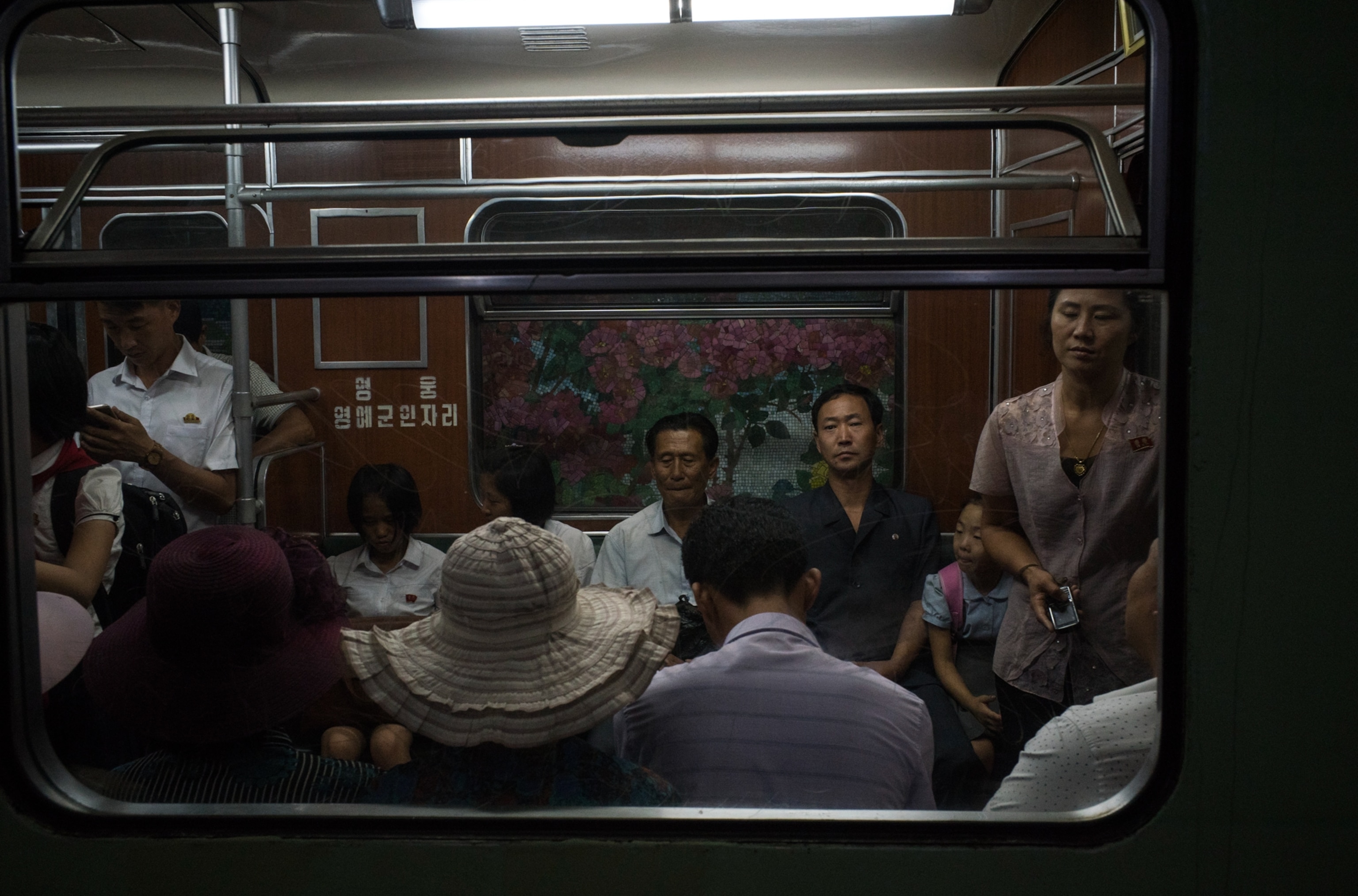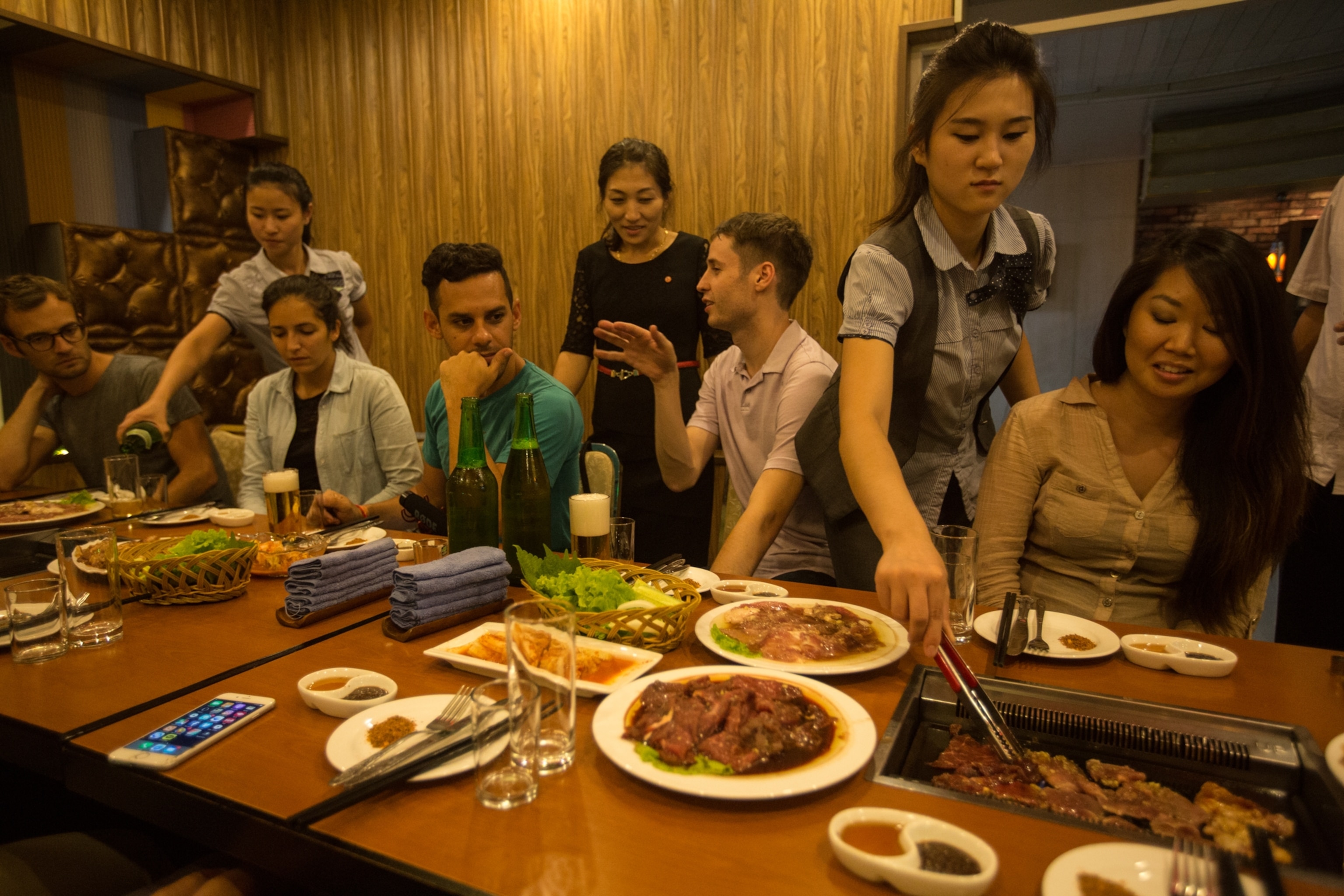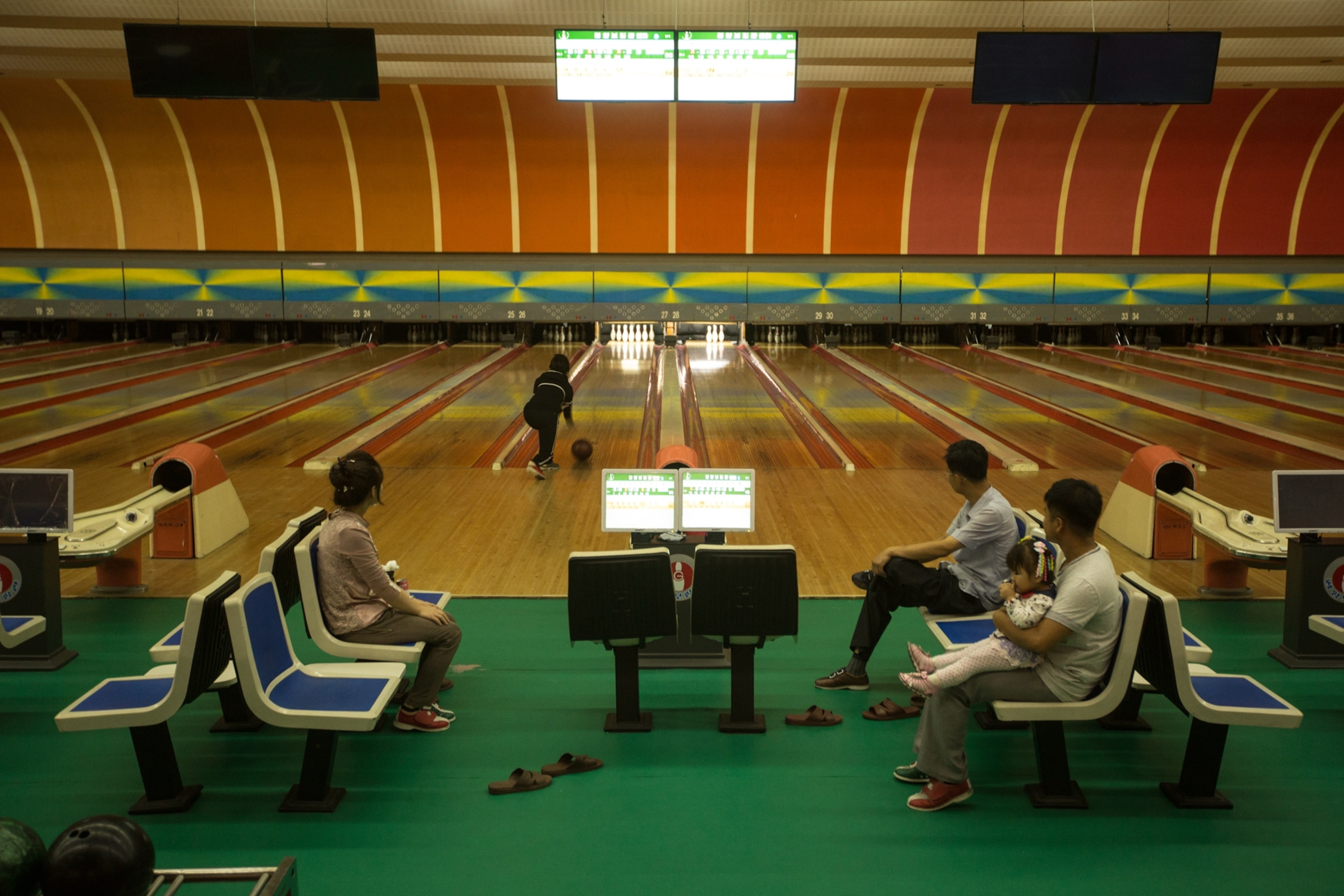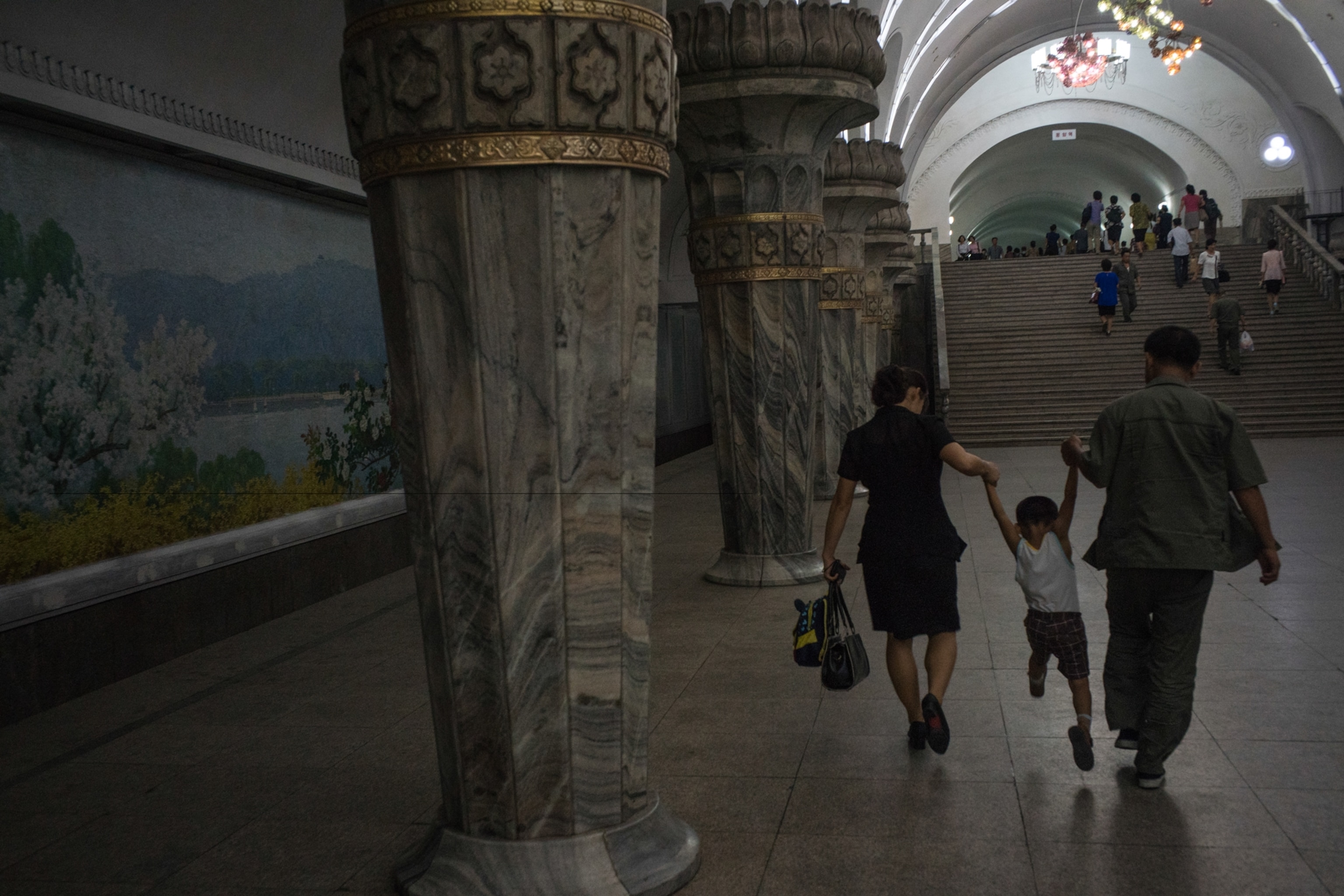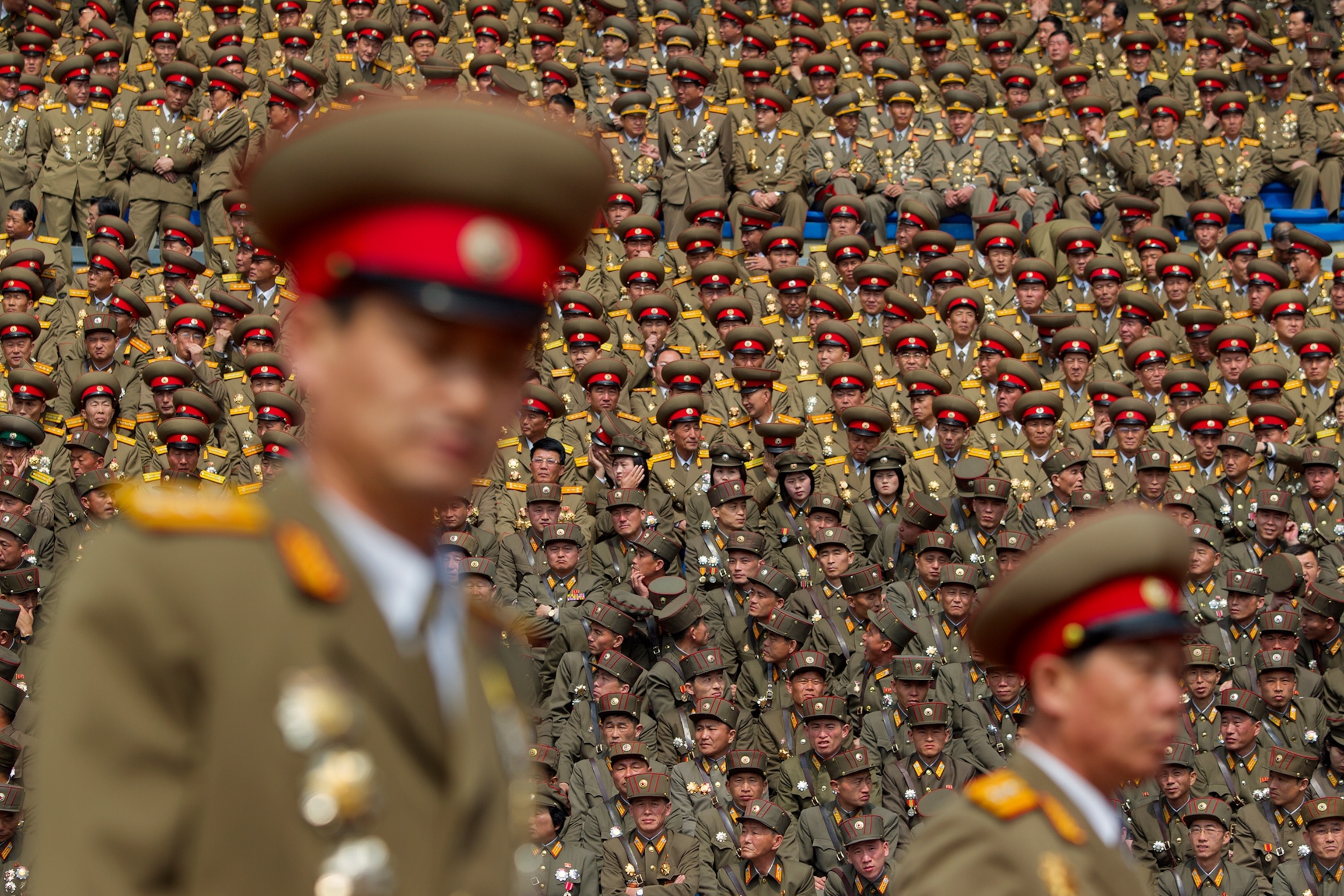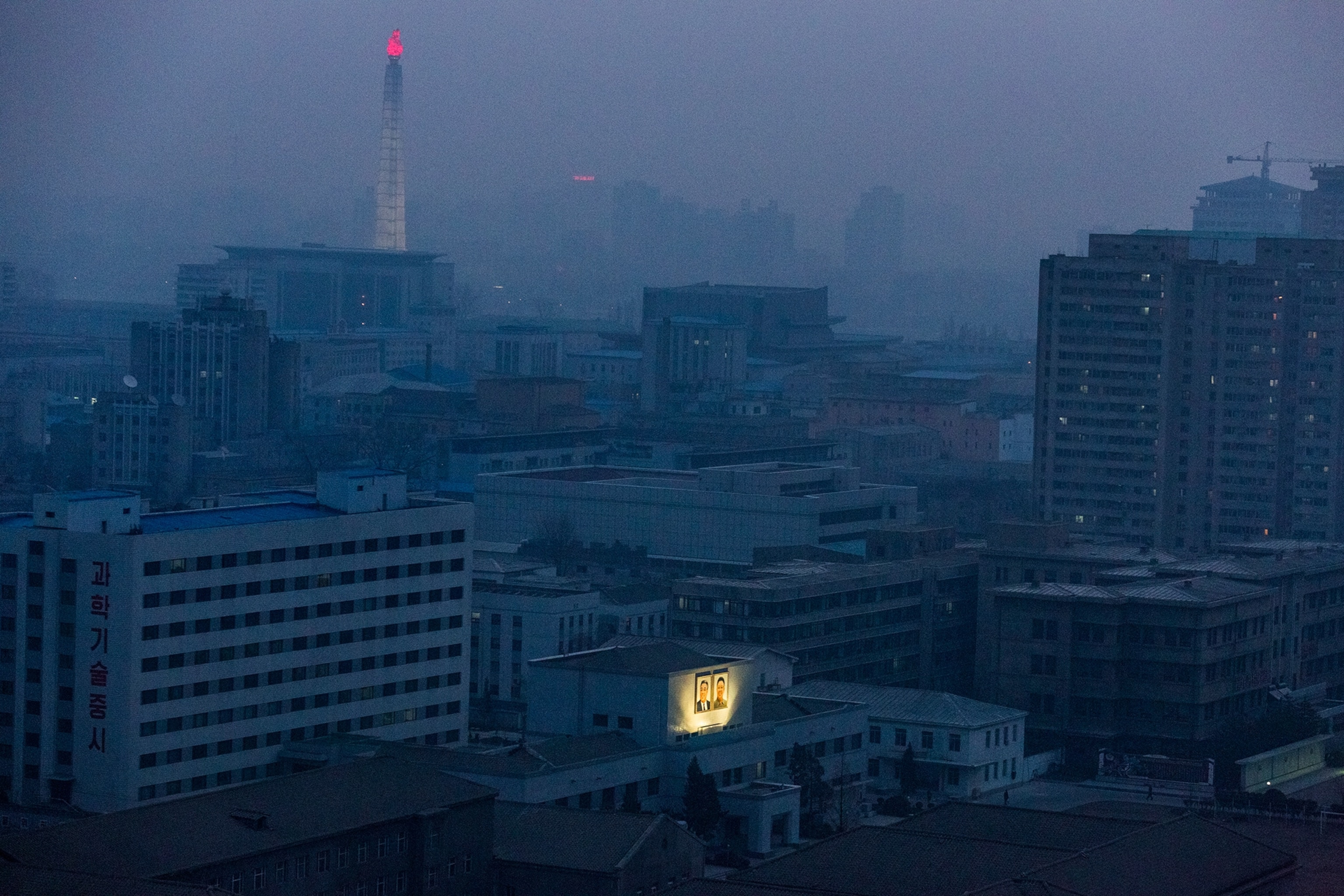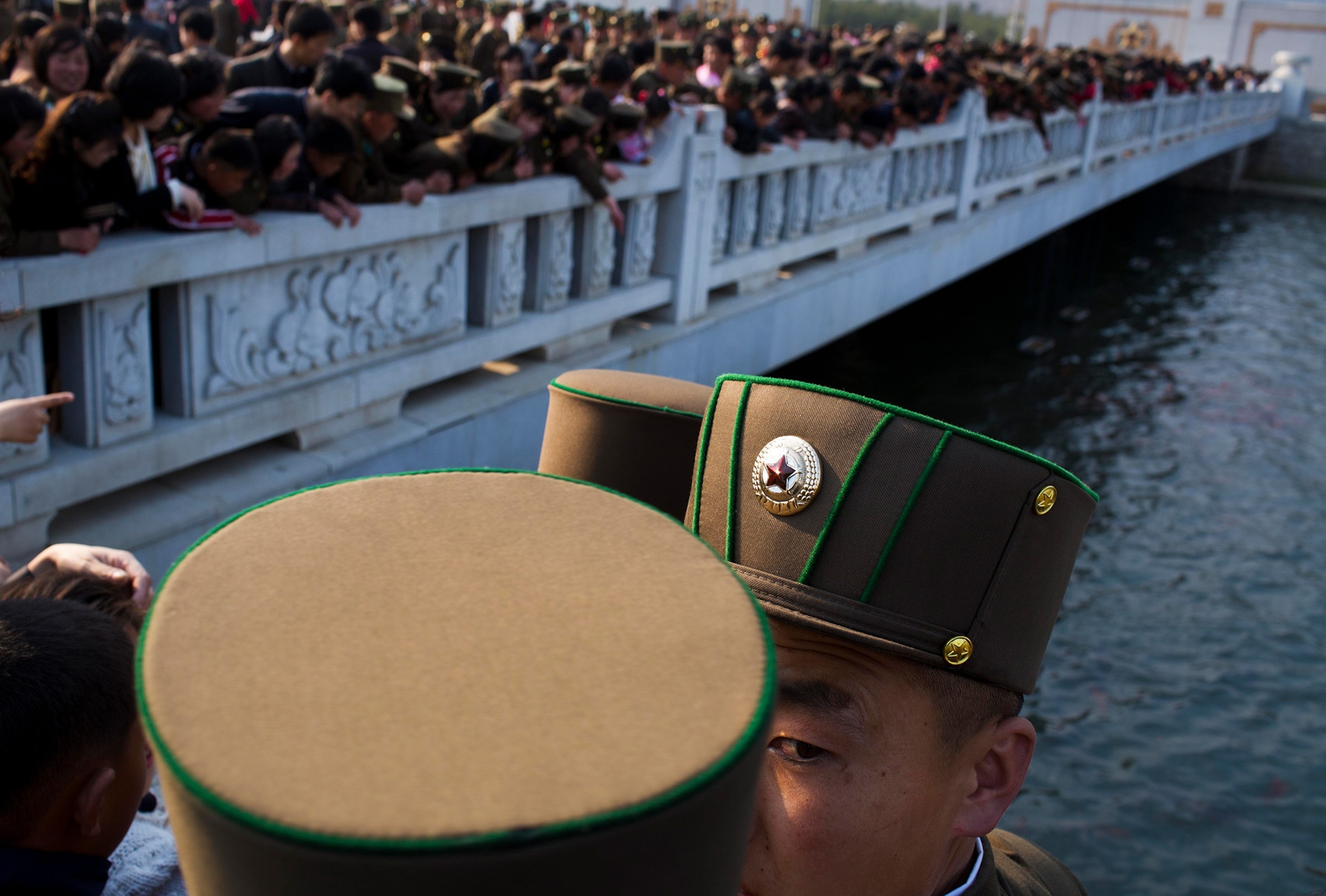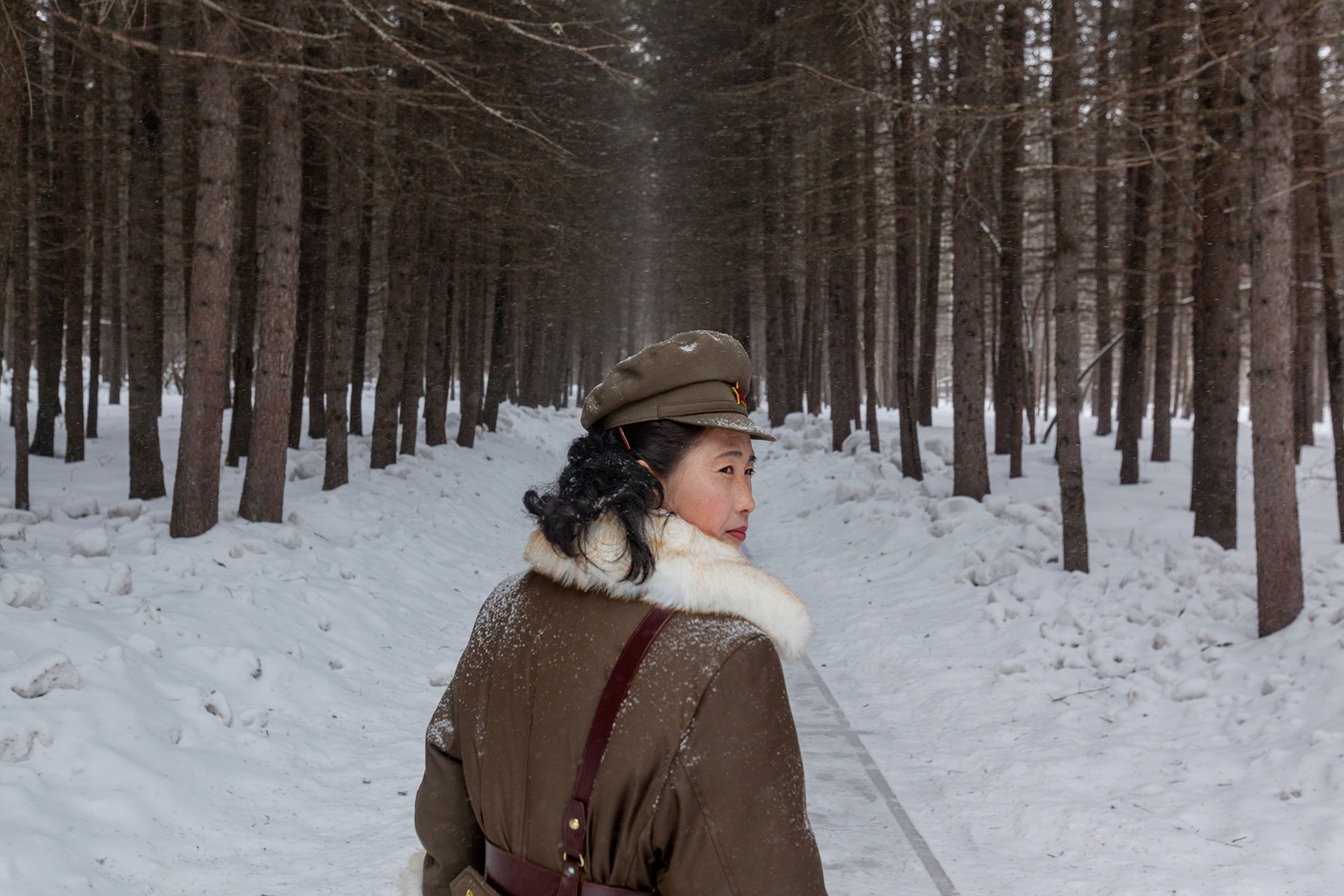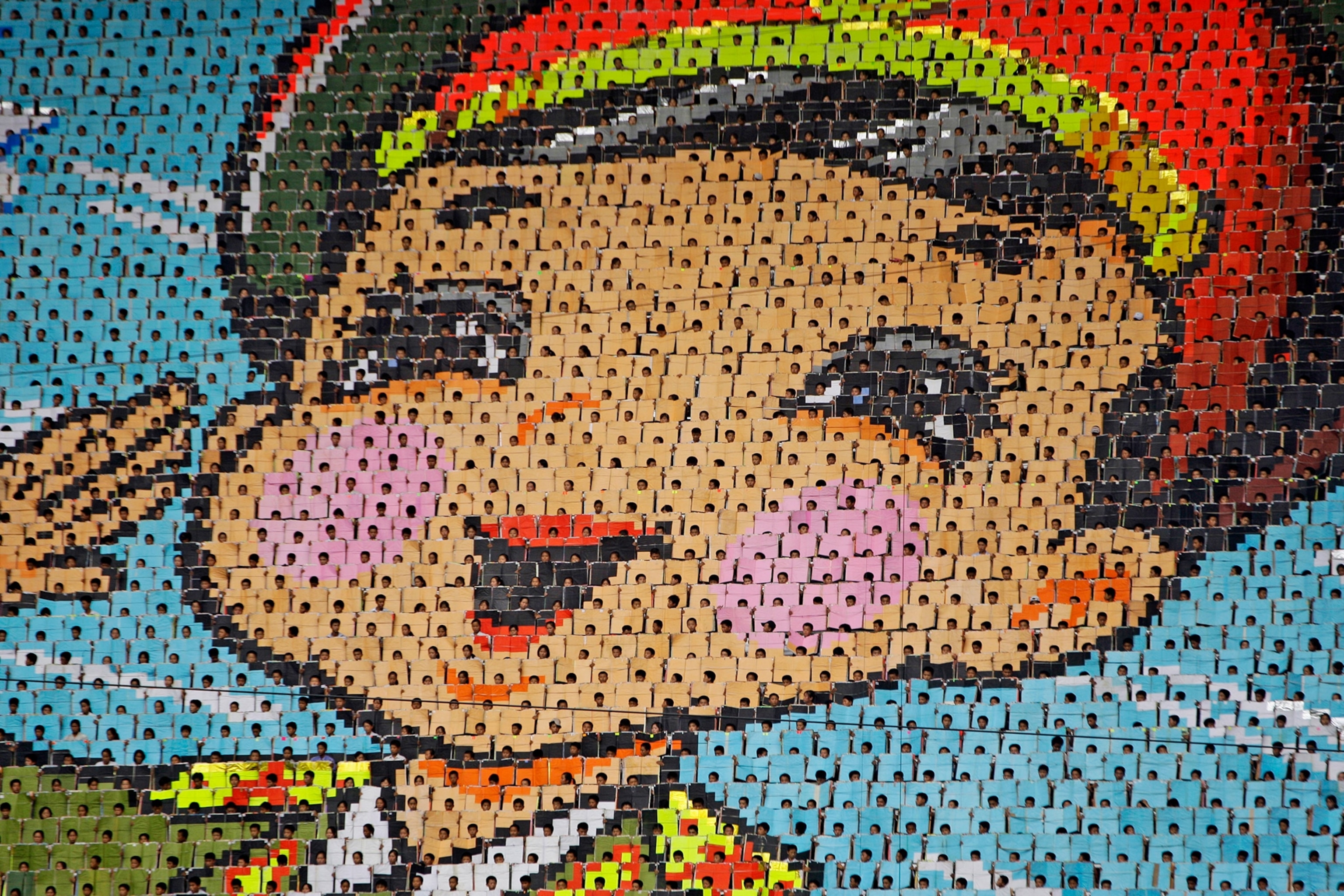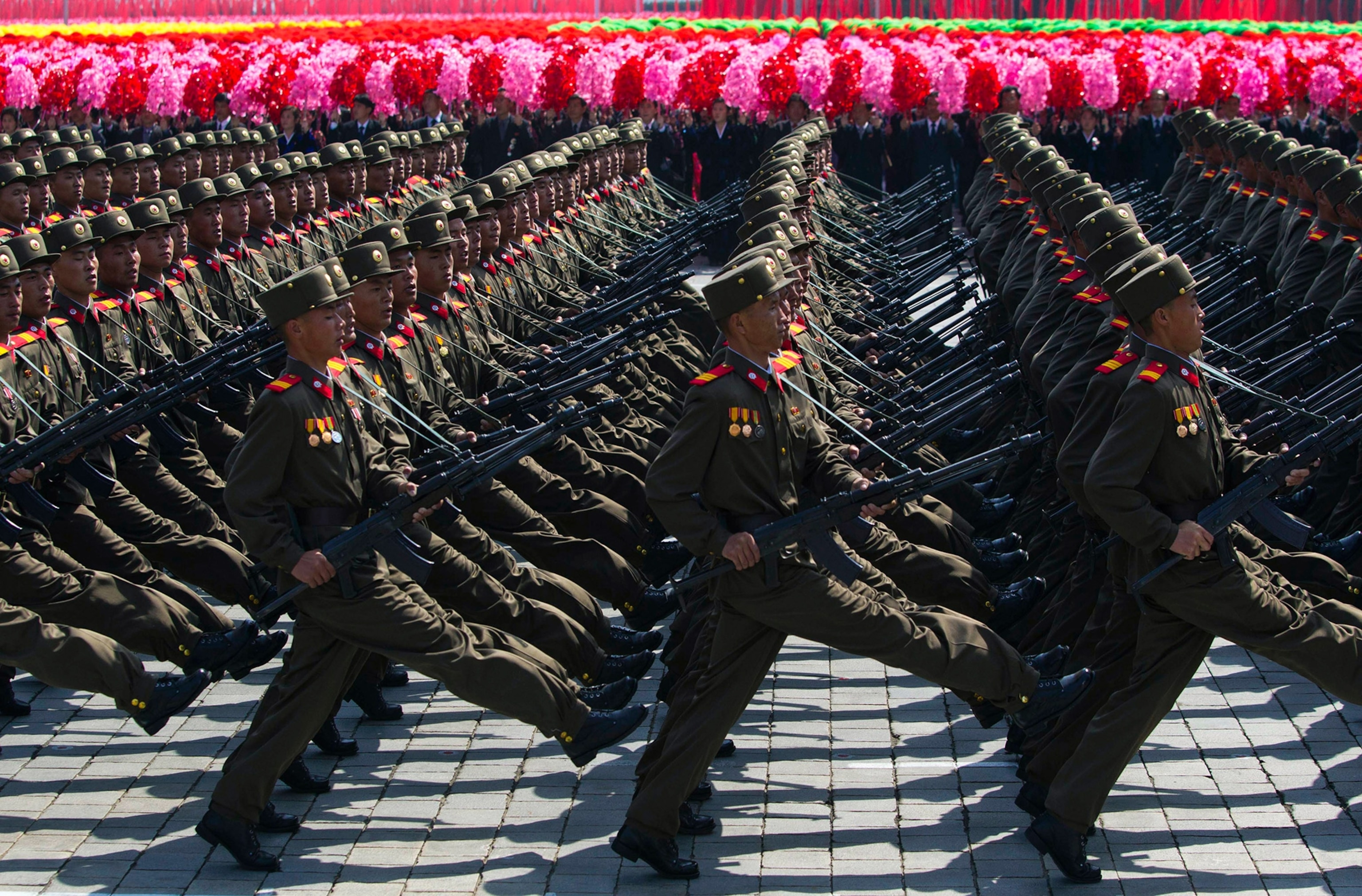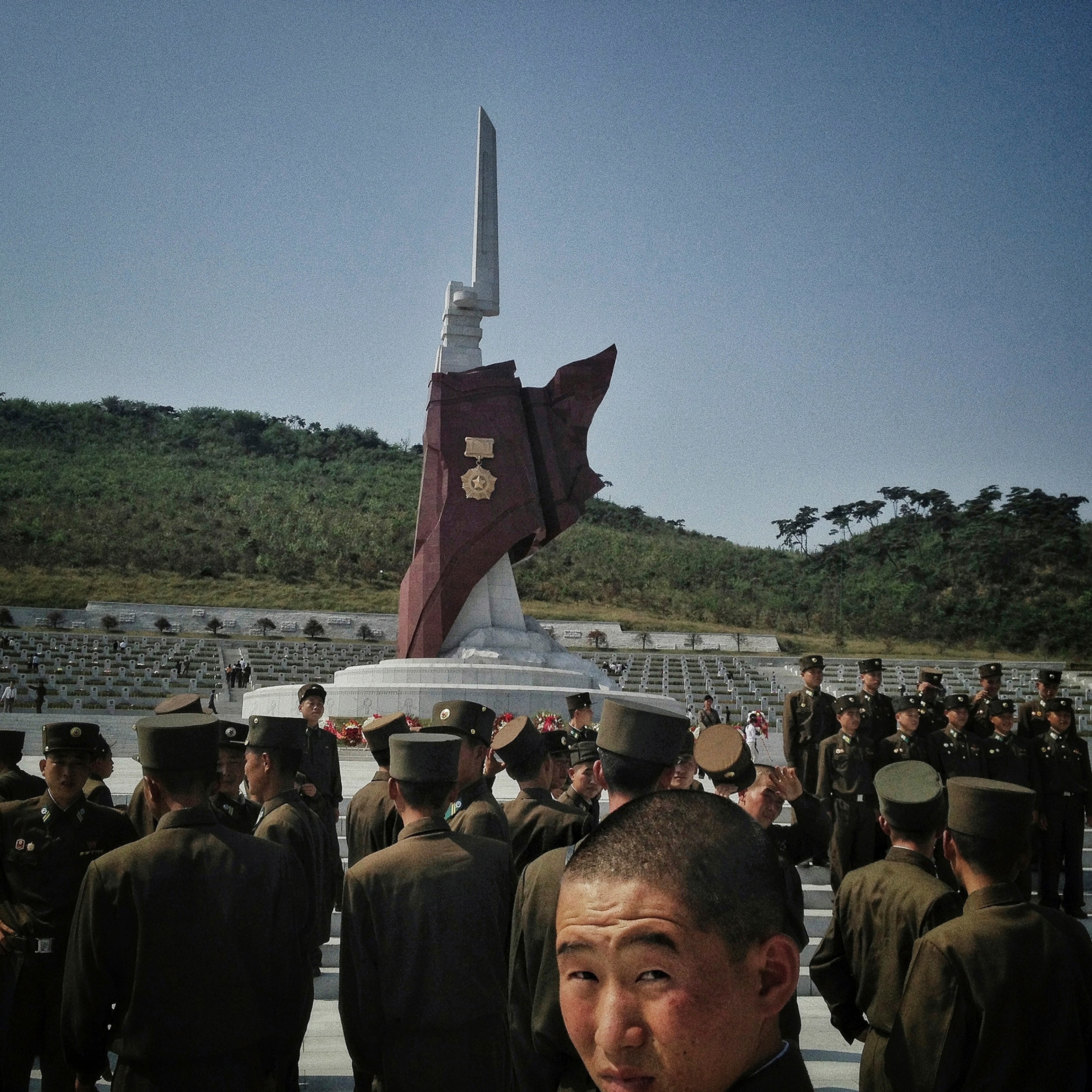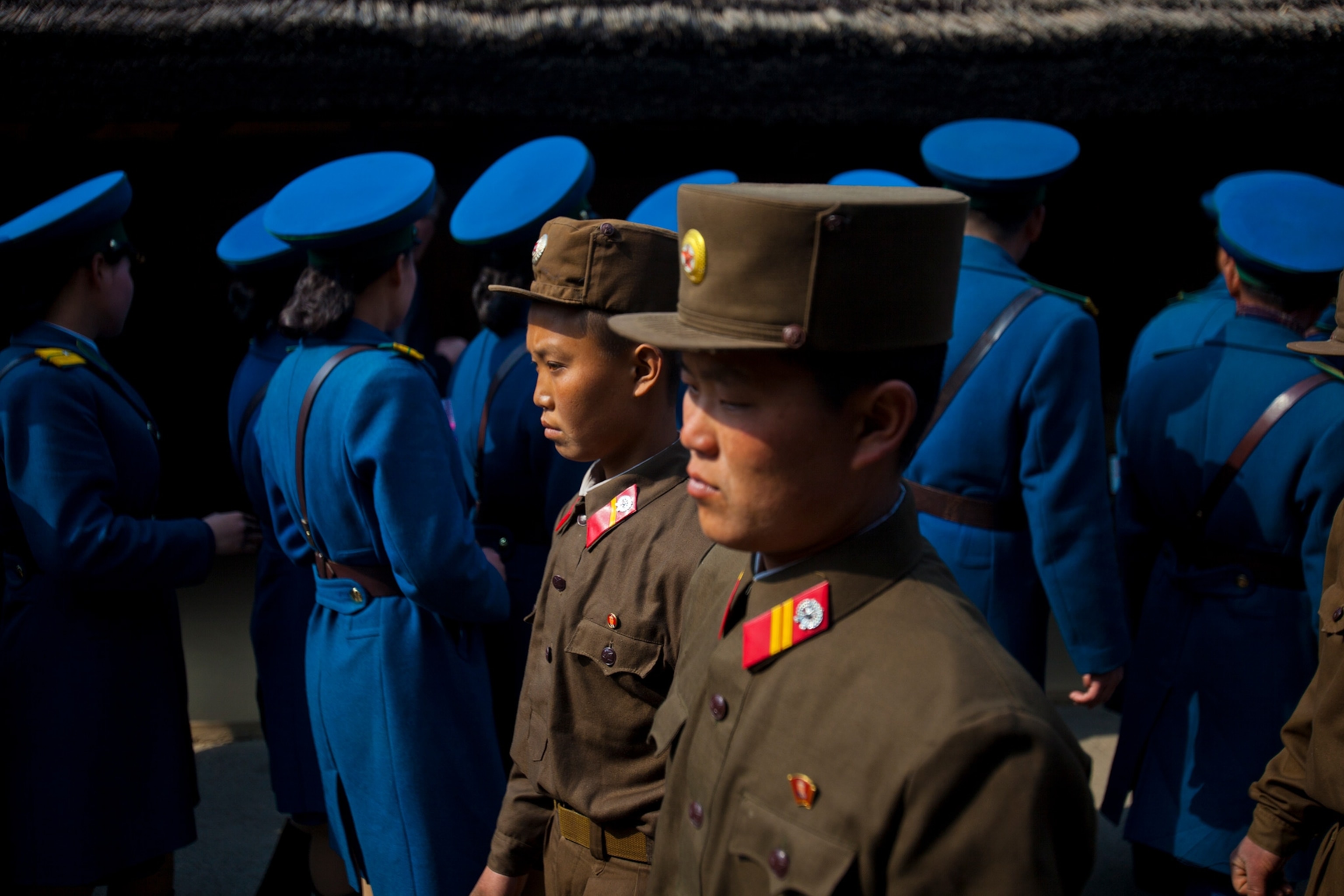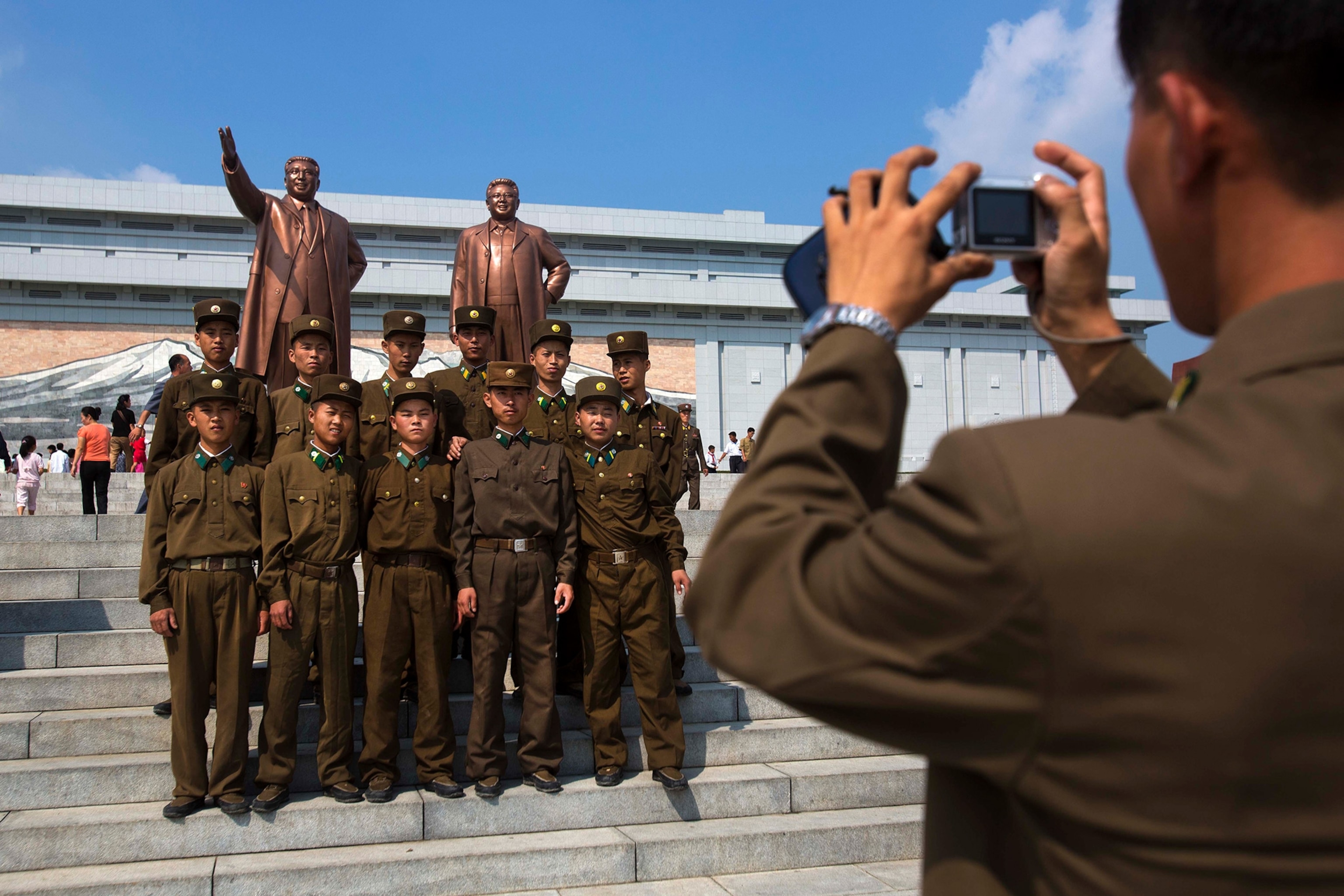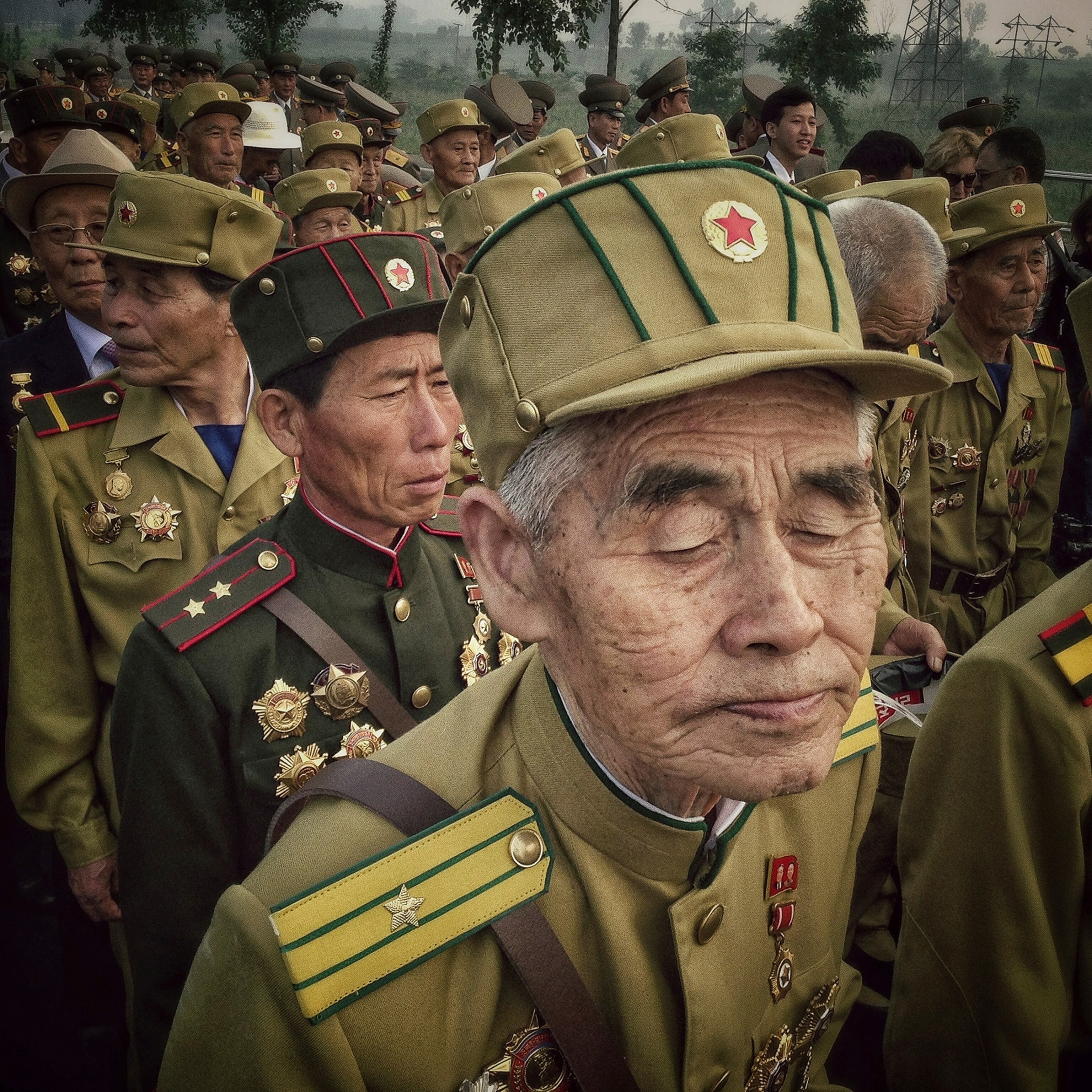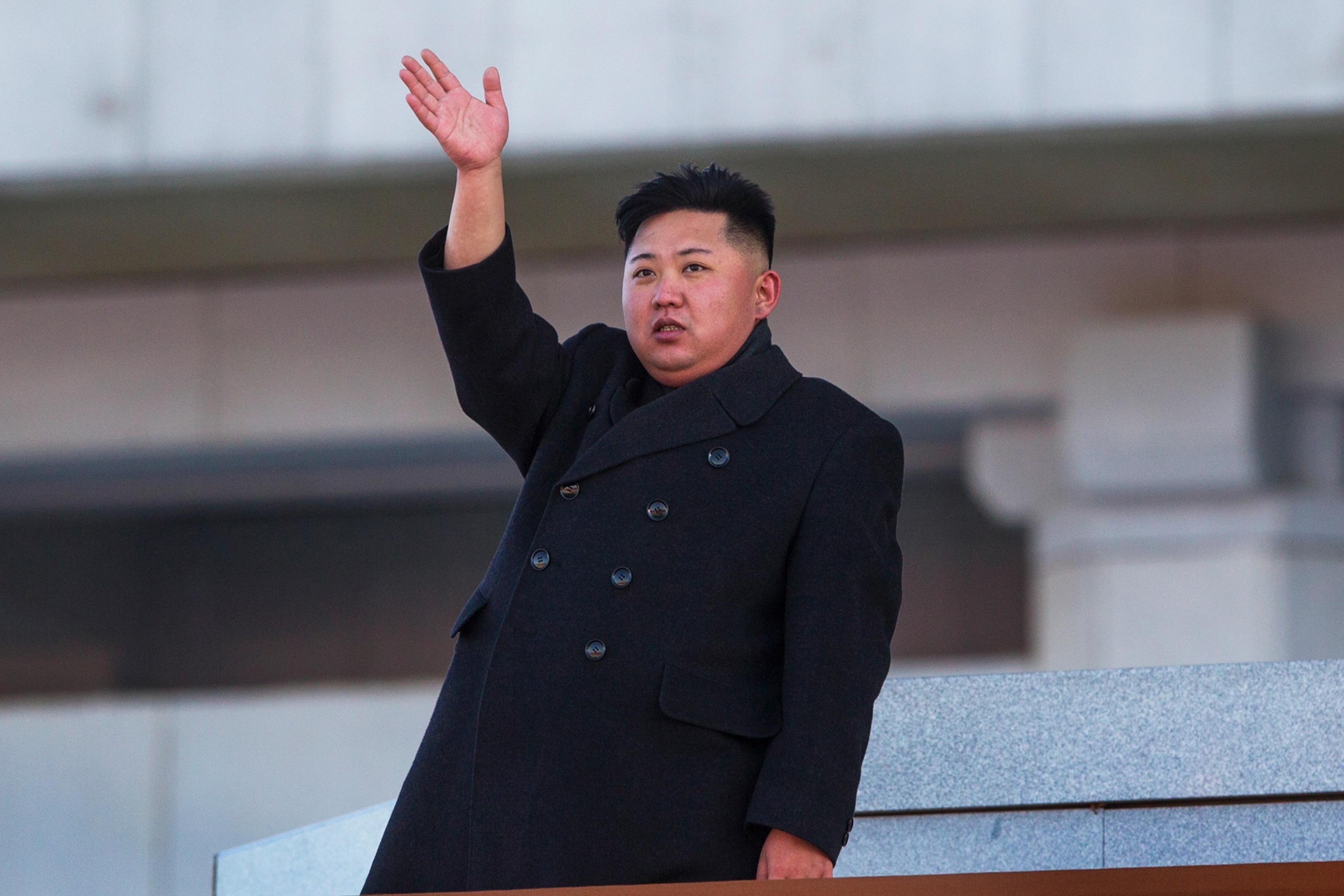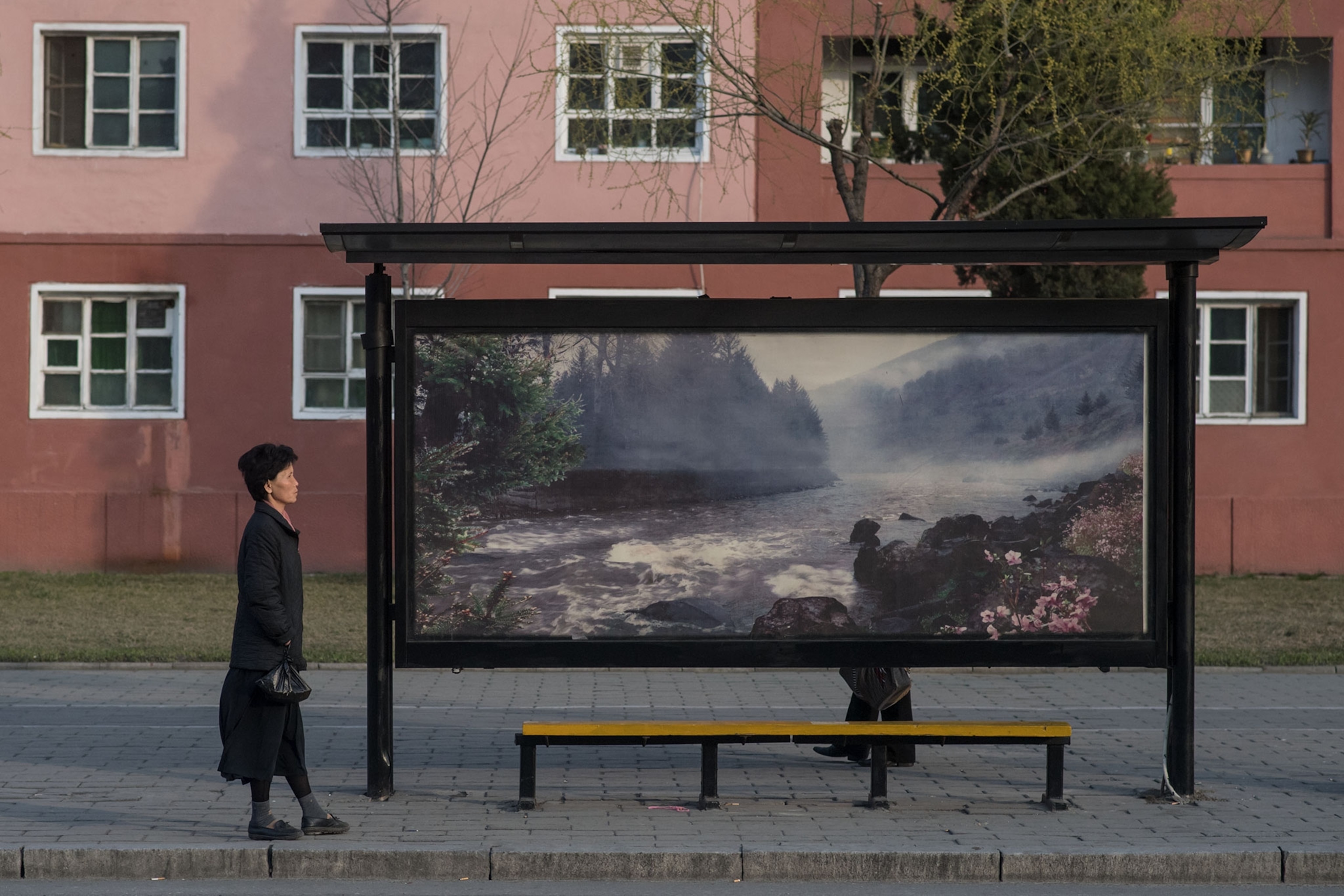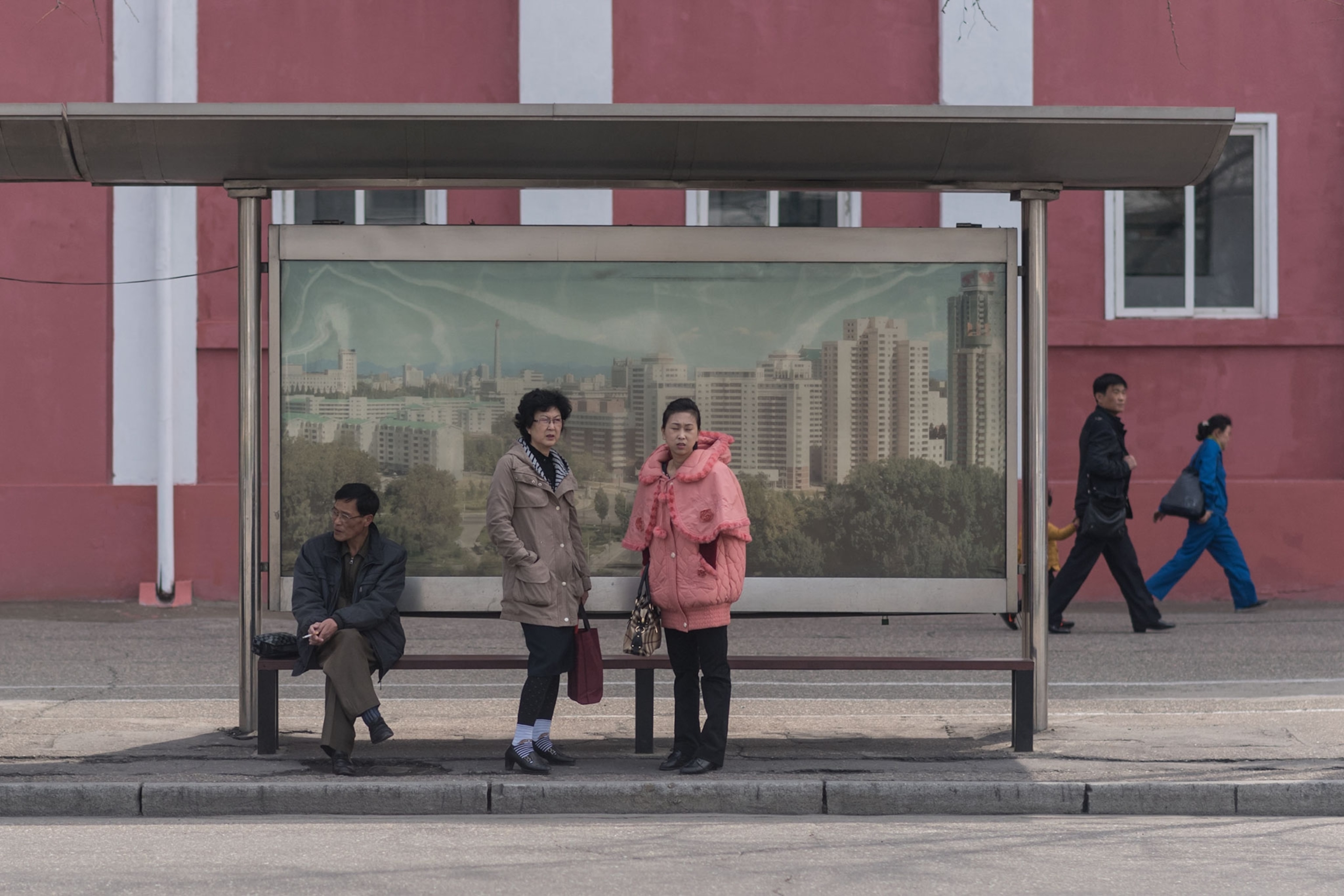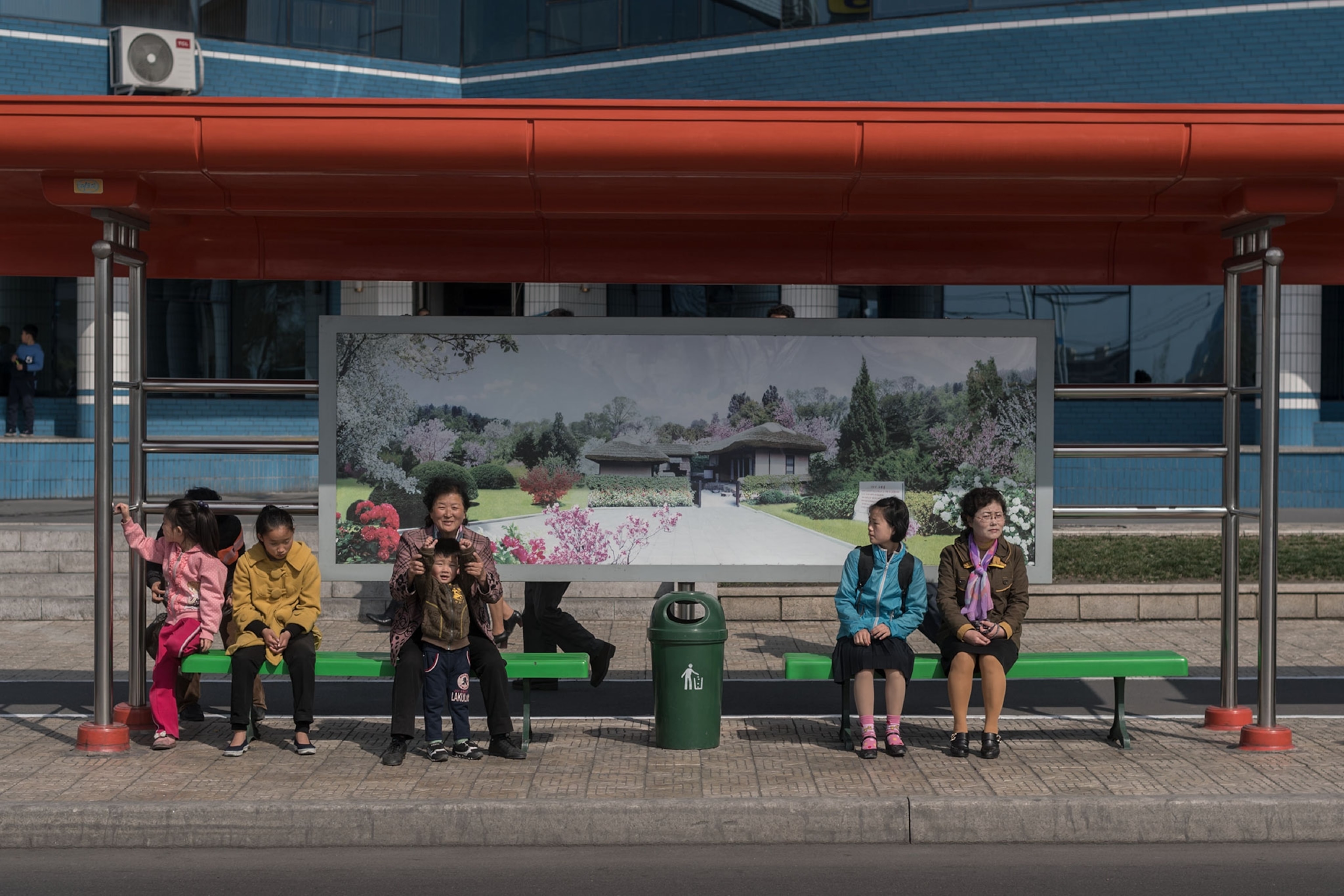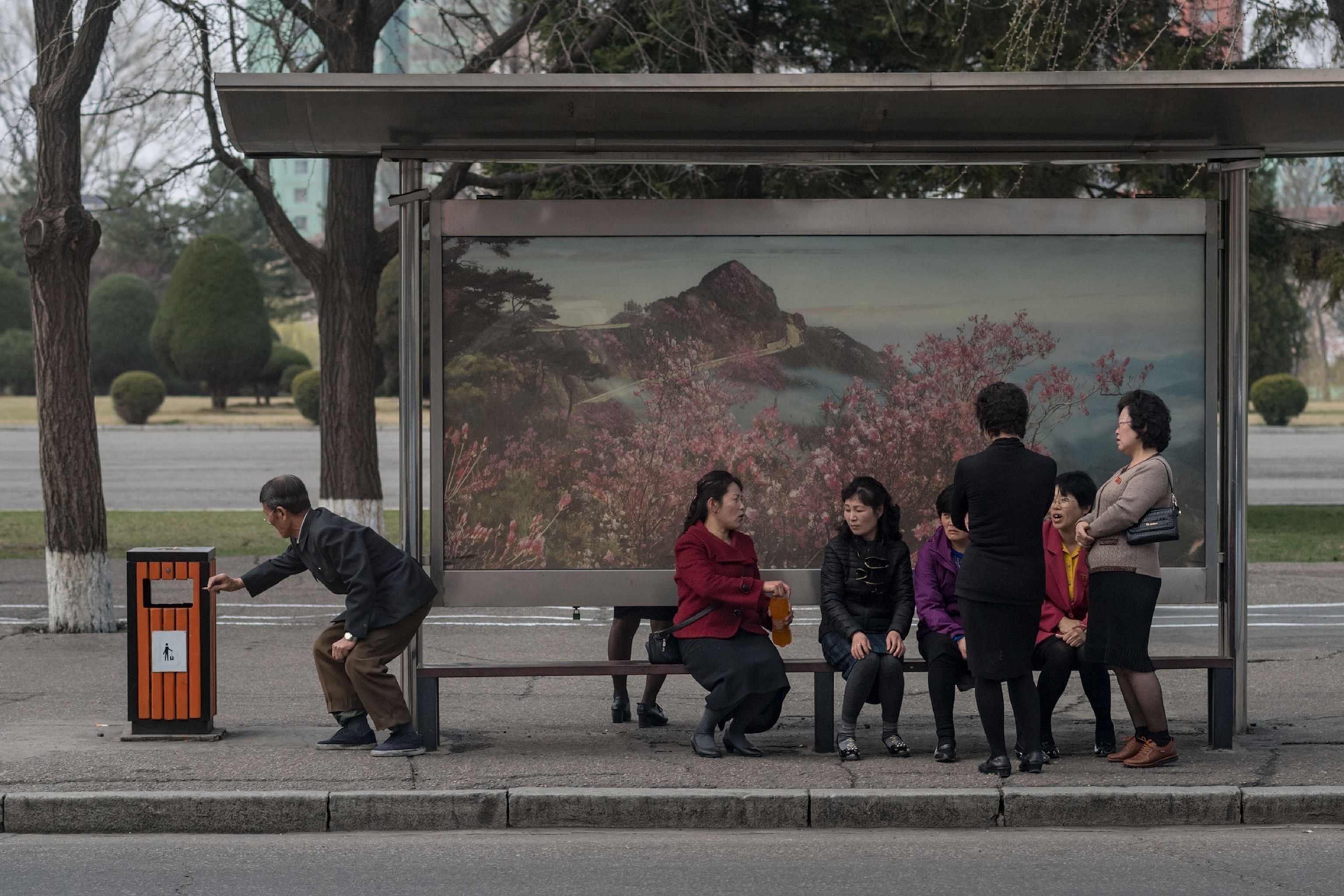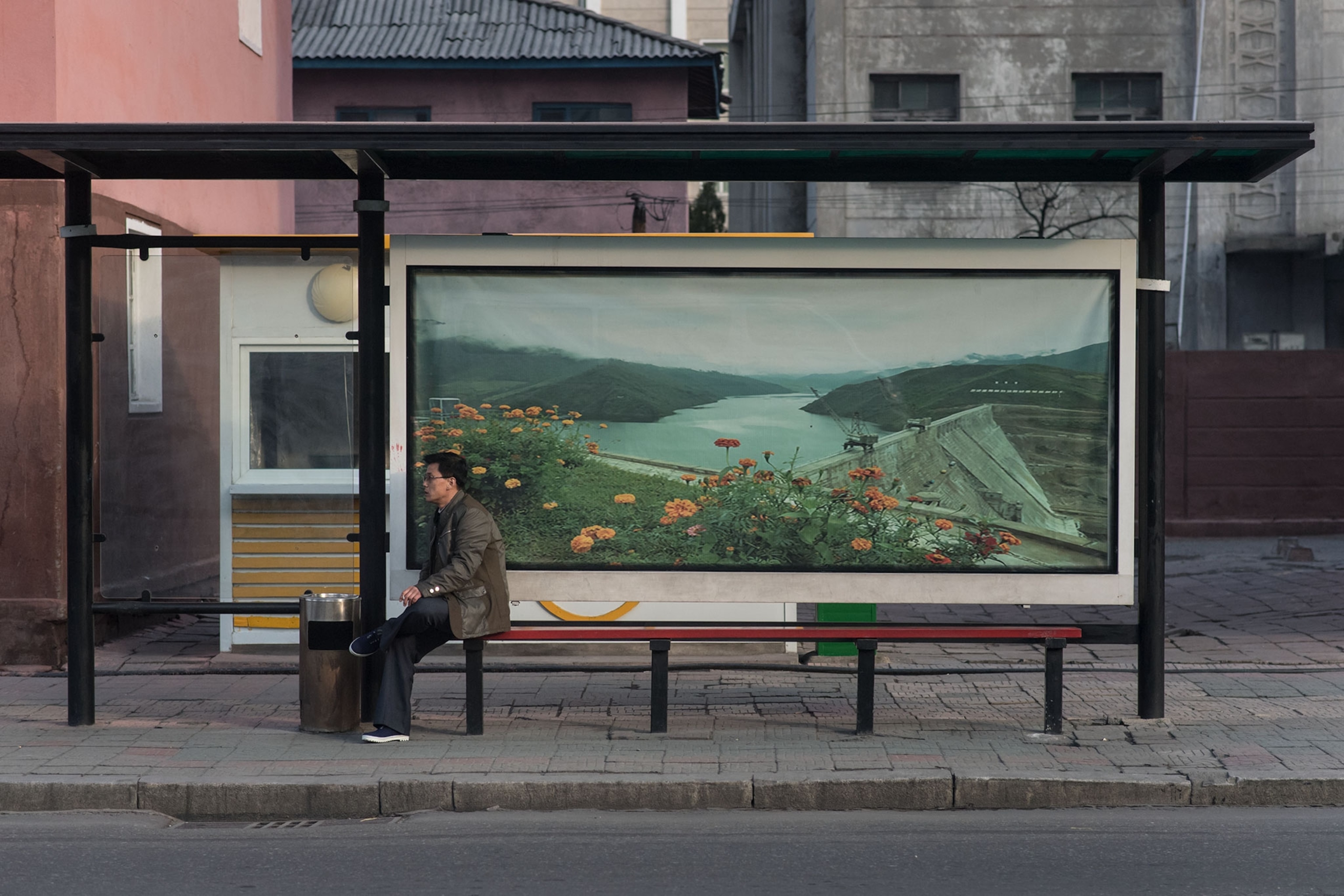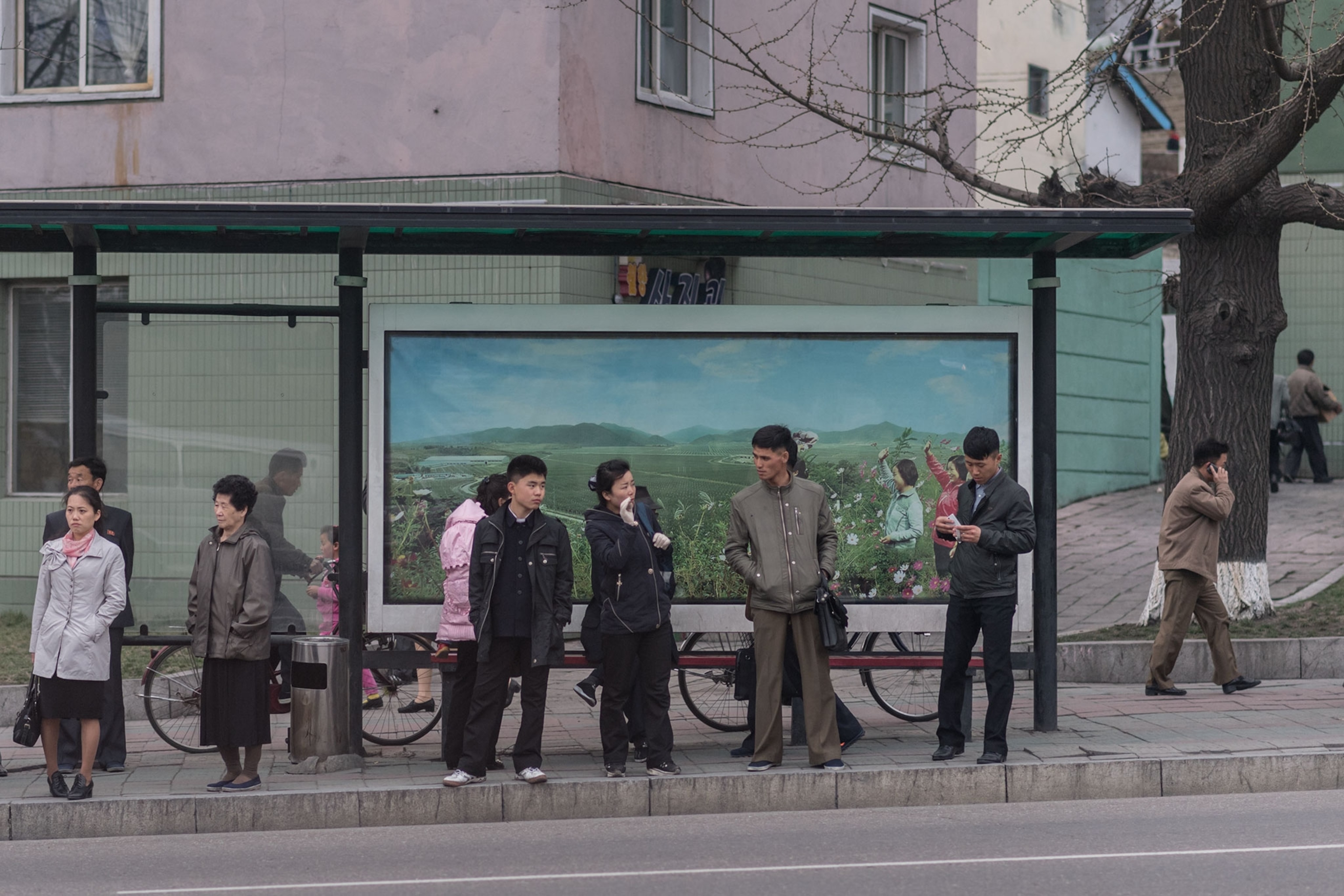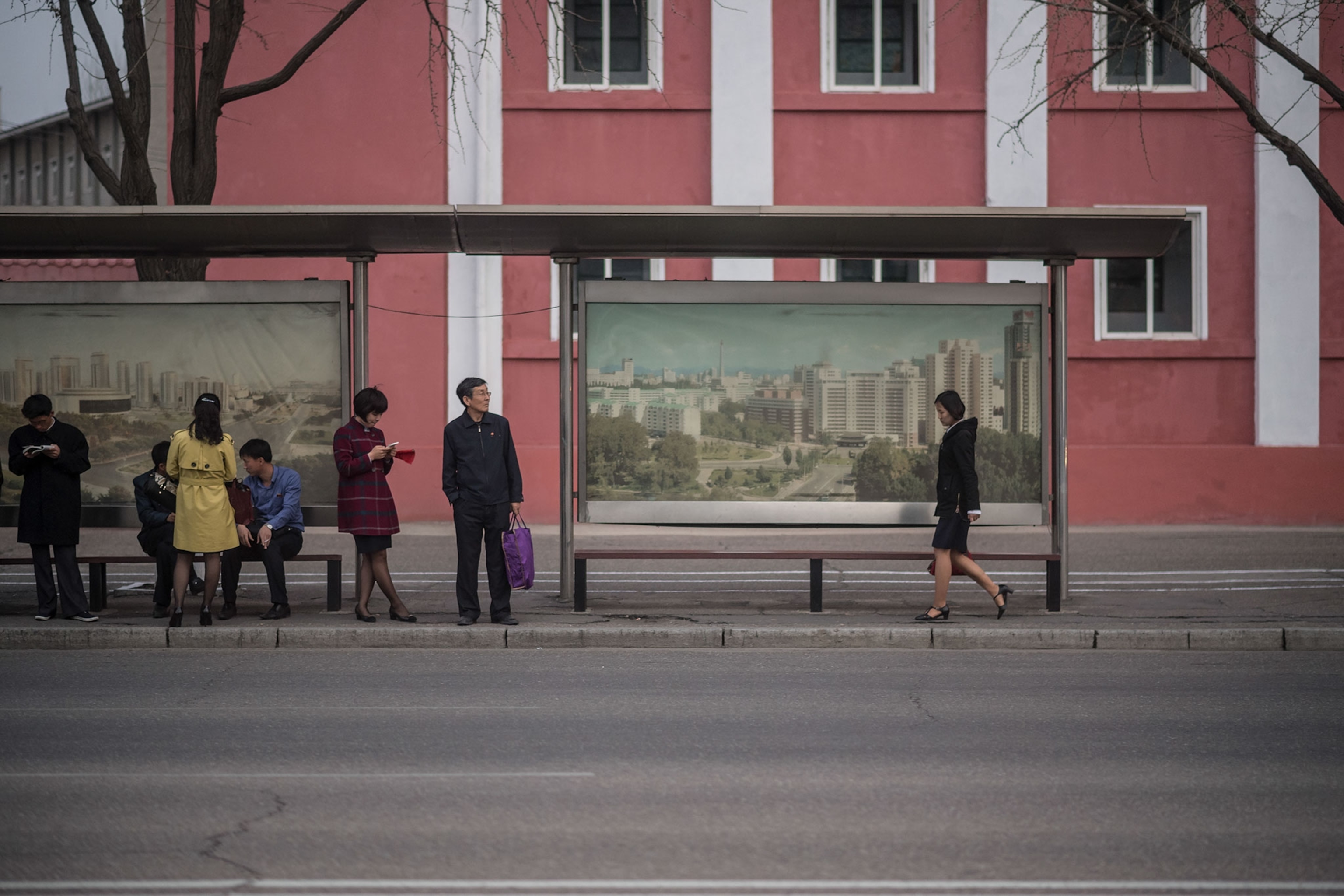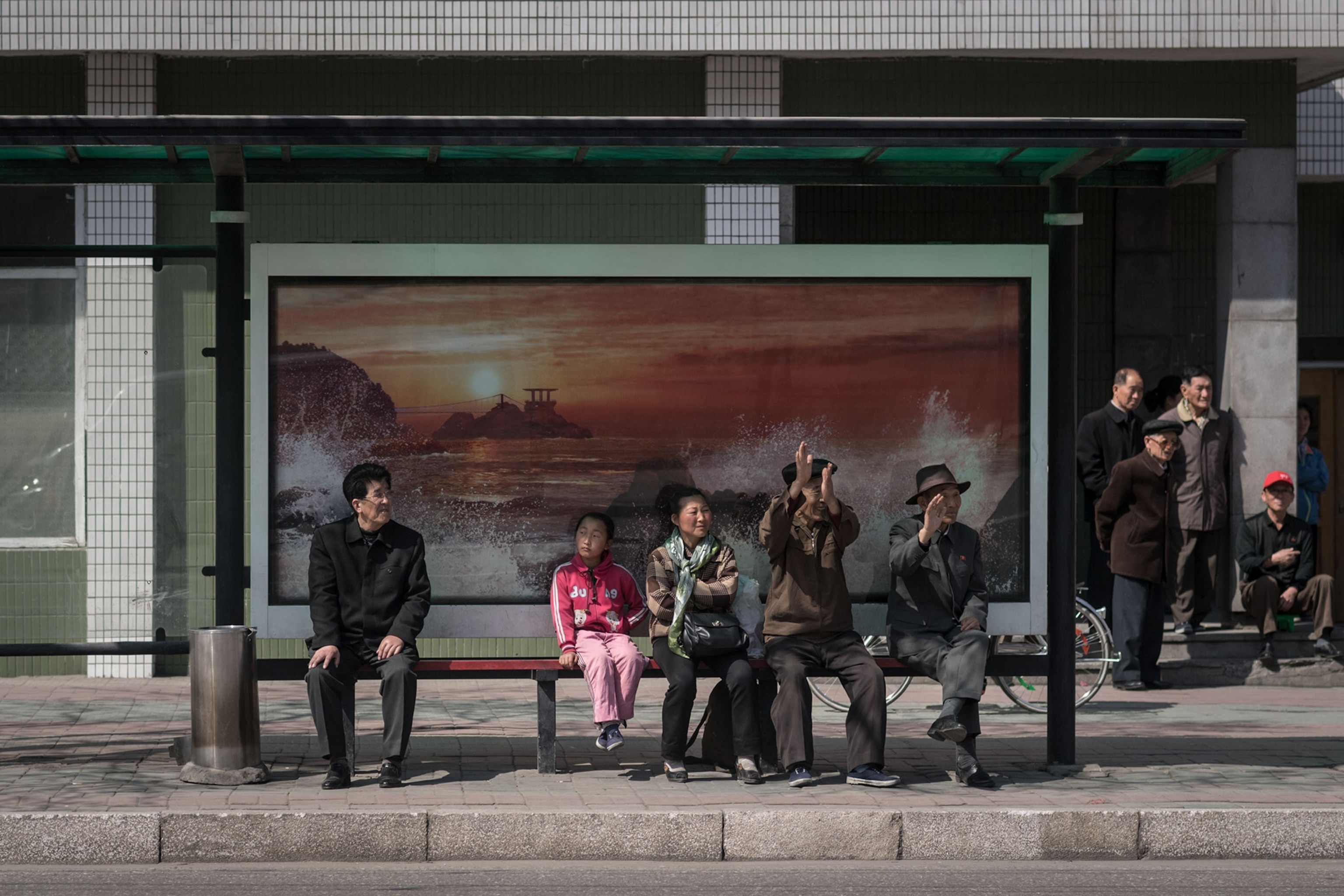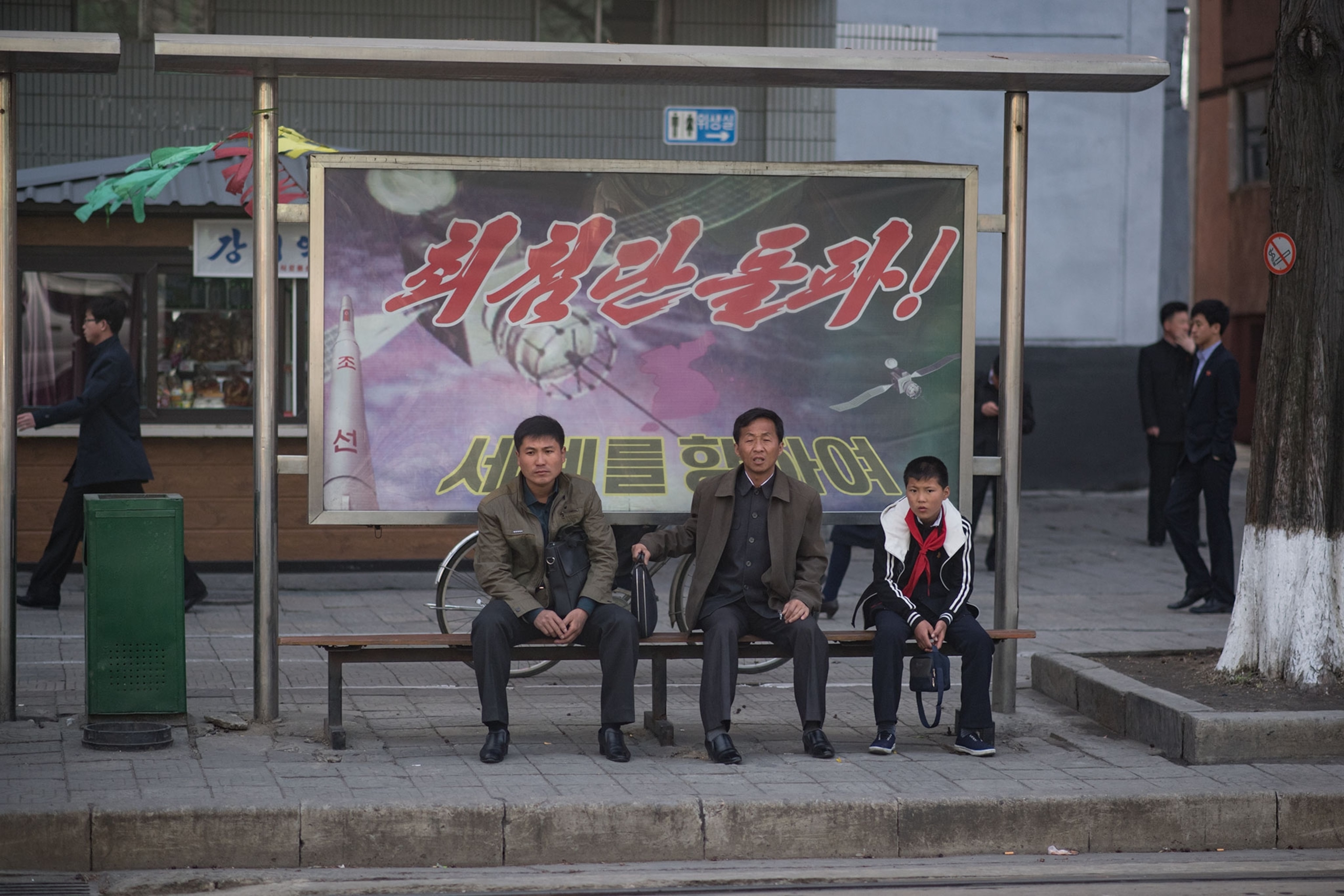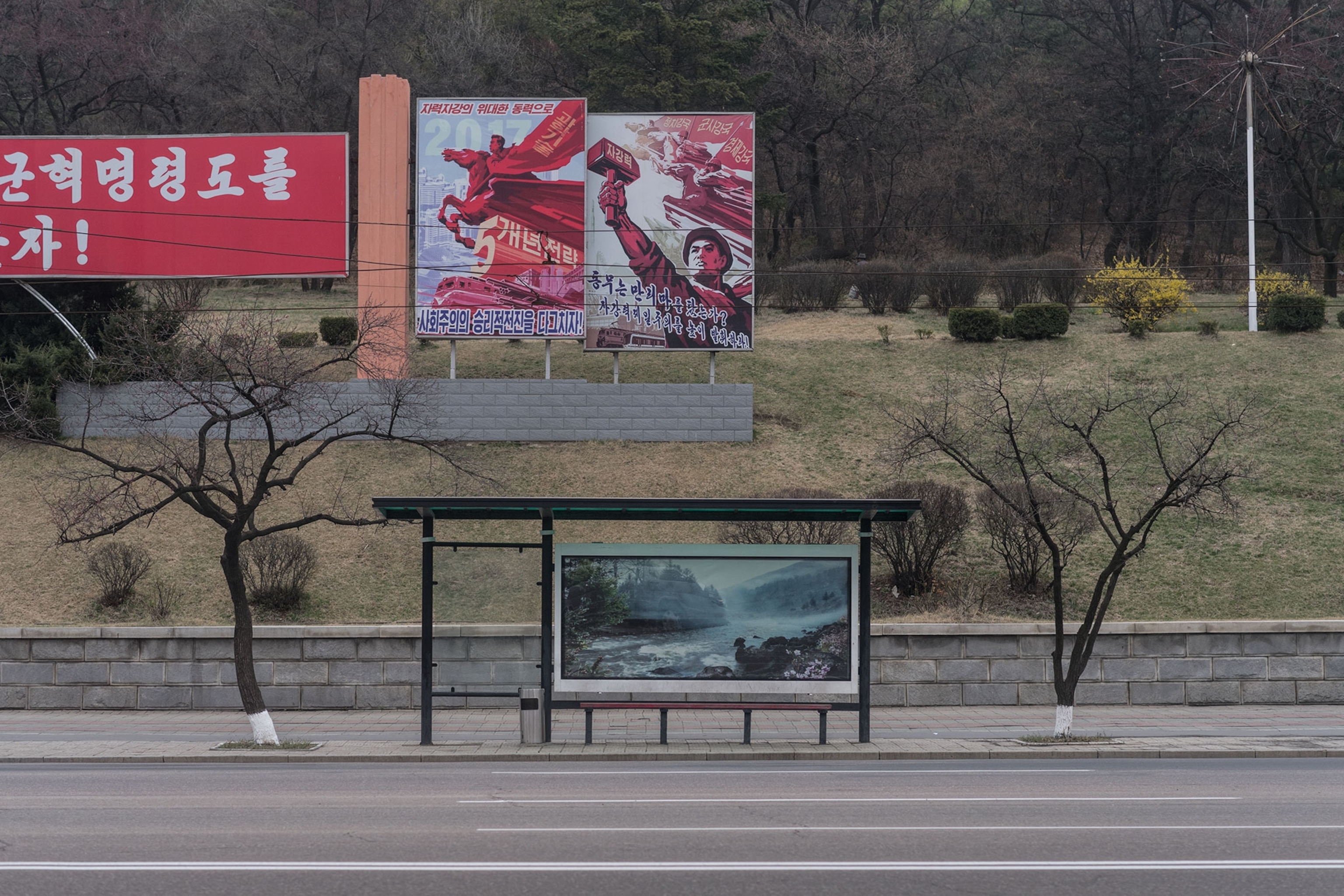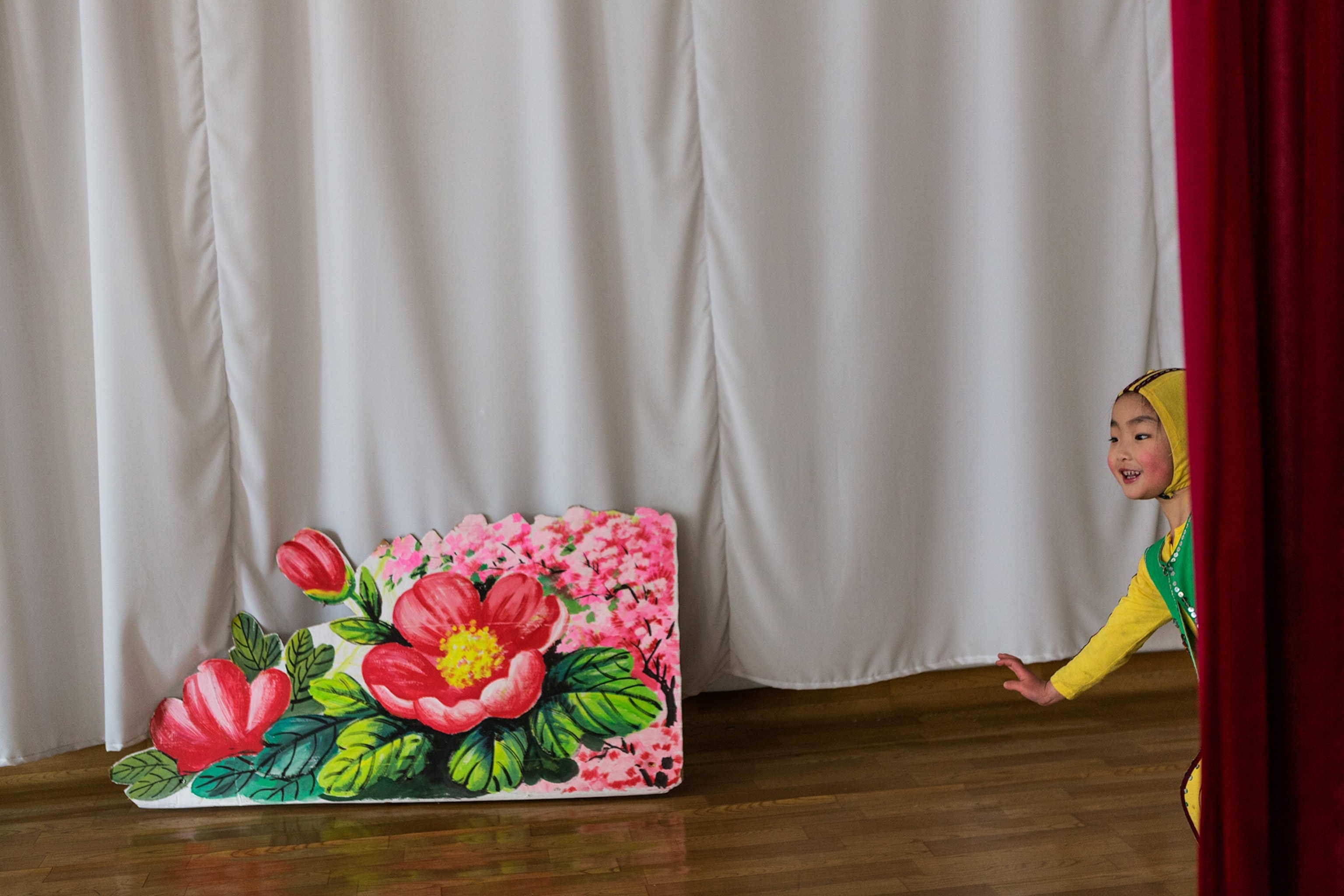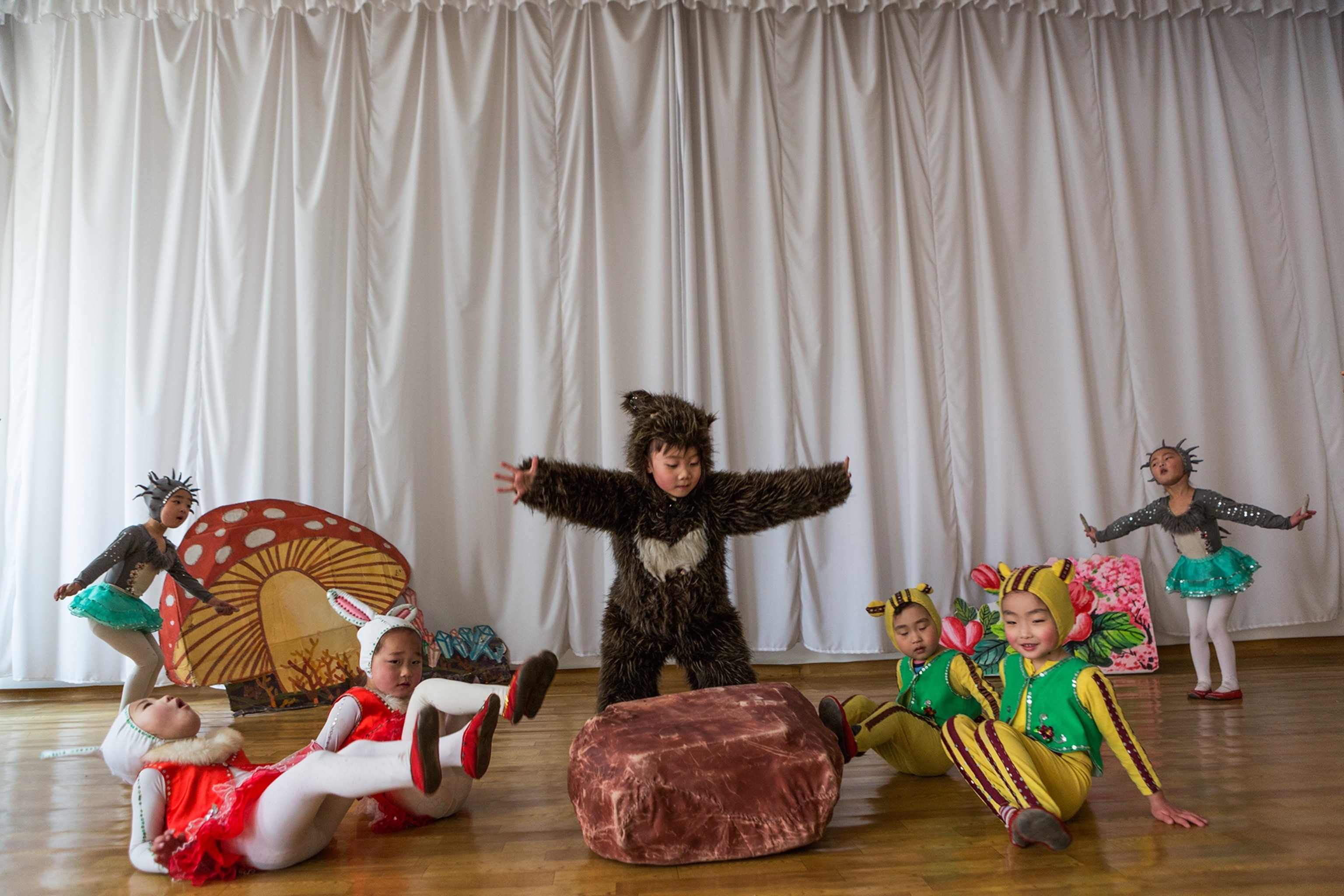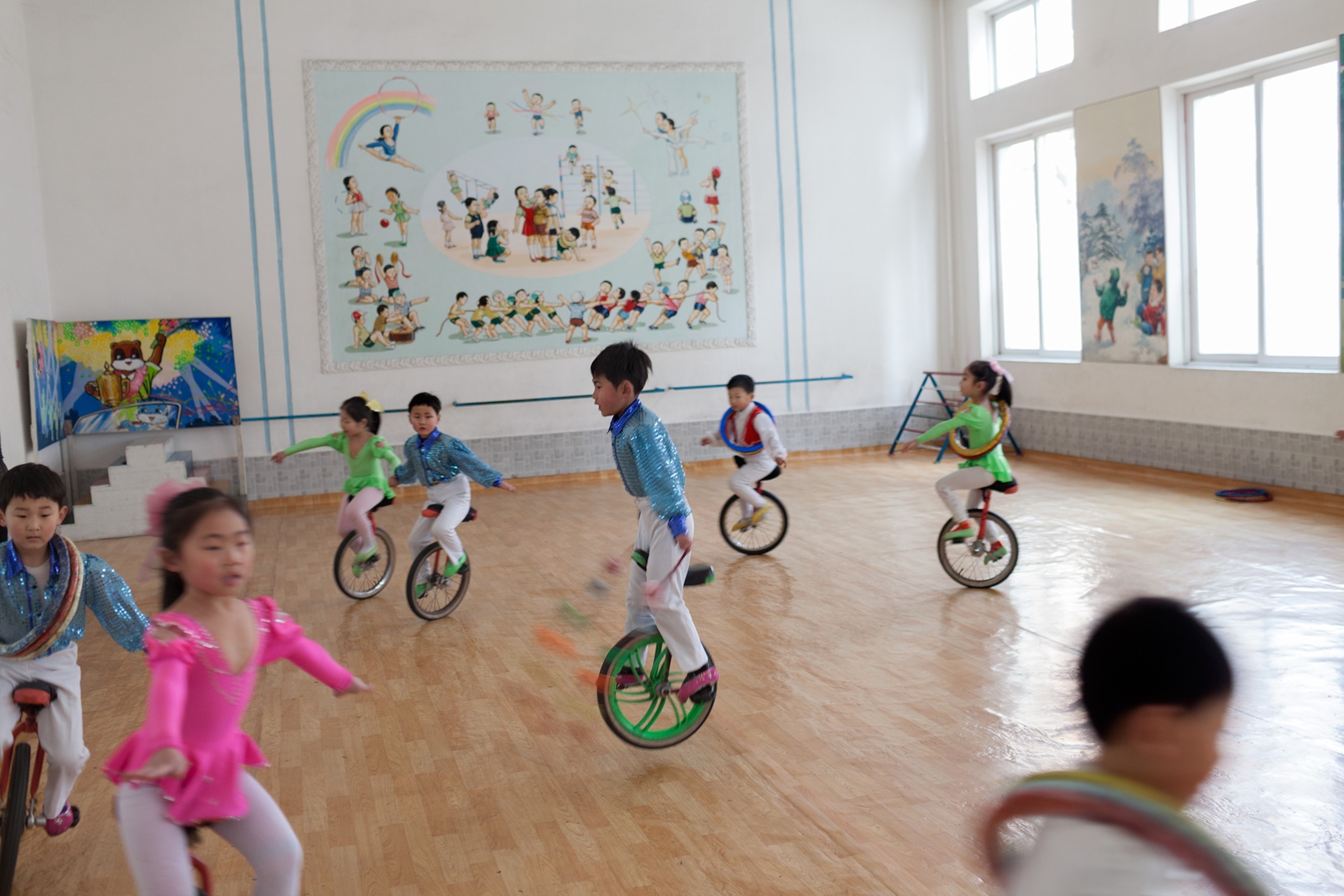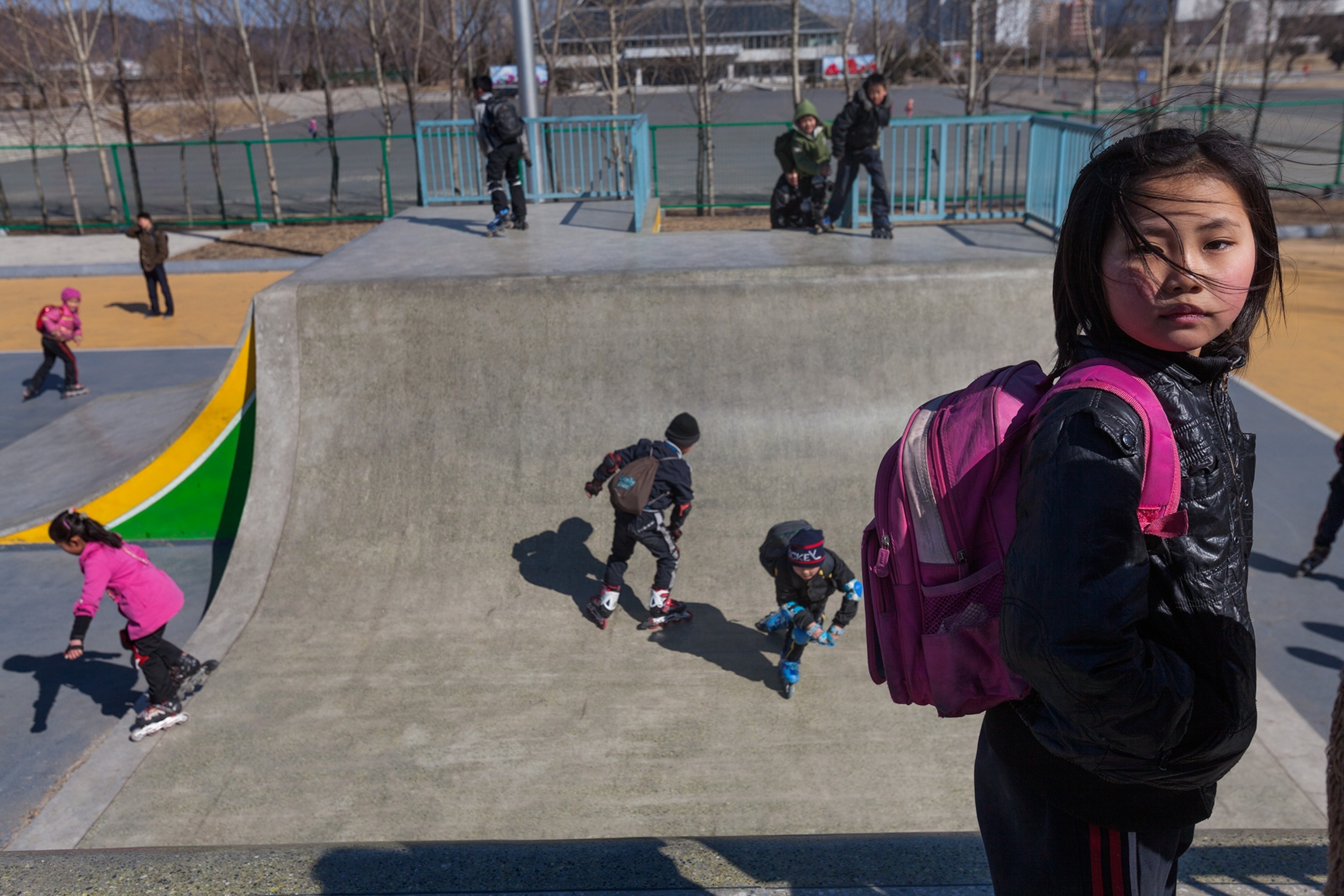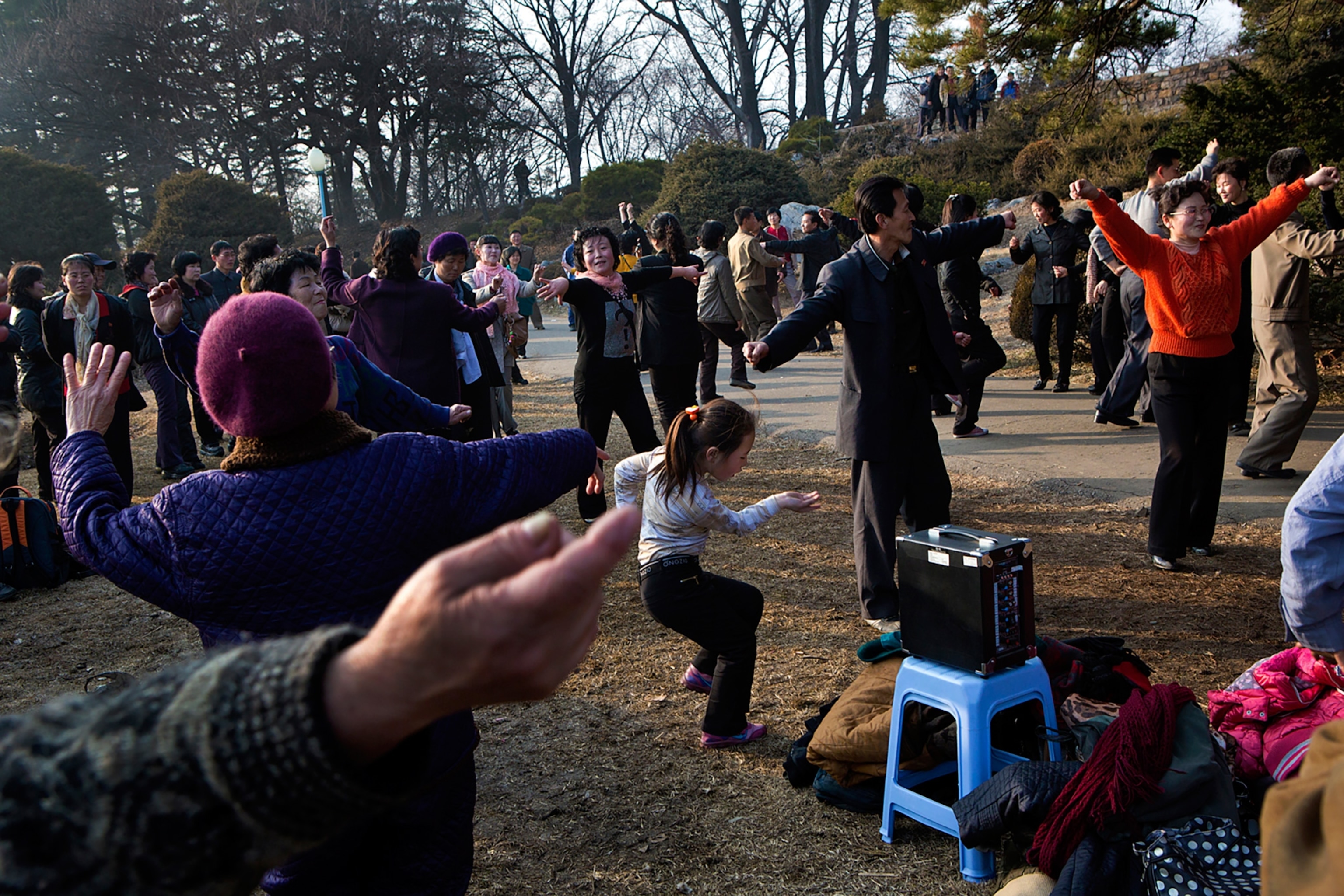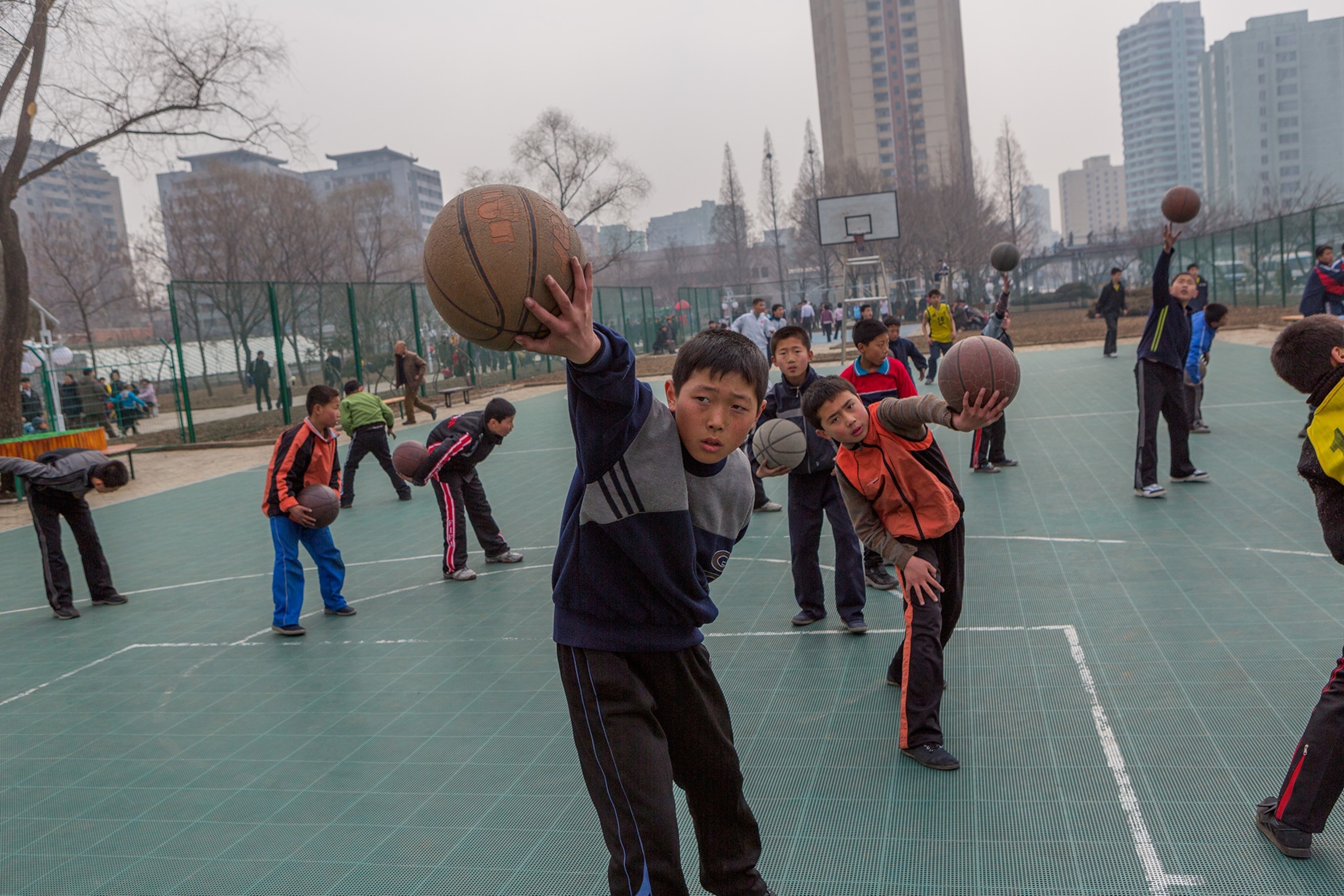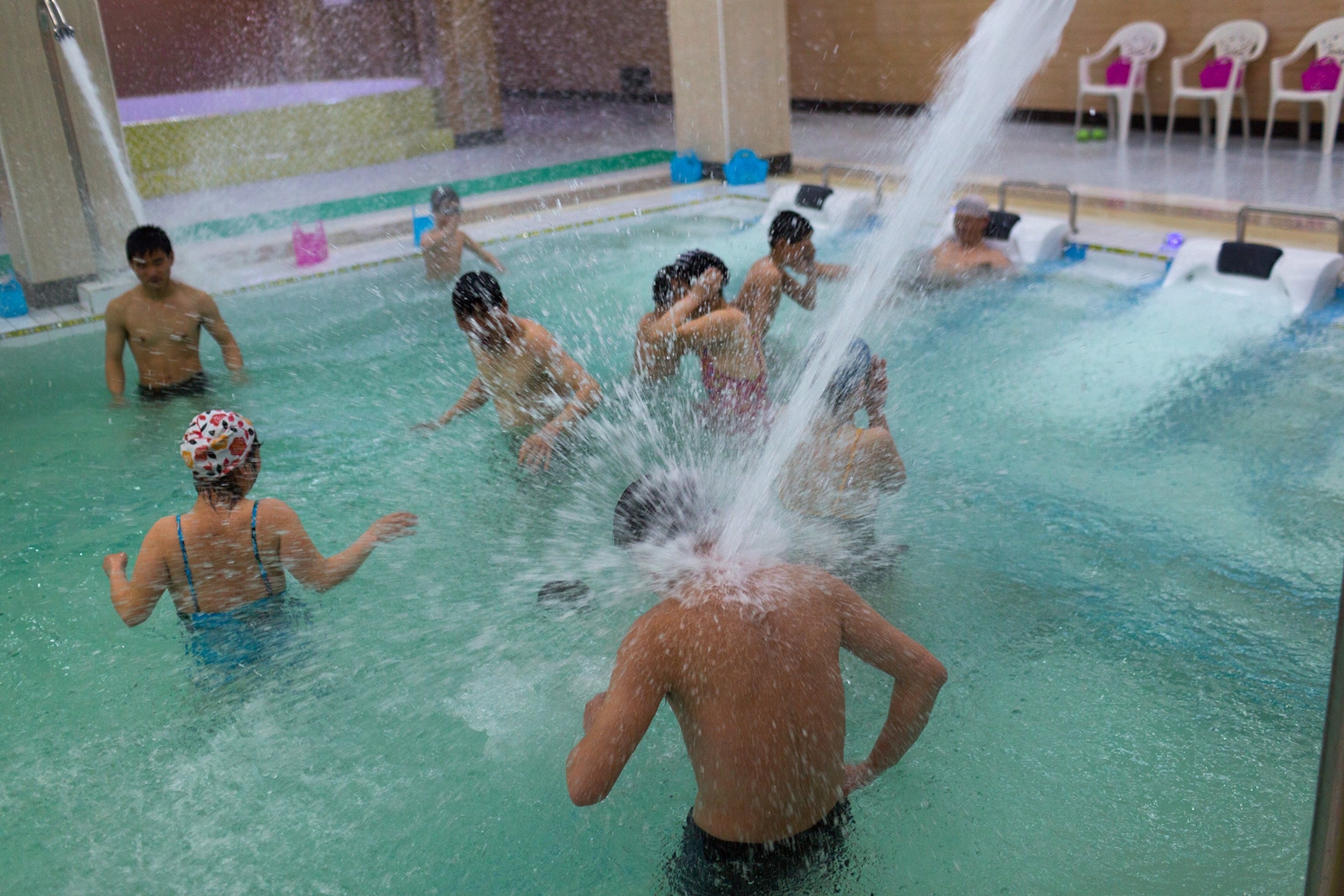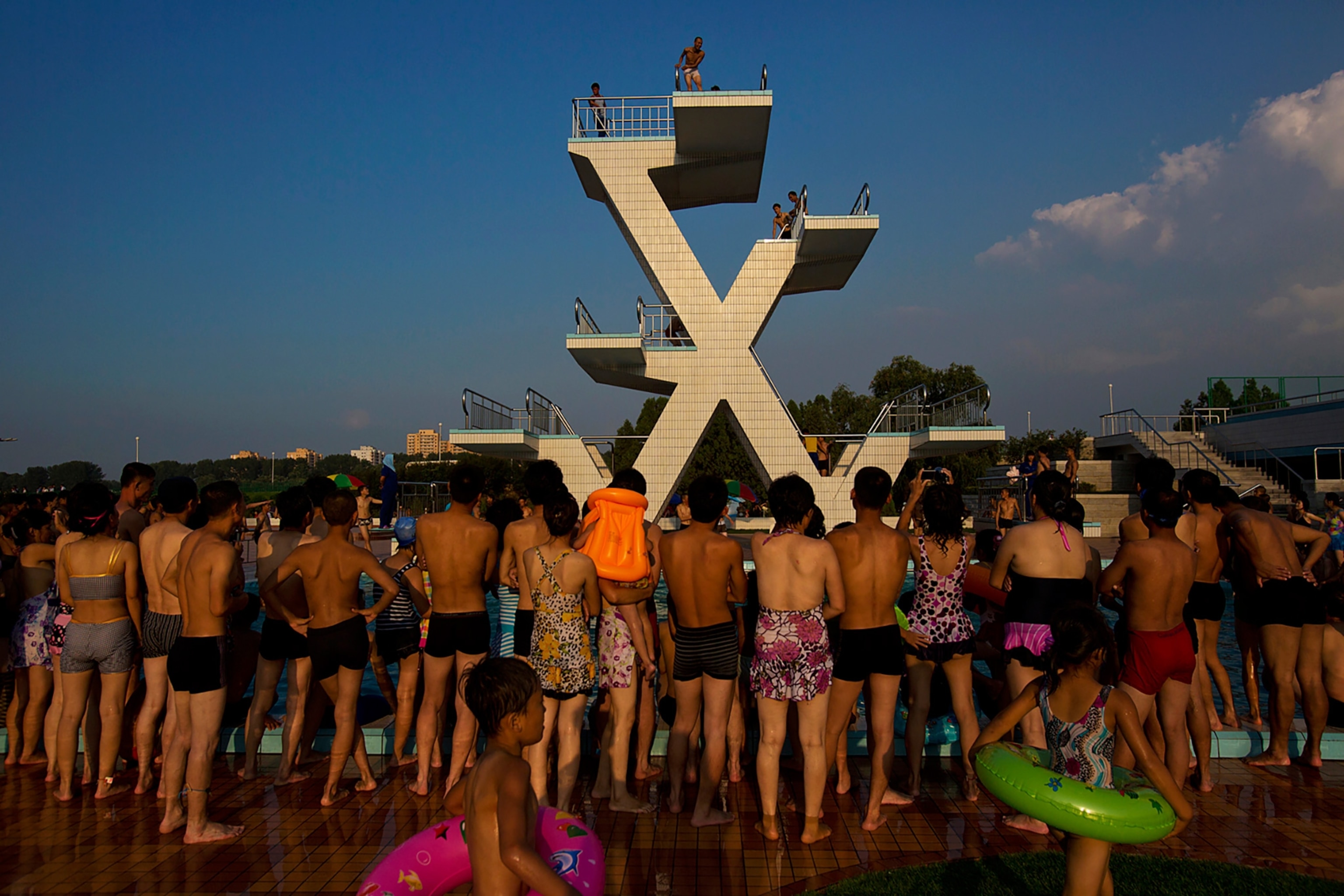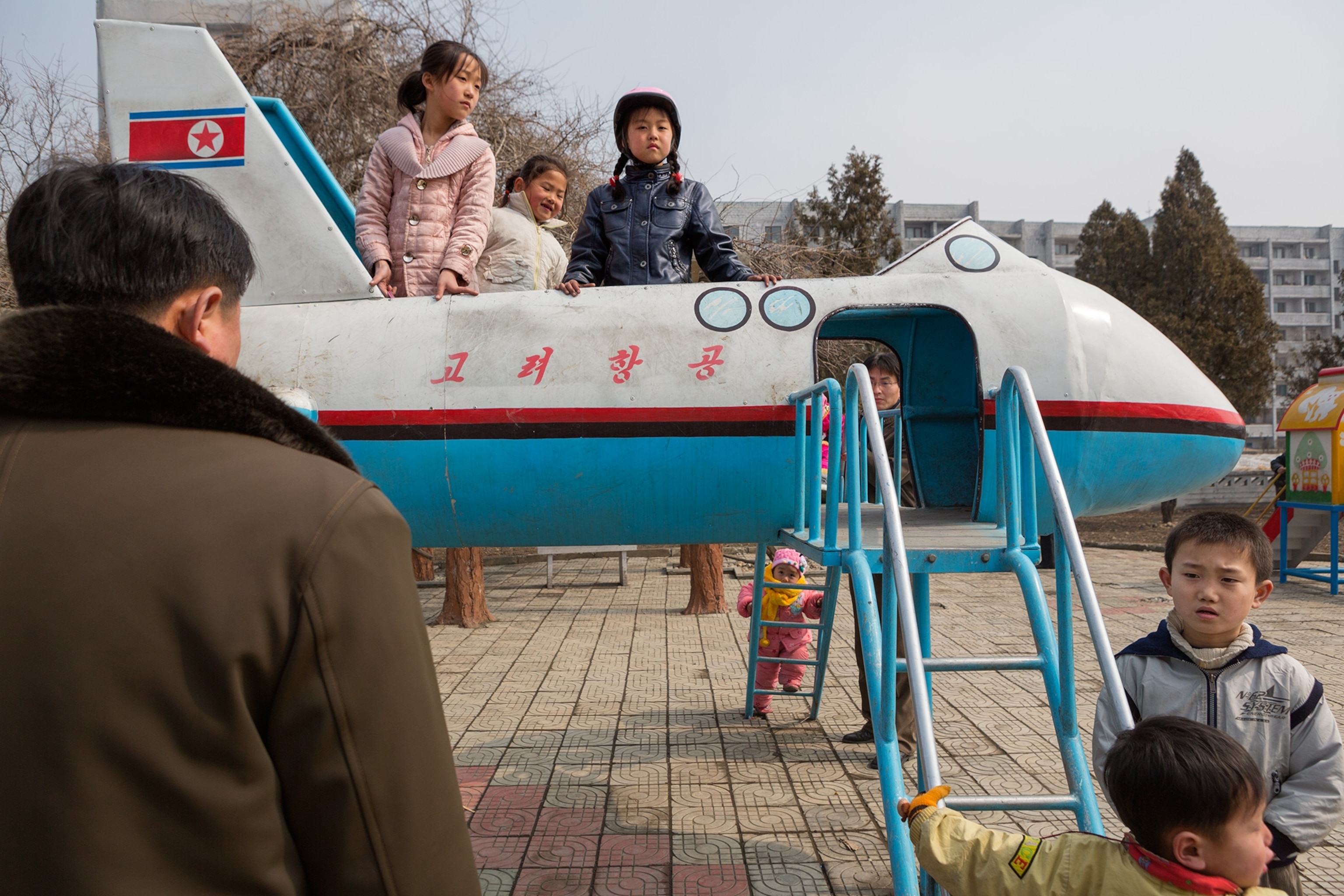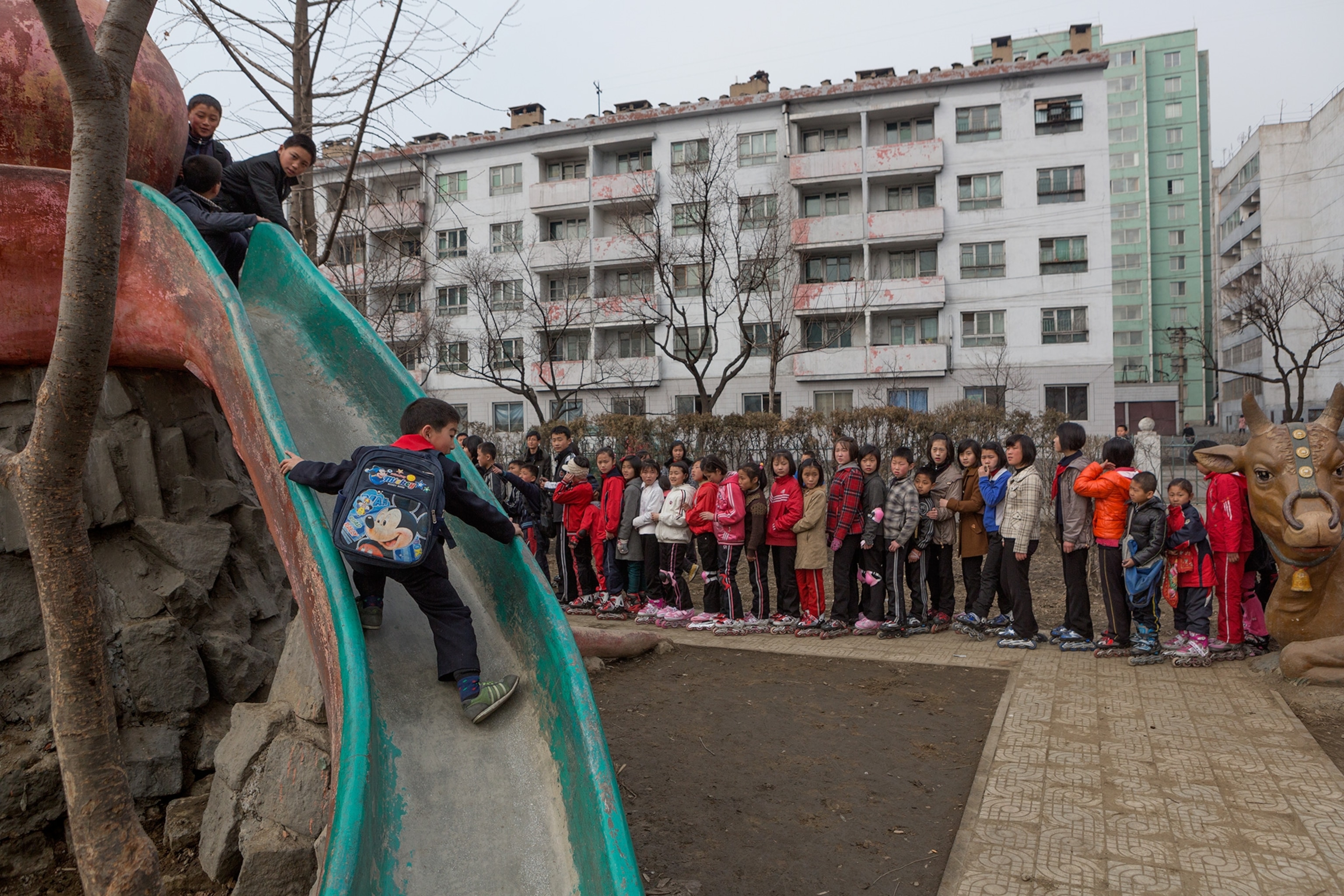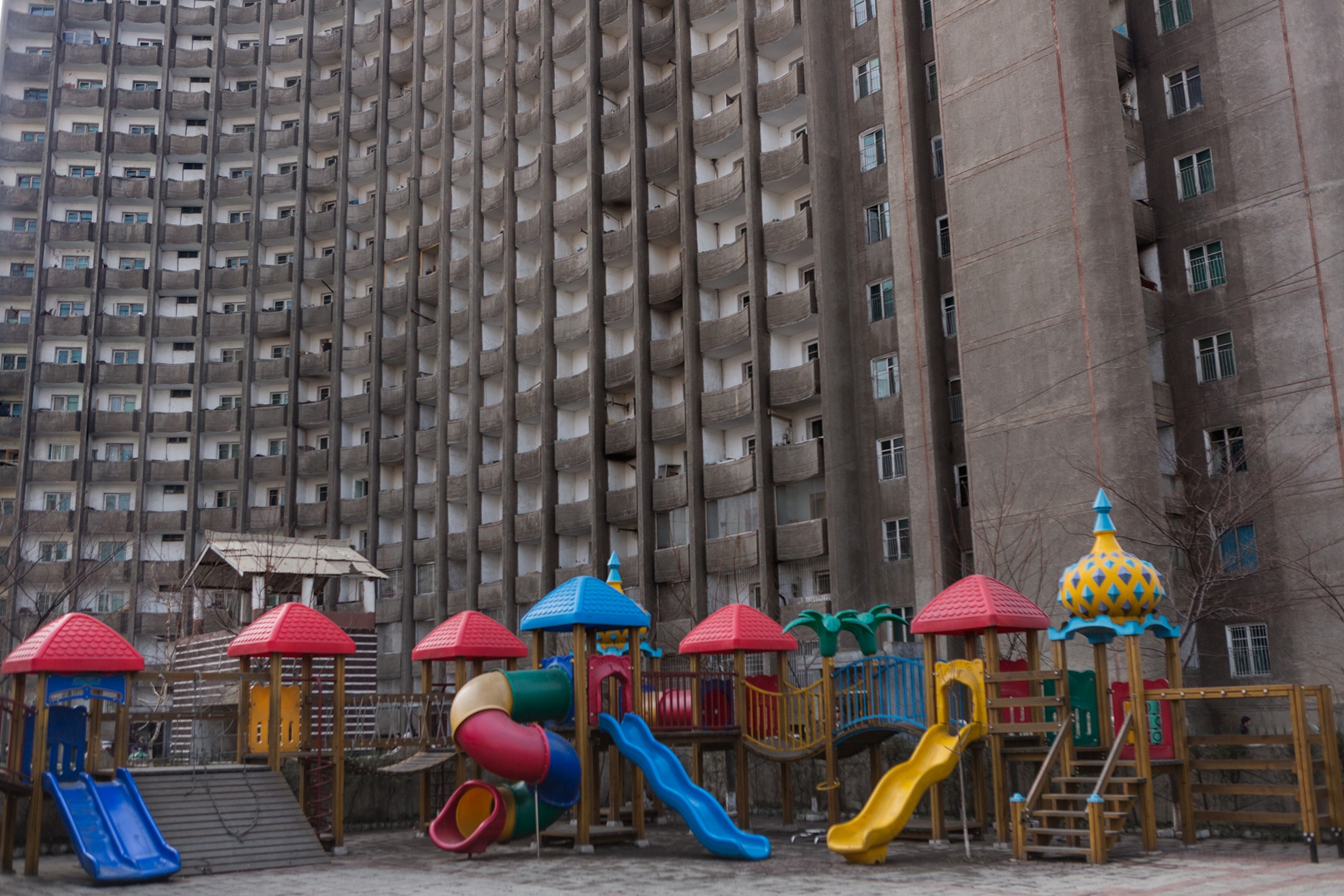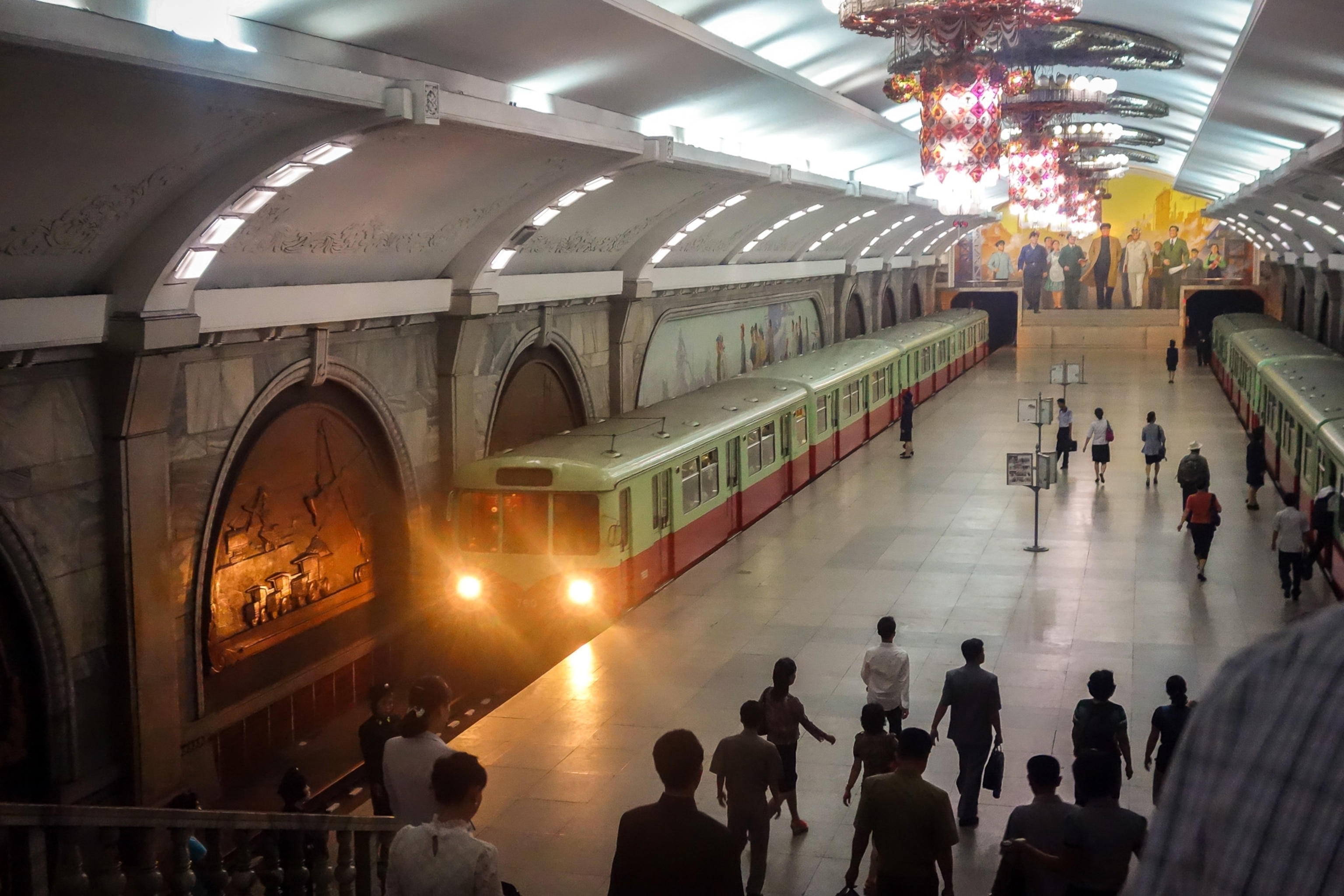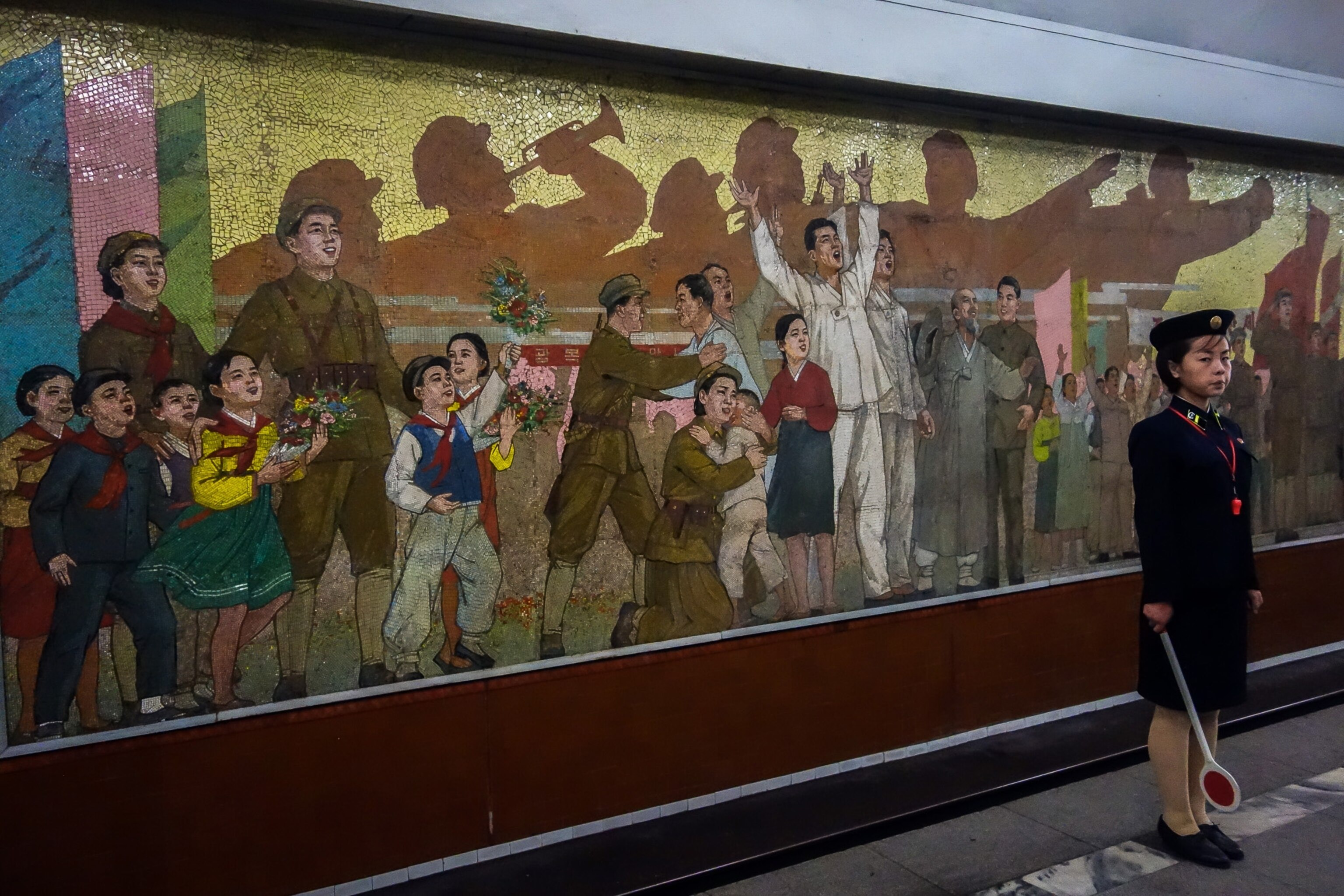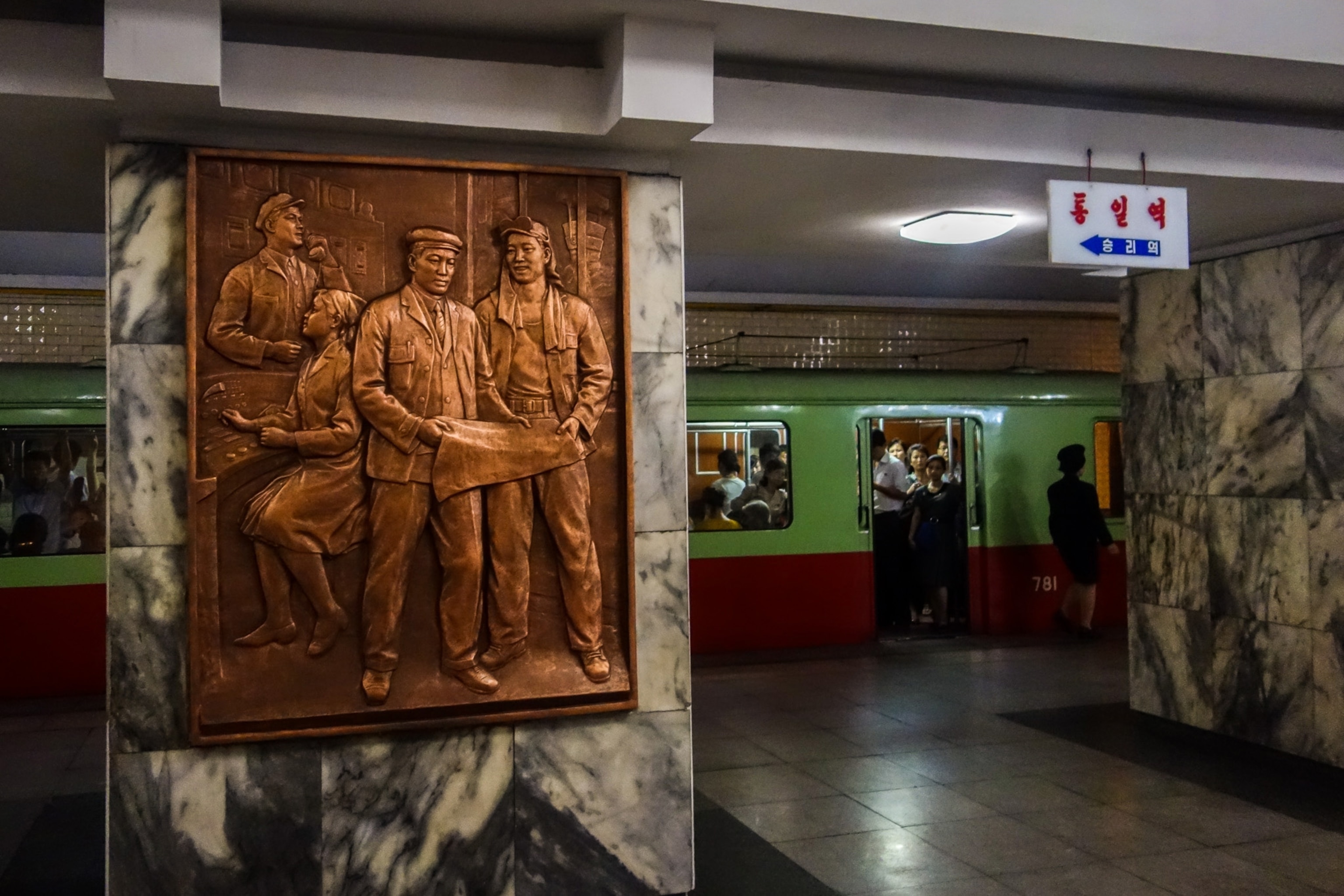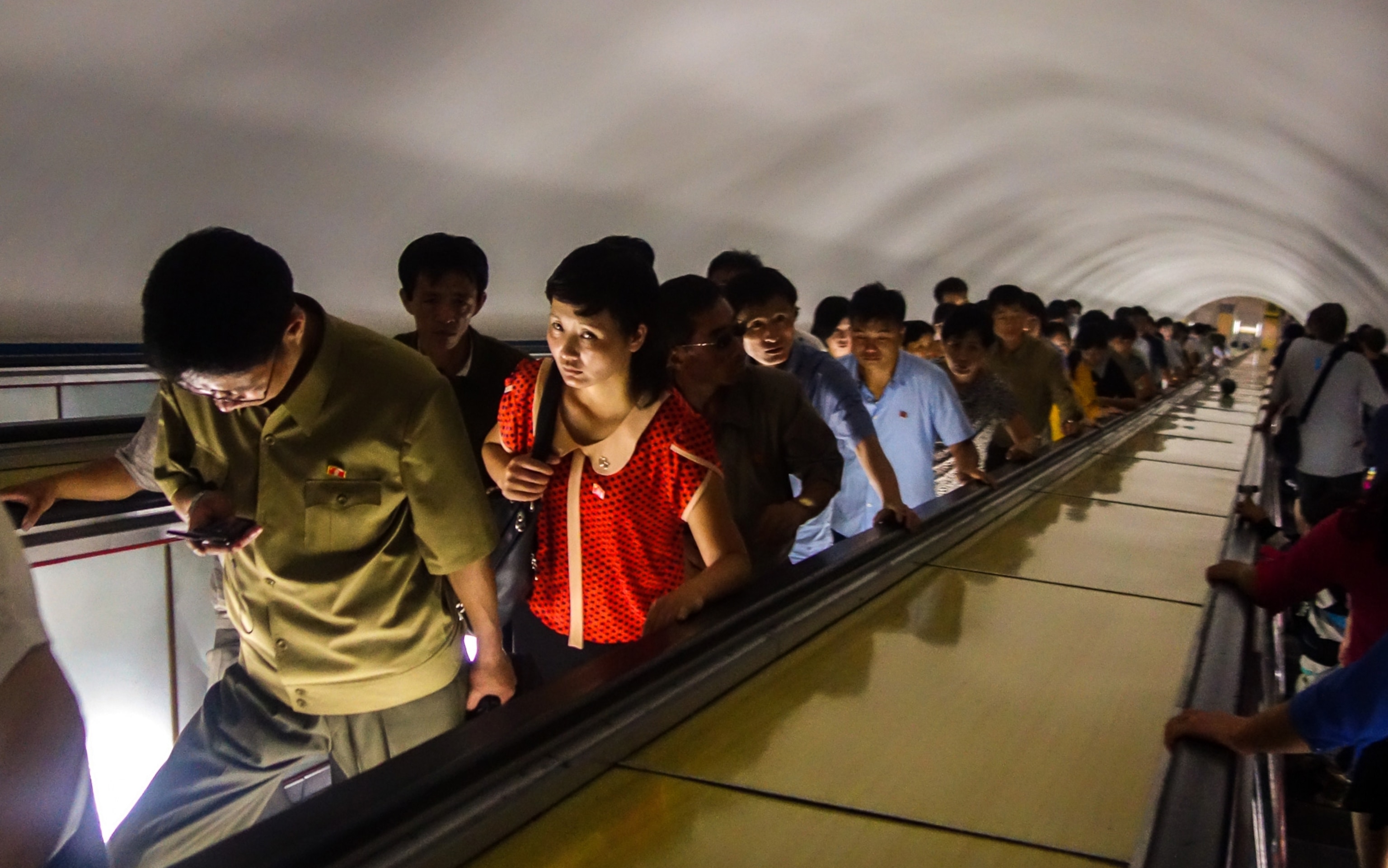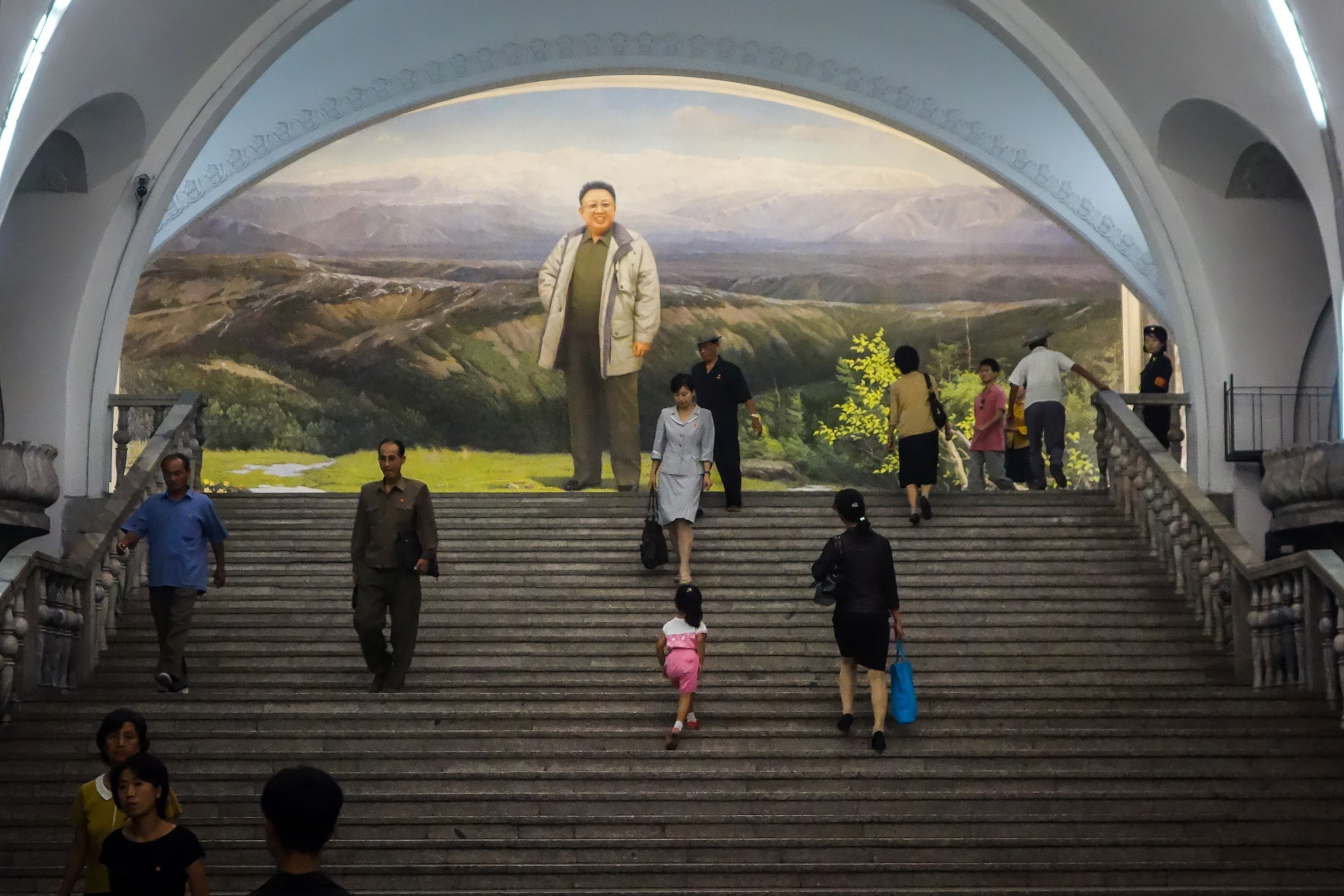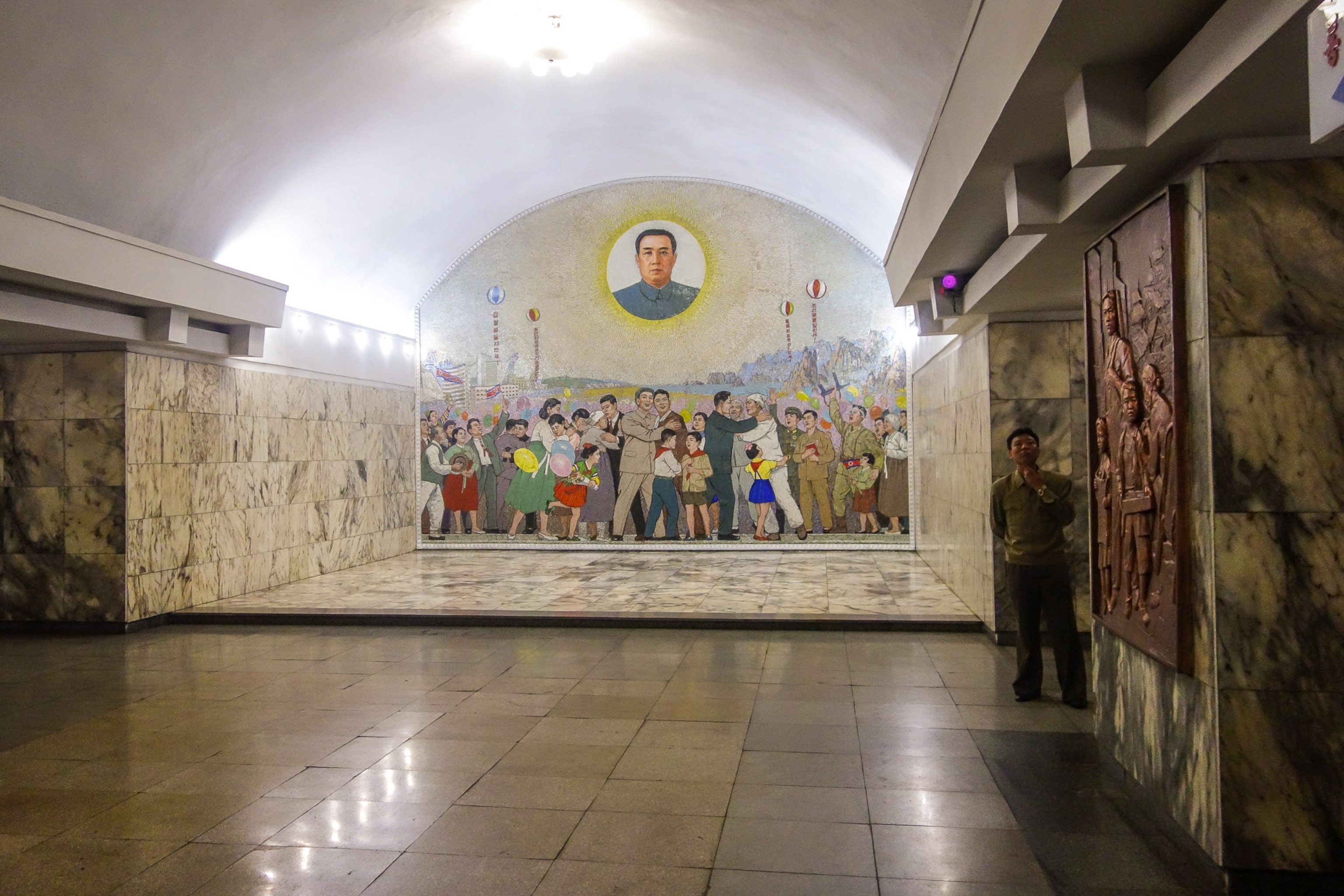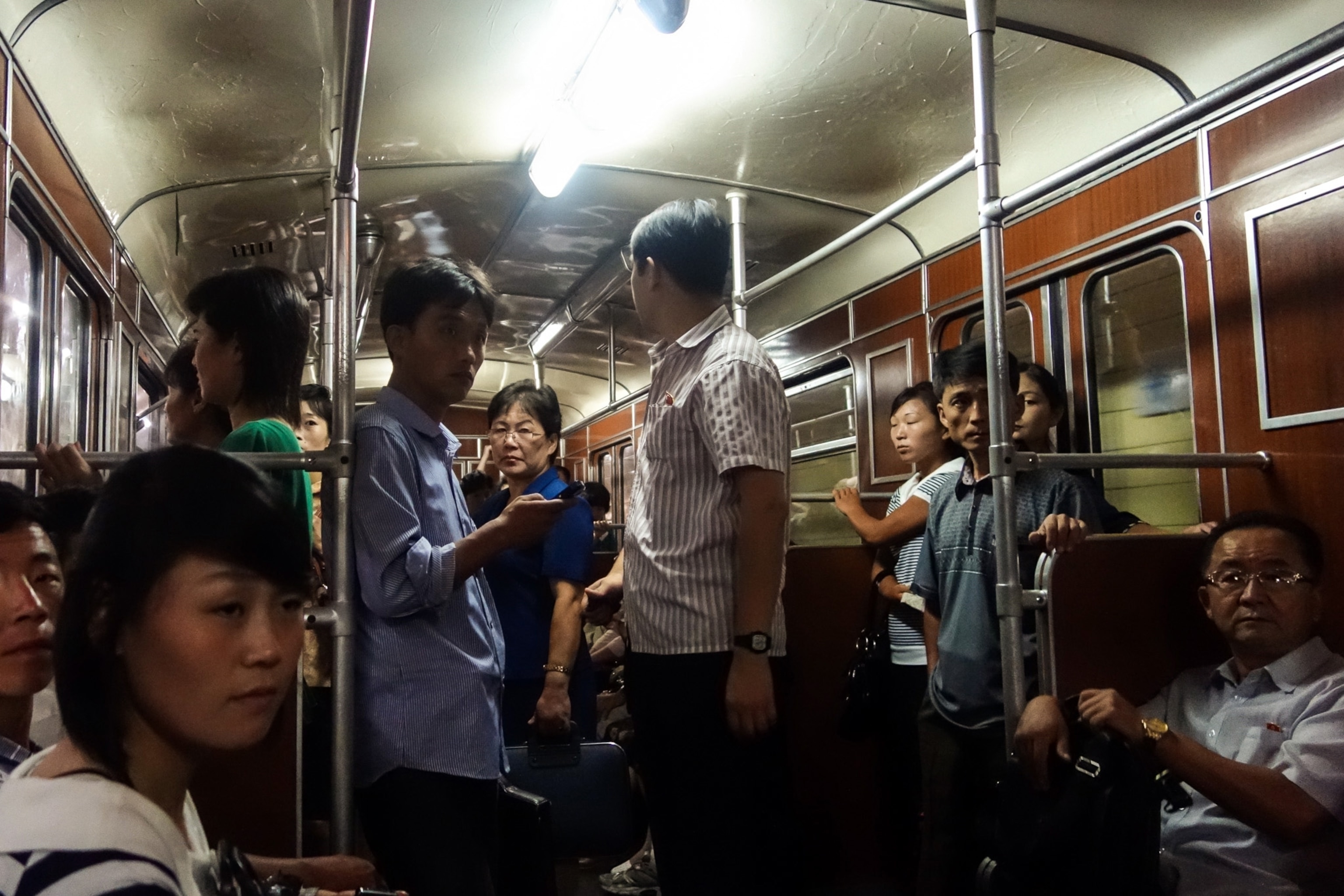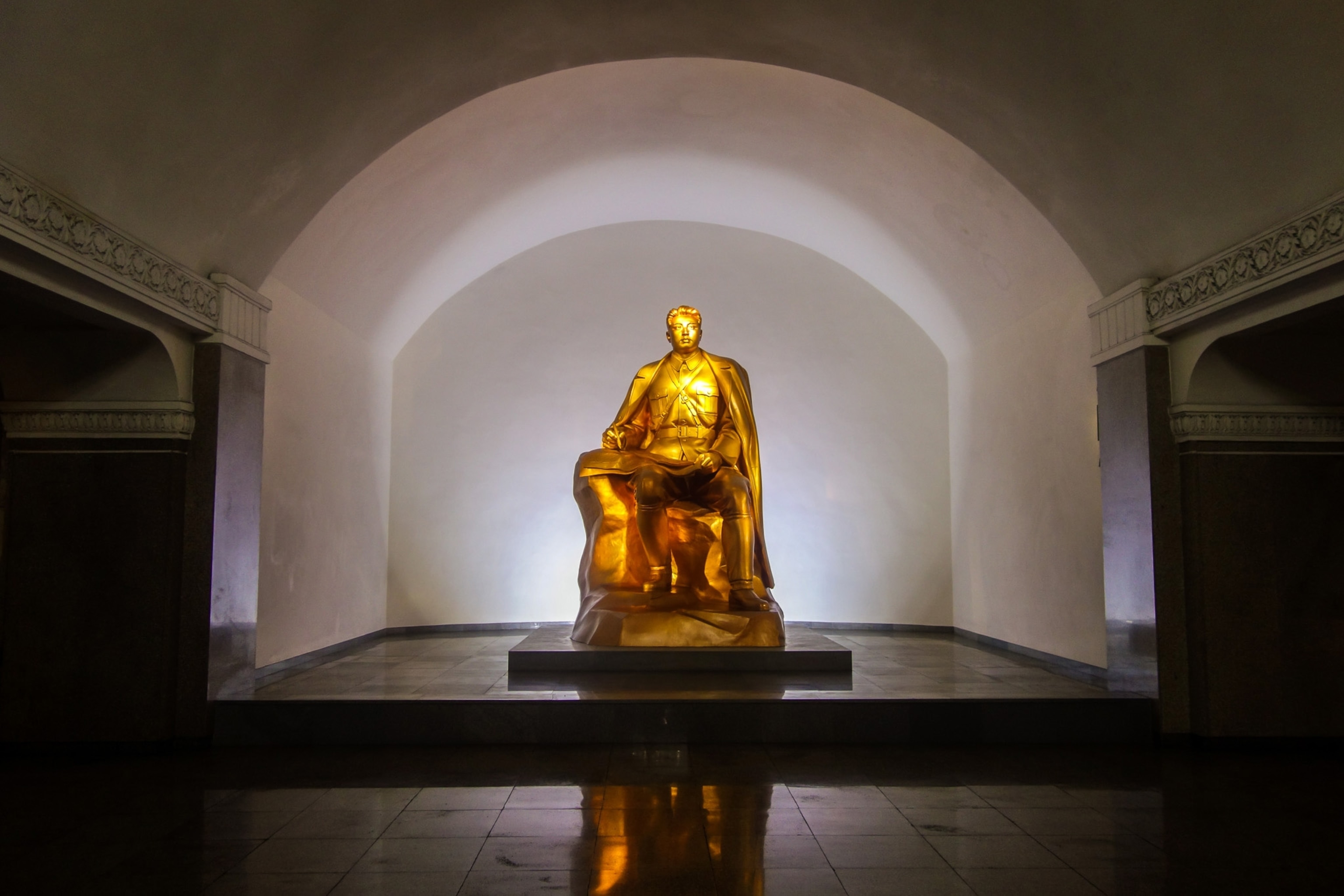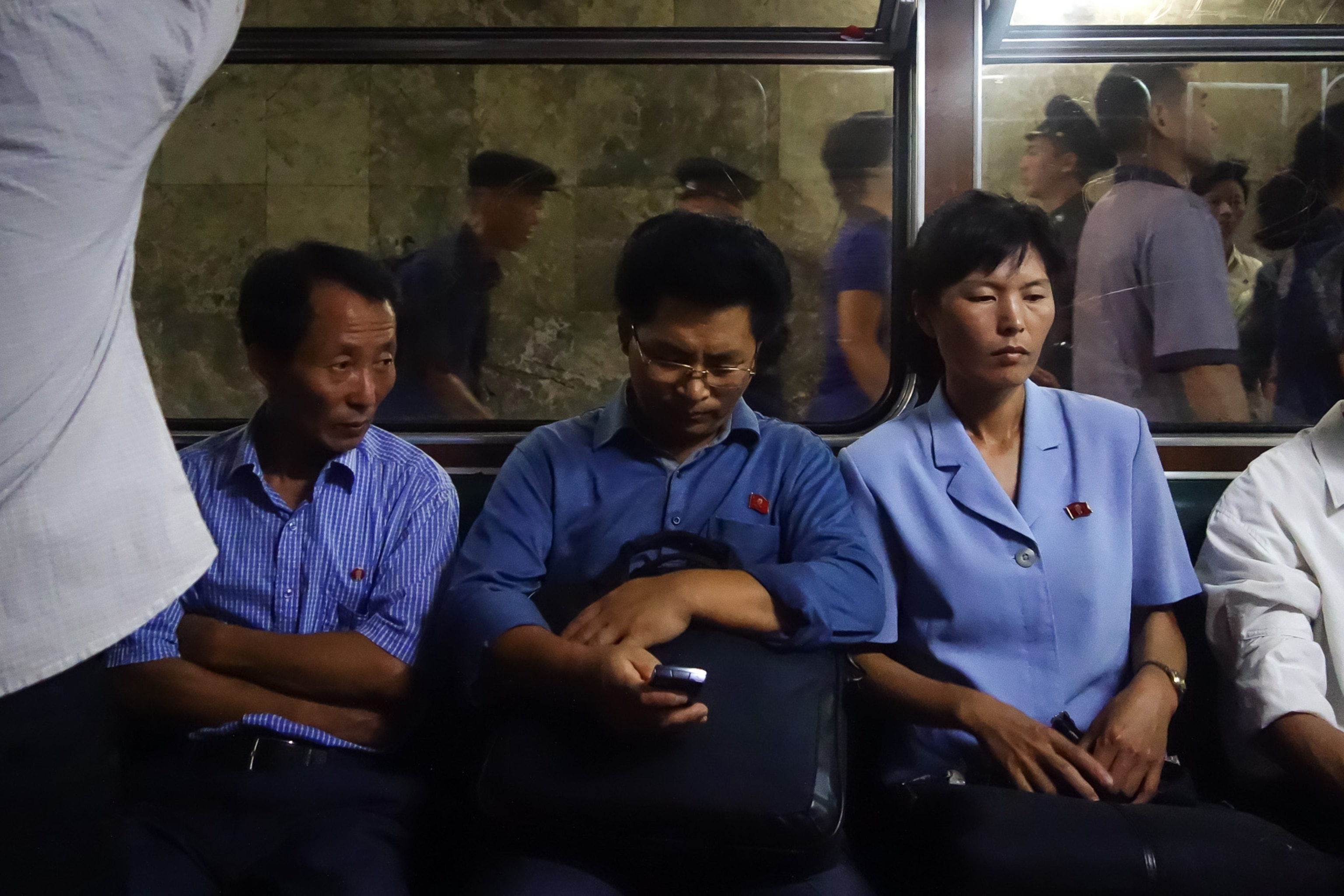6 Surprising Things You Didn't Know About North Korea
As tensions between North Korea and the U.S. mount, curiosity about what life is like there has increased.
There’s a lot about North Korea that the world doesn’t know, largely because of the governing regime’s intense control over its citizens and its wary approach to outsiders. But between satellite images, North Korean citizens who fled to other countries, and the small number of people who have managed to visit, a picture of everyday North Korea has slowly emerged.
A view from space, for instance, revealed that North Koreans have experienced a continuous lack of steady electric light across the country at night over the past few years. Other glimpses have shown a crippling famine that lasted for decades, leading to around three million deaths and a continued legacy of starvation.
Eunsun Kim, who escaped with her mother when she was 11 years old, says the country’s indoctrination begins the moment a North Korean citizen is born.
“We were brainwashed even in our mothers’ tummies,” she says. “More than 90 percent of the songs we were forced to sing were about the Kim family or the Labor party. The worship of the Kim family is normal.”
Take a look at the famously guarded country through our photos, videos, and articles, collected here in order to highlight everyday life in an unfamiliar area of the world.
1. Pyongyang is surprisingly pretty from above.
This flyover video of Pyongyang, North Korea’s largest city, is a rare sight, filled with pastel-colored buildings along a winding river. It was created by a foreigner who was allowed to capture footage from a unique vantage point: a tiny airplane that flew over the city.
Although the government allowed only limited footage, filmmakers Rob Whitworth and J.T. Singh provided glimpses of daily life in the following time-lapse video of Pyongyang, including North Koreans riding the subway, circling historic monuments, and visiting a local skate park.
2. The military is part of residents’ everyday lives (a really deep part).
“You see them everywhere. They’re not just the country’s defense, they’re part of North Korea’s entire identity,” National Geographic photographer David Guttenfelder says.
Soldiers are involved in development and infrastructure projects, and Guttenfelder captured their importance in daily life in Pyongyang. Guttenfelder, one of few westerners who has spent extensive time in North Korea from 2000 to the present, was invited to North Korea’s annual Mass Games performance and the highly choreographed military demonstrations of goose-stepping soldiers and artillery on parade.
Everyone at the event has a role to play, including the spectators, who use color flip-books to make grand mosaics from the stands. The images are usually tributes to the country’s leaders, or simply the military at large.
3. Pyongyang holds glimpses of beauty.
These images by Ed Jones capture North Koreans as they wait at bus stops in the capital of Pyongyang. While their bored expressions mirror those of bus riders the world over, the stops themselves look a bit different in North Korea. Instead of sporting ads or graffiti, they feature landscapes or cityscapes, often with beautiful scenery.
Buses are by far the most common means of public transport in the capital of around three million people, where access to private cars is rare, and they offer an extensive network of coverage. Tickets cost 5 won each, less than 0.1 U.S. cents at free-market rates, making journeys virtually free.
4. A volcano on the peninsula could erupt.
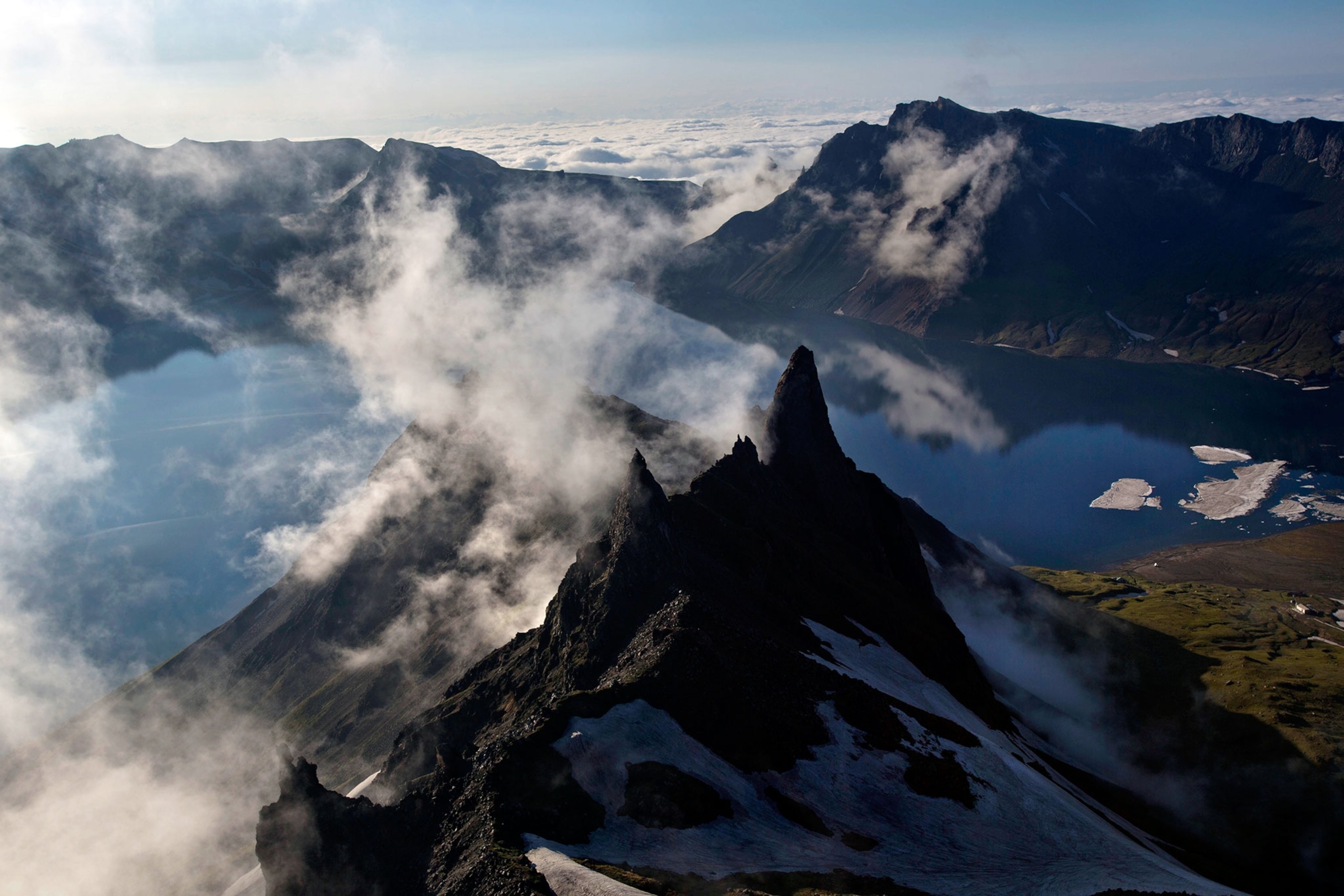
Sprinkled with villages and blueberries, the sacred and beautiful volcano Mount Paektu has been rumbling in recent years, prompting an international effort to study its underbelly.
A millennium ago, Mount Paektu exploded with a fury rivaling the largest eruptions in recorded human history, hurling crackling rocks and ash as far away as Japan. Despite that violent outburst, Mount Paektu—or Changbai, as it’s called in Chinese—remains fundamentally mysterious. Few outside the region are even aware it exists. And no one knows if, or when, the 9,000-foot-tall peak might erupt again.
5. There is an element of luxury in some North Koreans’ lives.
Between a fancy ski resort and the popularity of rollerblading among elite North Koreans, life there isn’t all doom and gloom. Over the years, National Geographic photographer David Guttenfelder has noticed the increase in rollerblading as part of a greater emphasis on athleticism and recreation that has occurred since Kim Jong-Un took over as supreme leader in 2011.
“I can't count the number of rollerblading locations there are in the capital city and all over,” Guttenfelder says. “It was largely the elite, but it really spread all over the country, this sudden call for people to go out and play games and do recreation.”
6. Subways in Pyongyang are elaborate.
Only two of the subway system’s stops were initially open to tourists, prompting the idea that the stops were part of an elaborate setup. Then the government opened all 17 stops to tourists in late 2015, with surprising results.
Melody Rowell wrote in a National Geographic article that commuters who descend the 316 feet below the city’s central business district are accompanied by a soundtrack of patriotic anthems playing over antique loudspeakers. They pass through thick steel doors that enable the stations to double as bunkers in the event of a nuclear disaster. Each station, named not for a geographic landmark but rather a socialist buzzword, features some combination of gilded statues of Kim Il Sung, detailed mosaic murals, bronze plaques commemorating North Korean military victories, and whimsical chandeliers.
“Every single station pretty much covers all of what they really want the people in North Korea to listen to, and what they want them to be indoctrinated by,” Australian travel blogger and software developer Elliott Davies says. “That's really good for the tourists as well. The whole journey in North Korea is political, where they want you to come out the other side and be like, ‘You know what? North Korea's not that bad!”
